

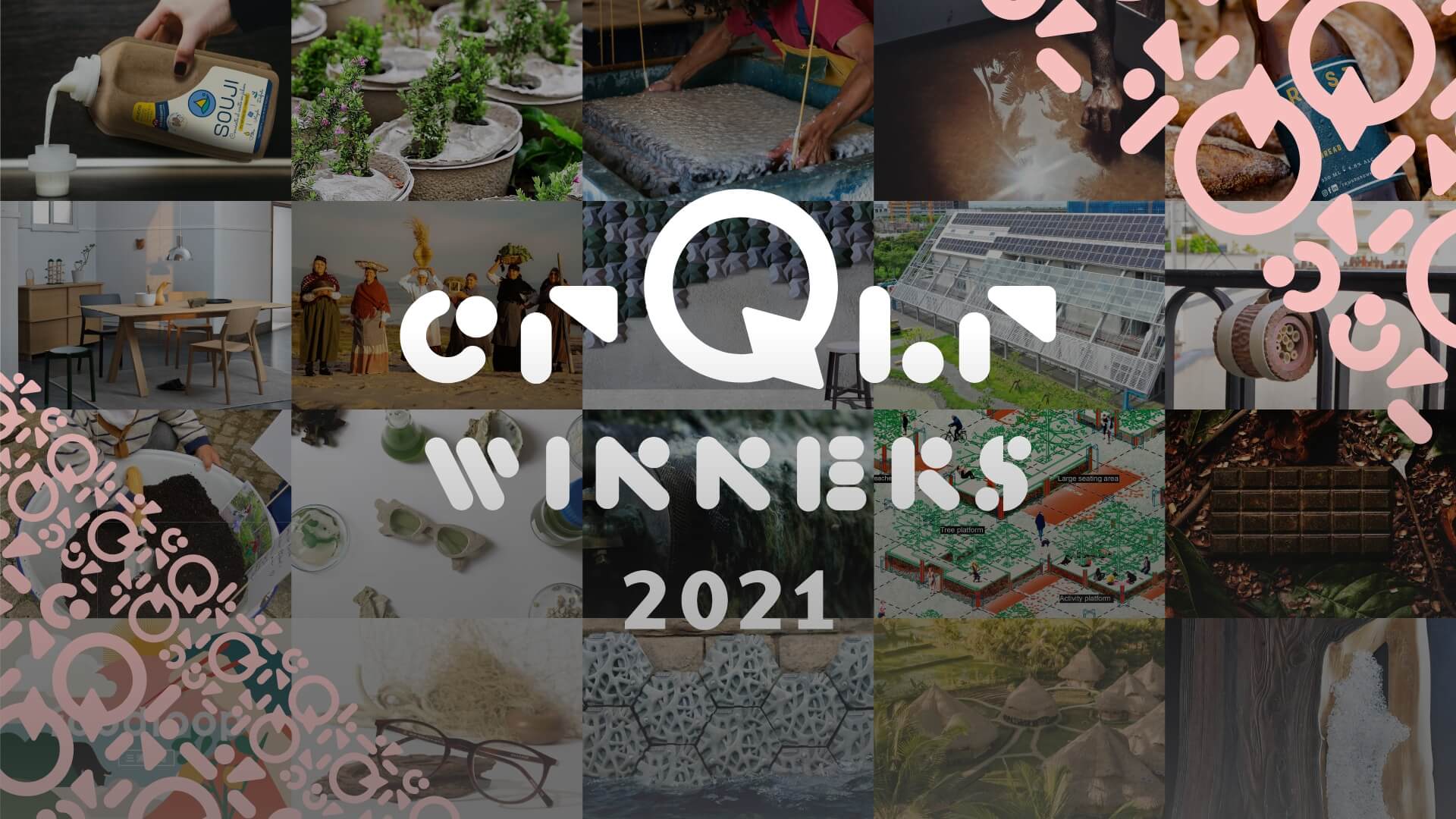
循環型経済をデザインするプロジェクトやアイデアを世界から募集するアワード「crQlr Awards (サーキュラー・アワード)」の受賞プロジェクト63点を発表しました。
本アワードでは、循環型経済をデザインするグローバル・アワードとして「名声ではなく、行動のためのアワード」「直線型ではなく循環型の評価を行う」「グローバル視点を獲得する機会」の3つを掲げ、循環型経済の実現を目指す⼤規模なプロジェクトから計画中のアイデアまで幅広く募集。約2ヶ月半の募集では、企業や団体、スタートアップ、デザイナーなど世界24カ国から204点のプロジェクトが集まりました。(応募期間:2021年8月4日〜10月22日)
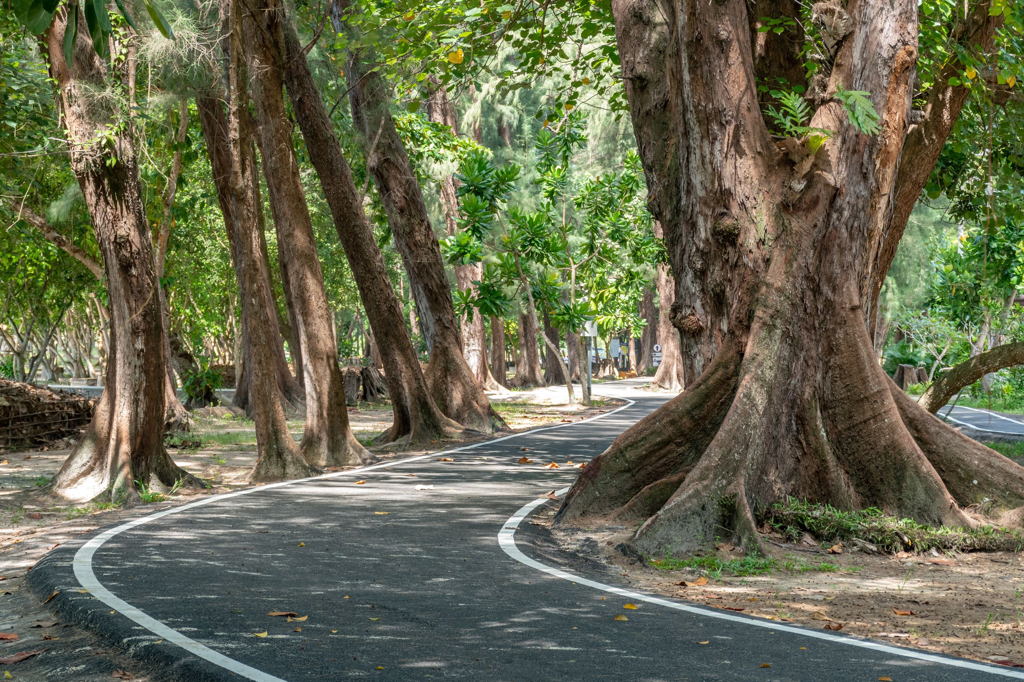
Upcycling plastic waste to pave roads
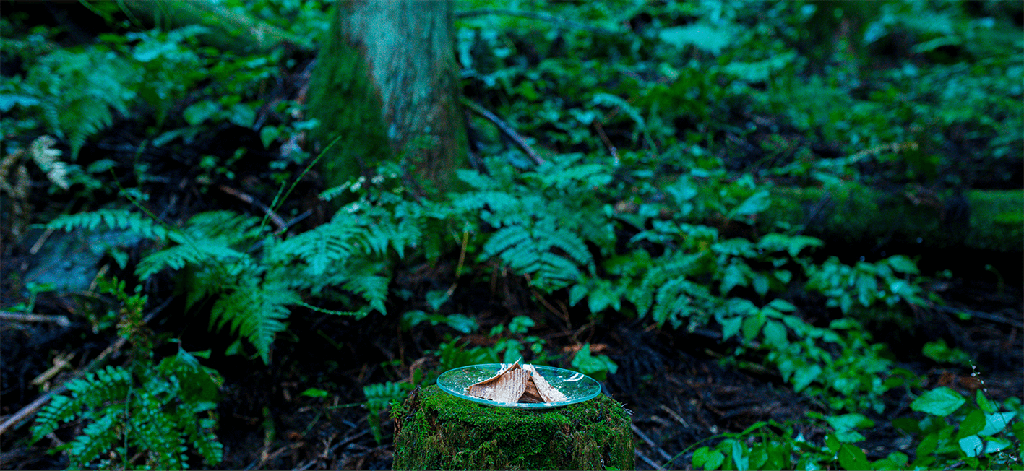

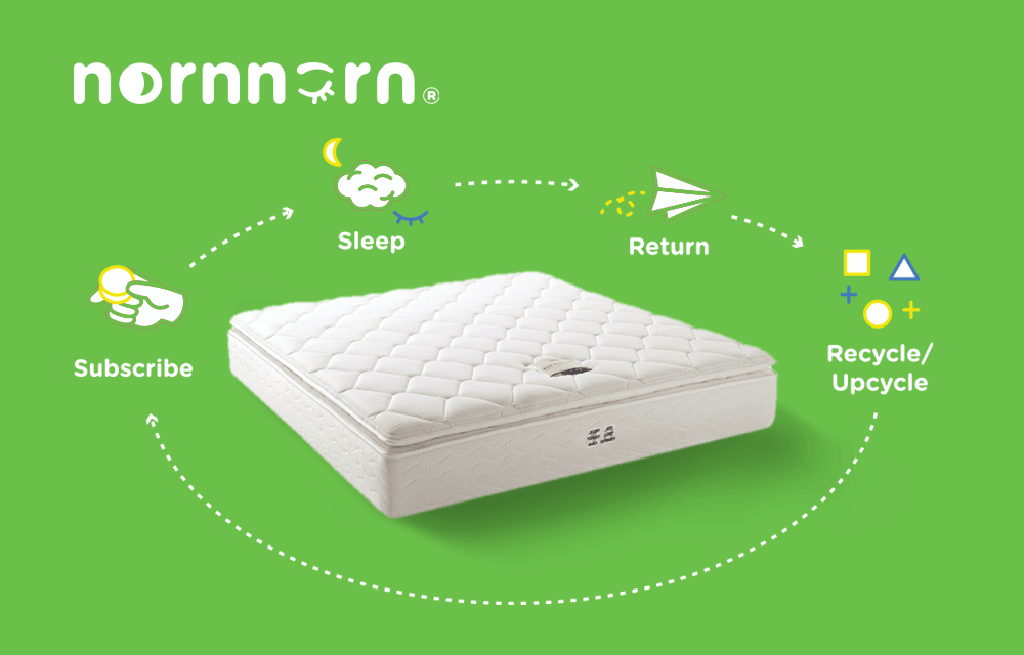
Circular economy-based mattress subscription platform
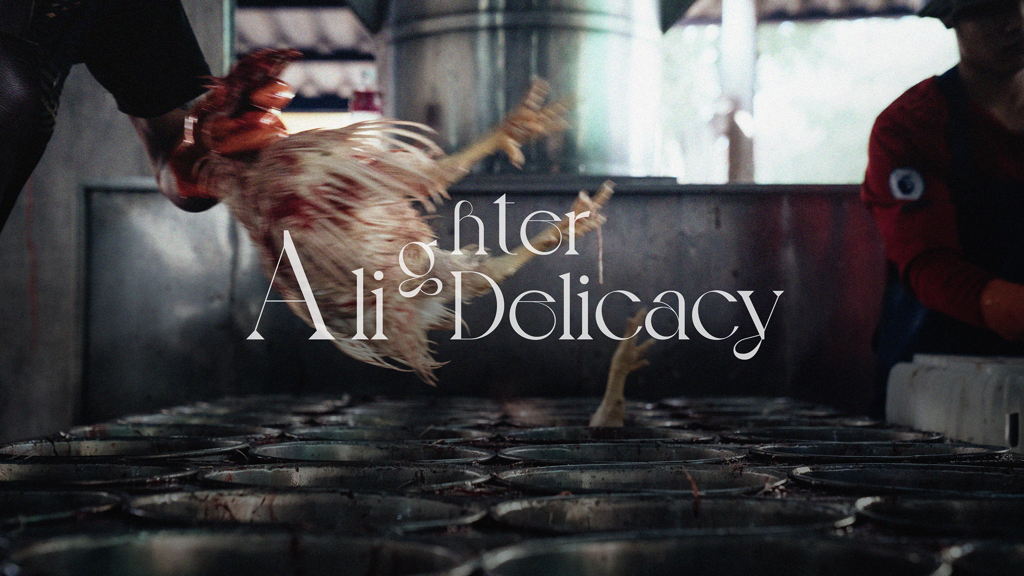


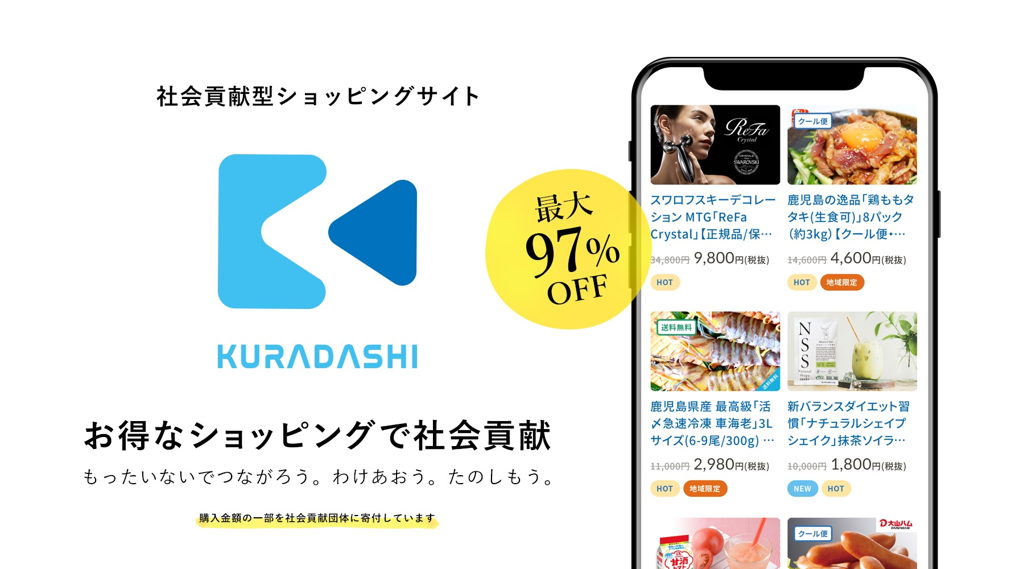
社会貢献型ショッピングサイト
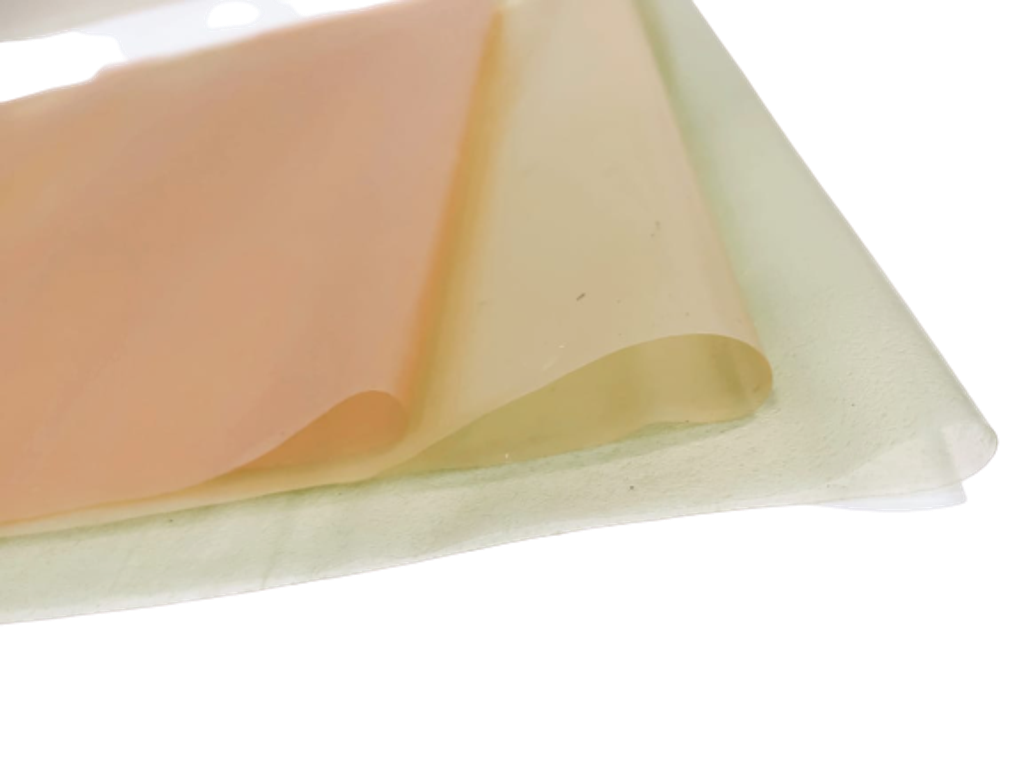
Seaweed-based biopackaging: sustainable, compostable, circular, and edible
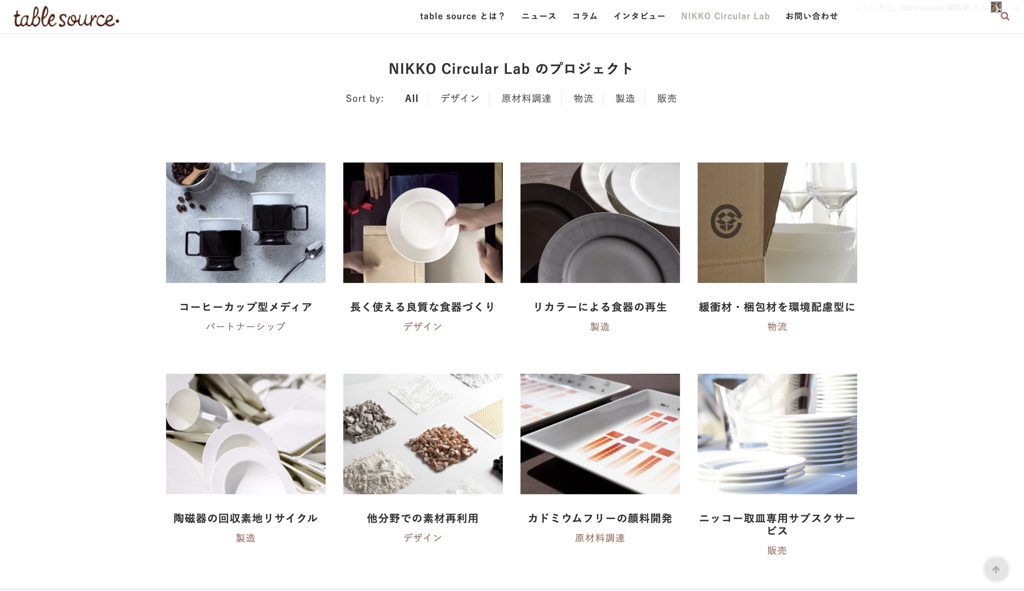
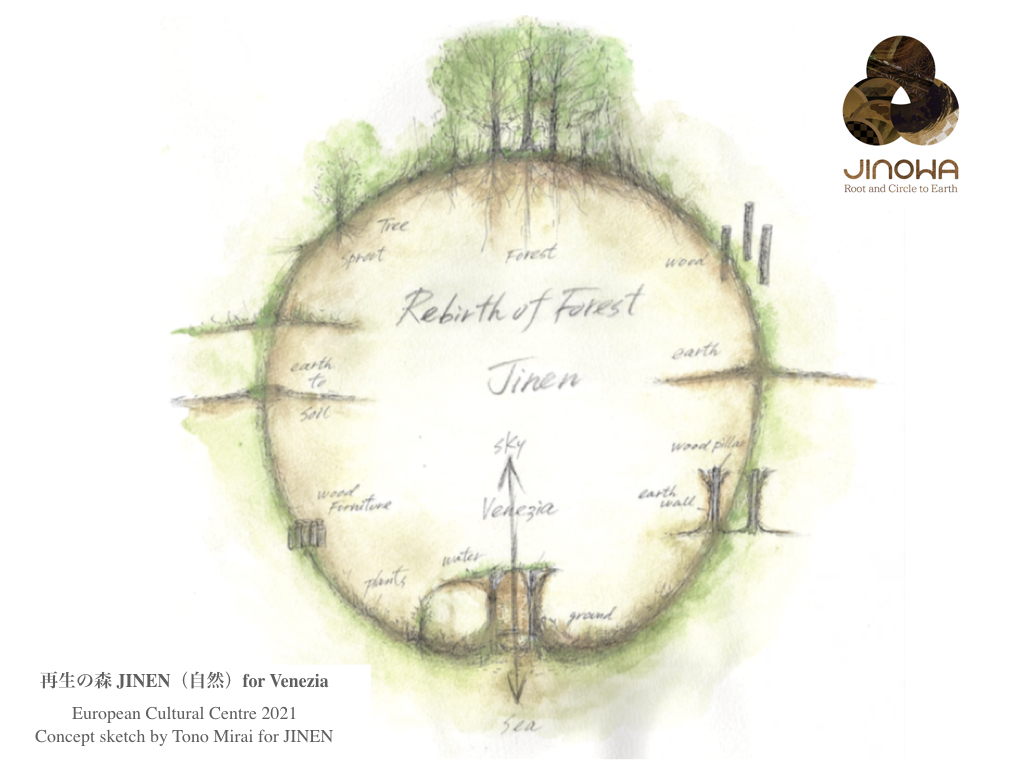
JINOWA国際コンソーシアムによる循環型建築プロジェクト ヴェネチアの土壌回復
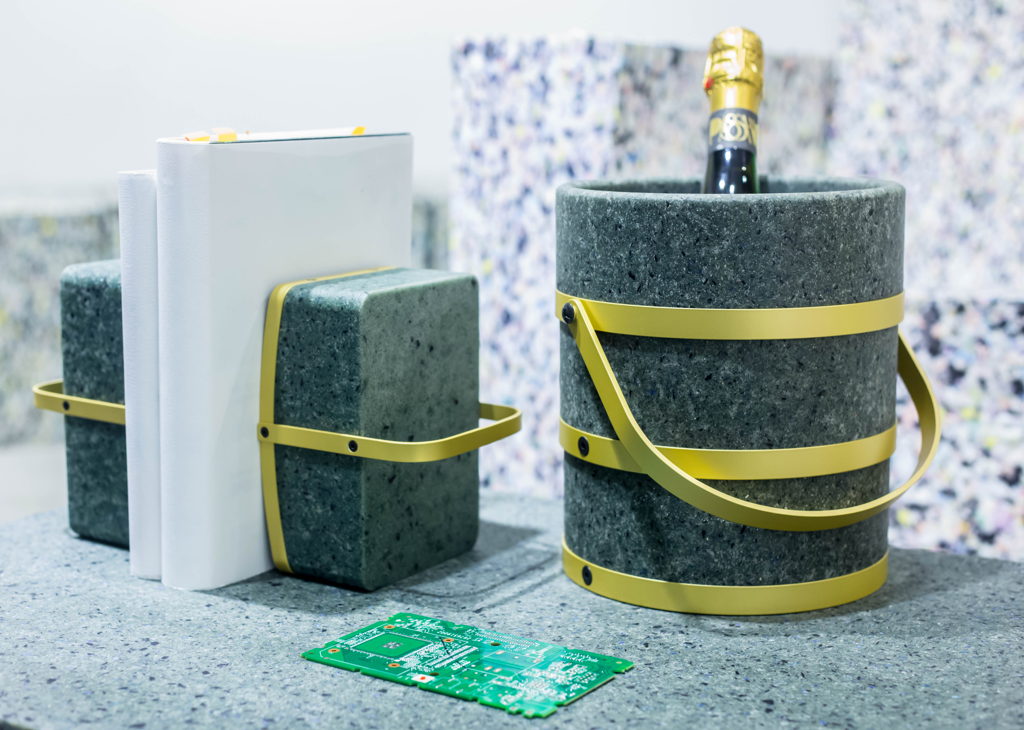
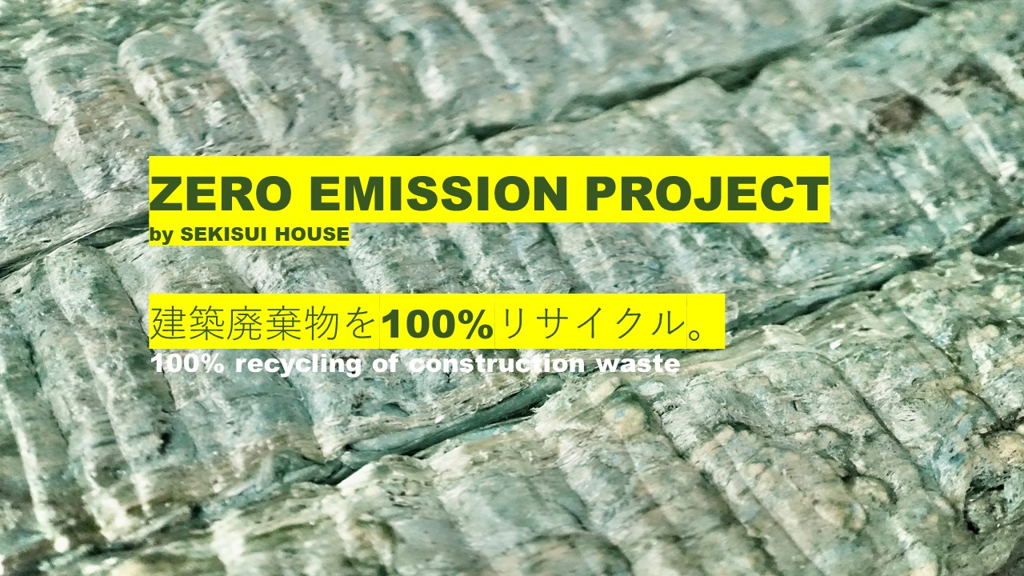
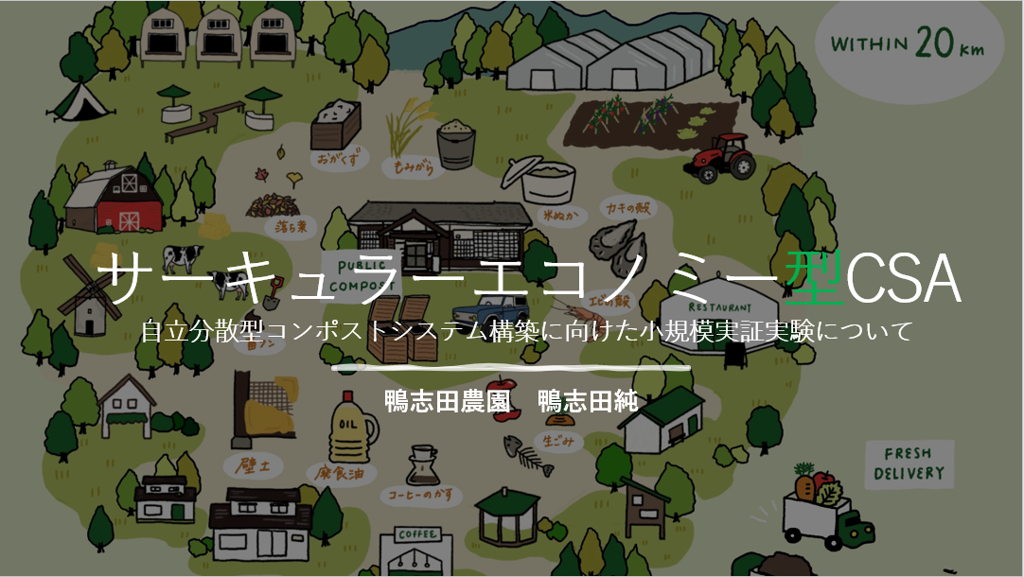
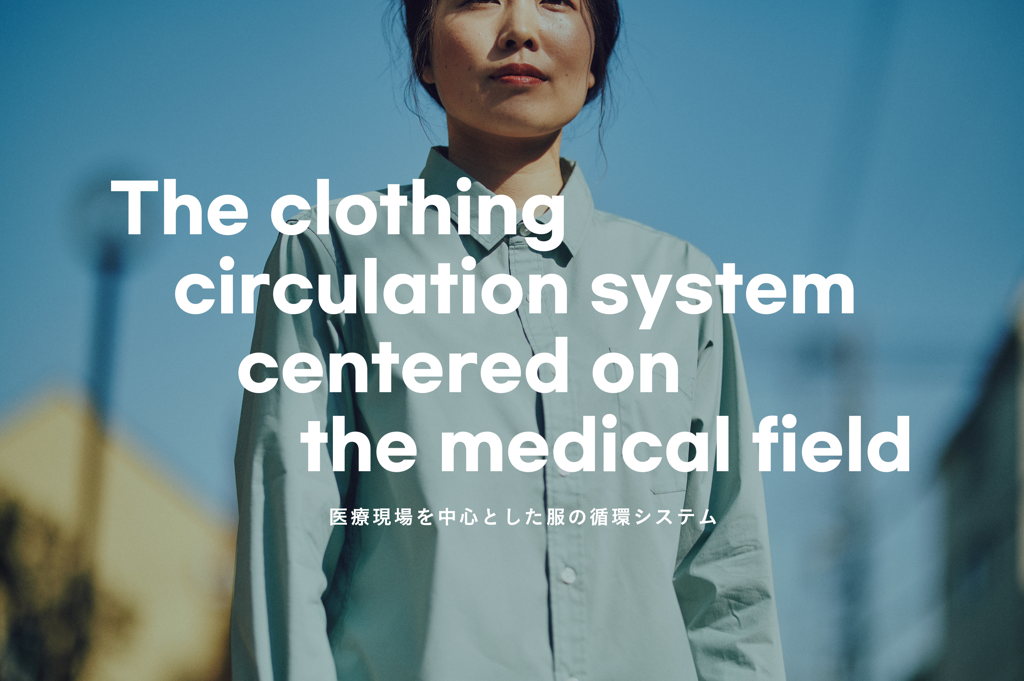
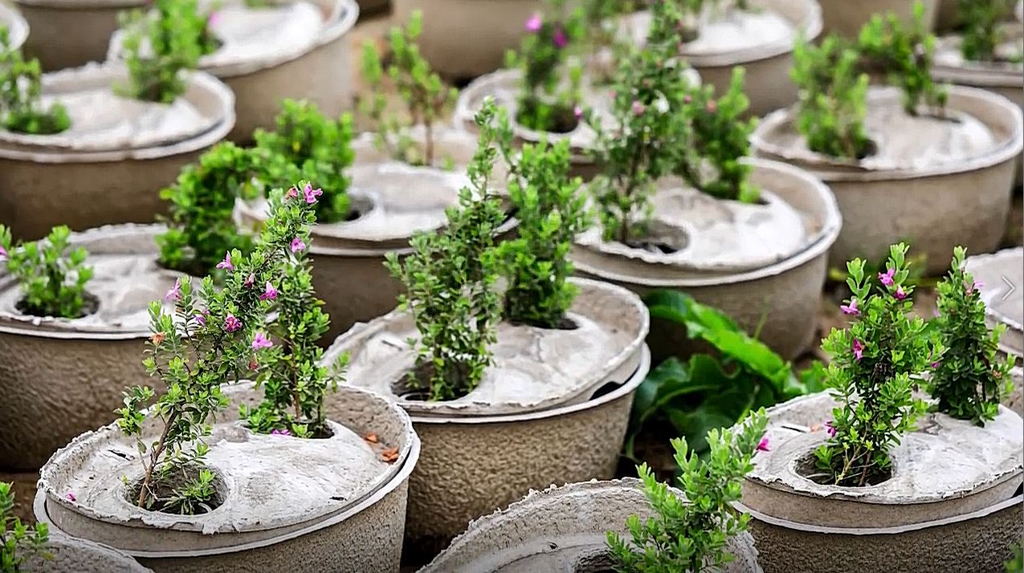
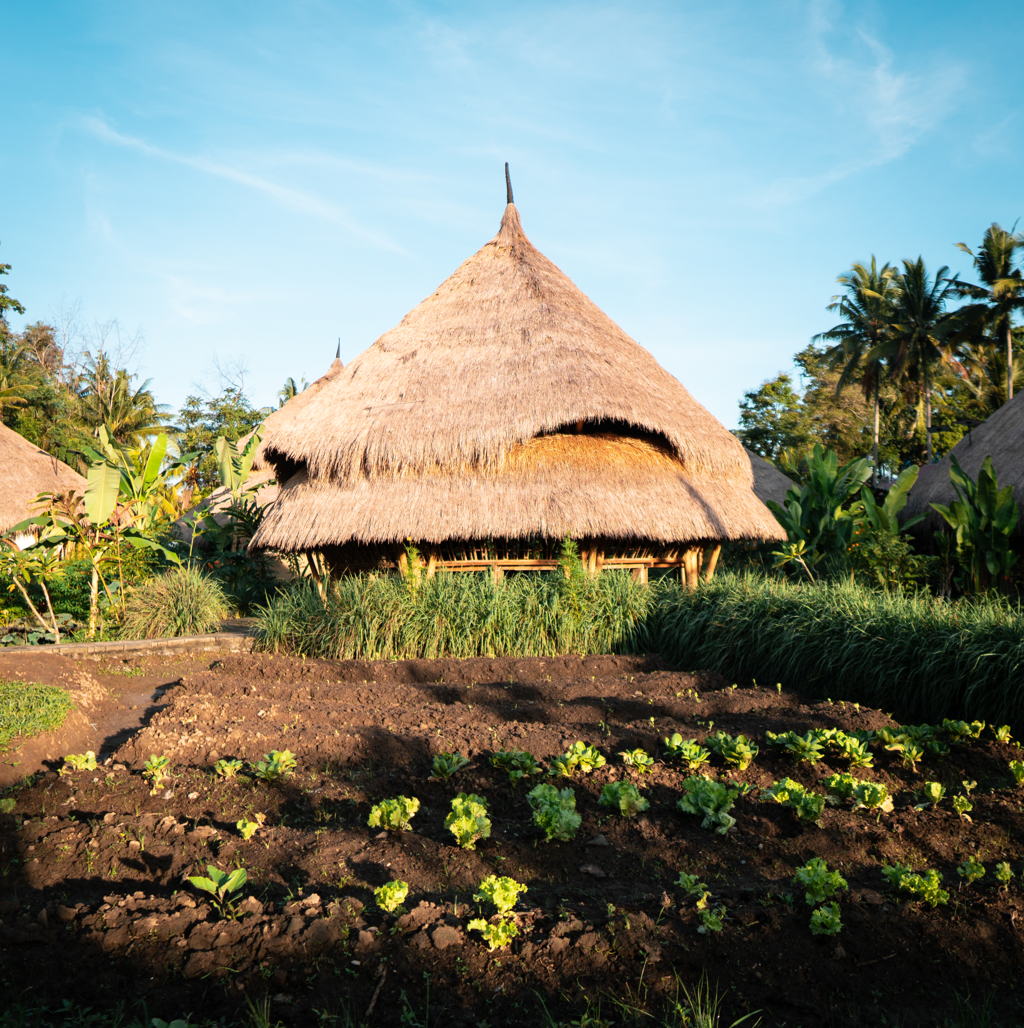
循環型の先へ。ソーシャルなサーキュラーデザインを形にしたMana Earthly Paradise
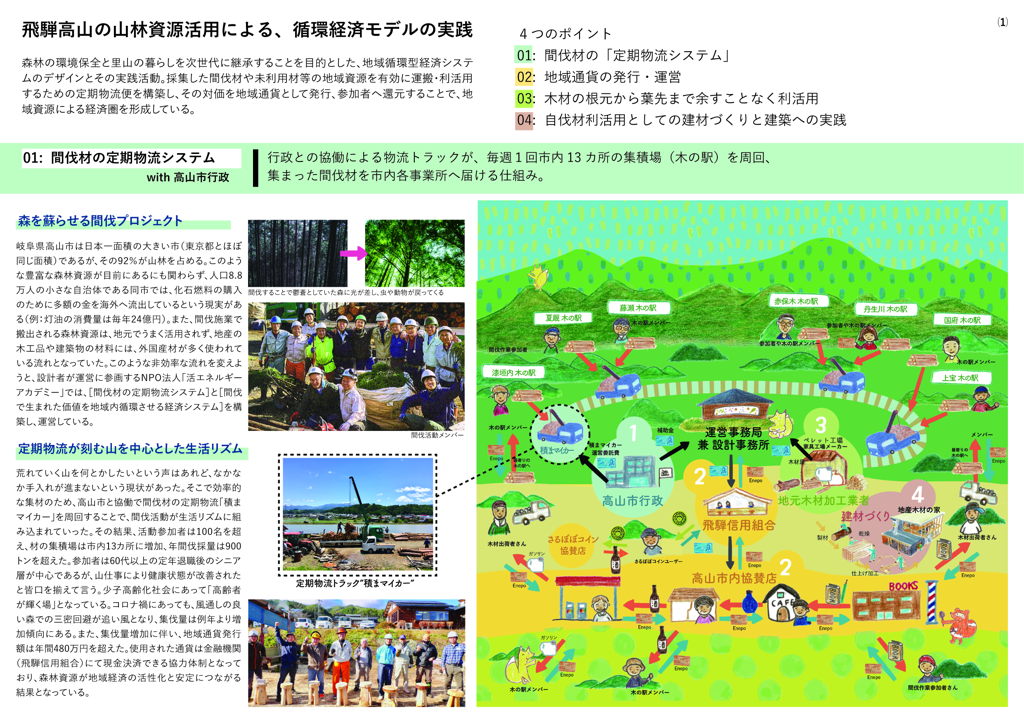

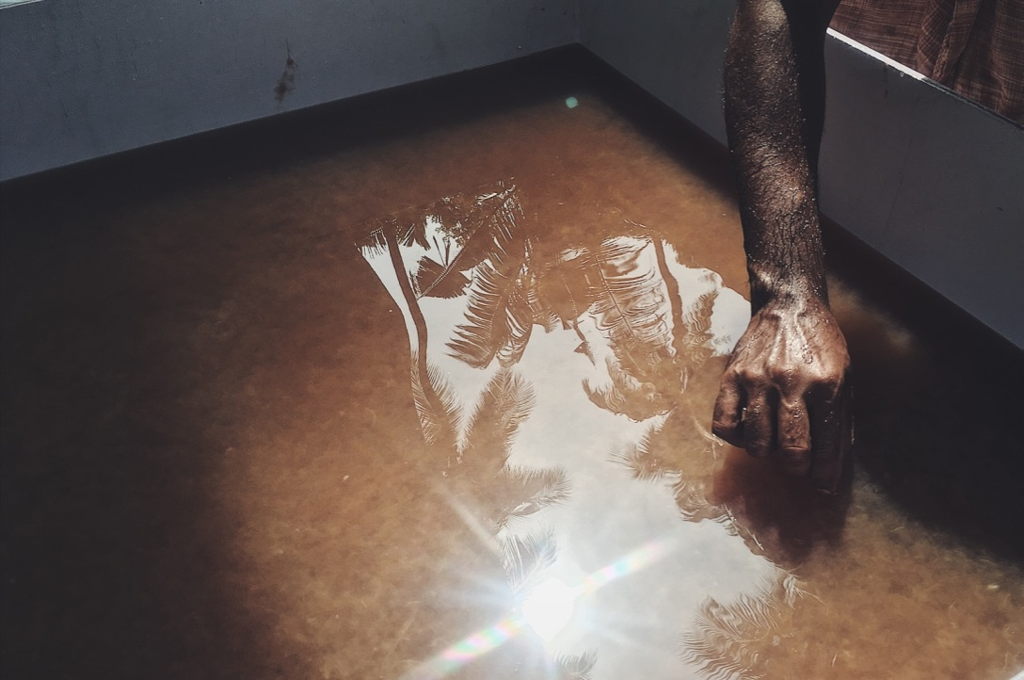
a novel plant based and home compostable alternative to animal leather
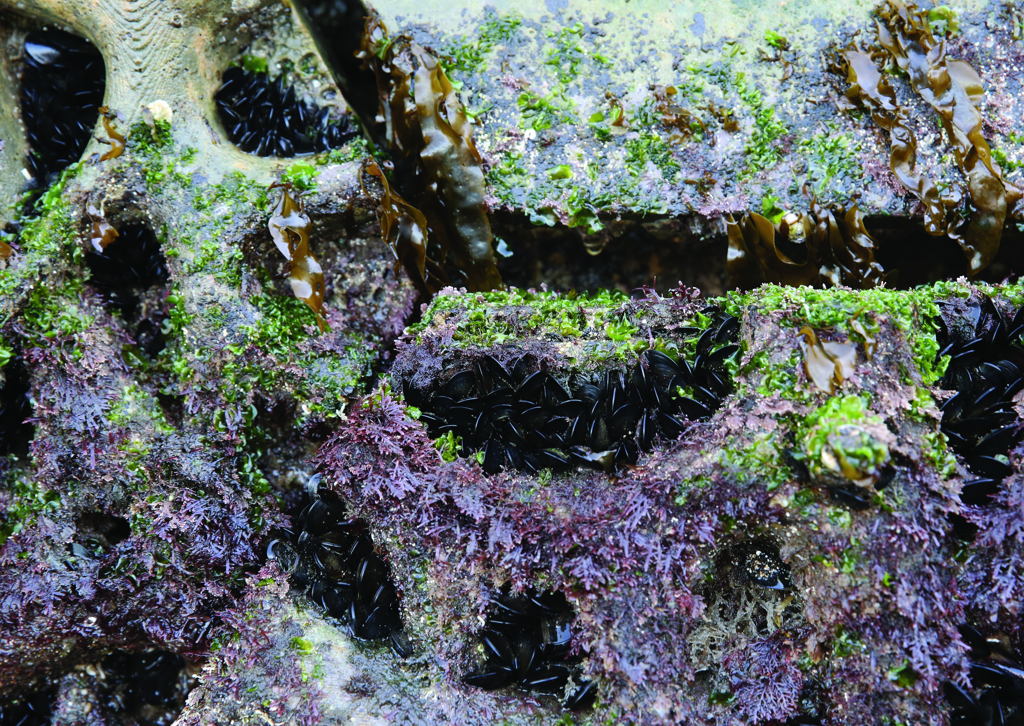
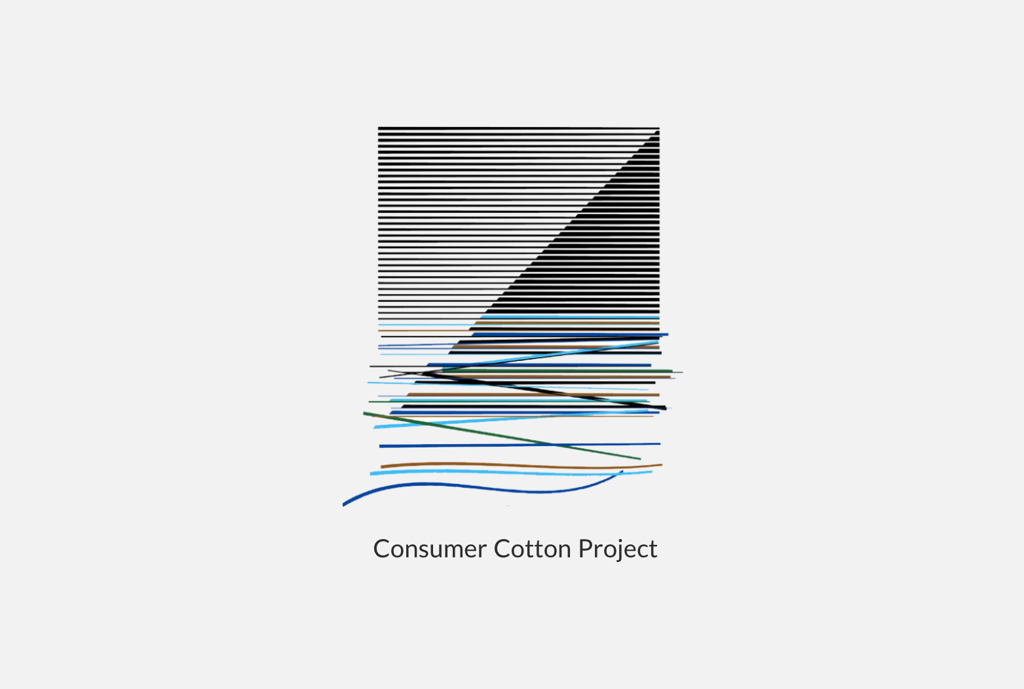
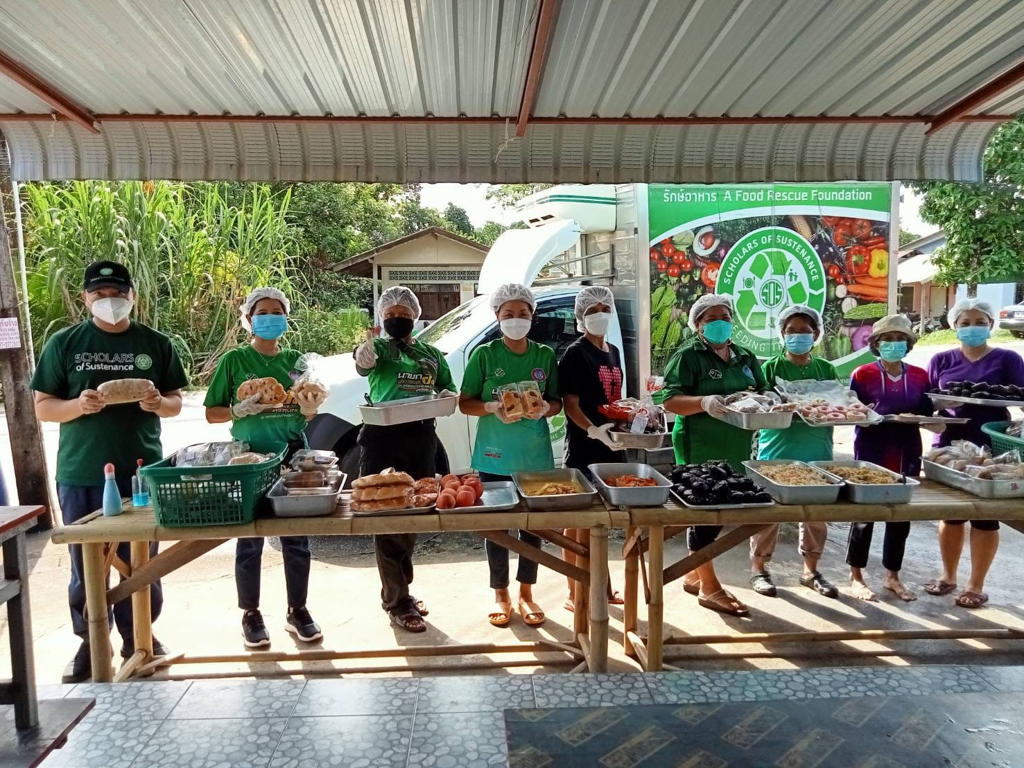
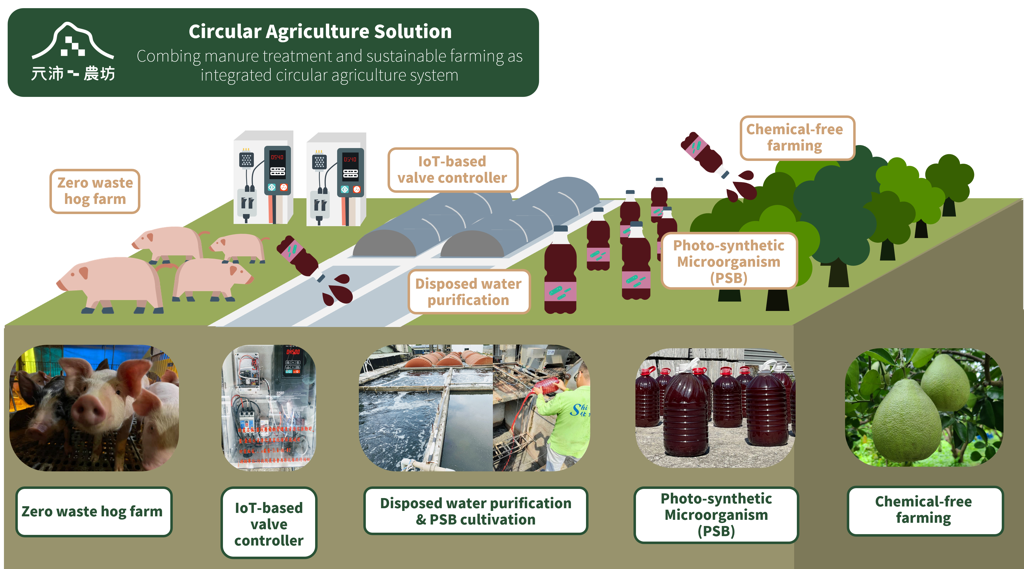


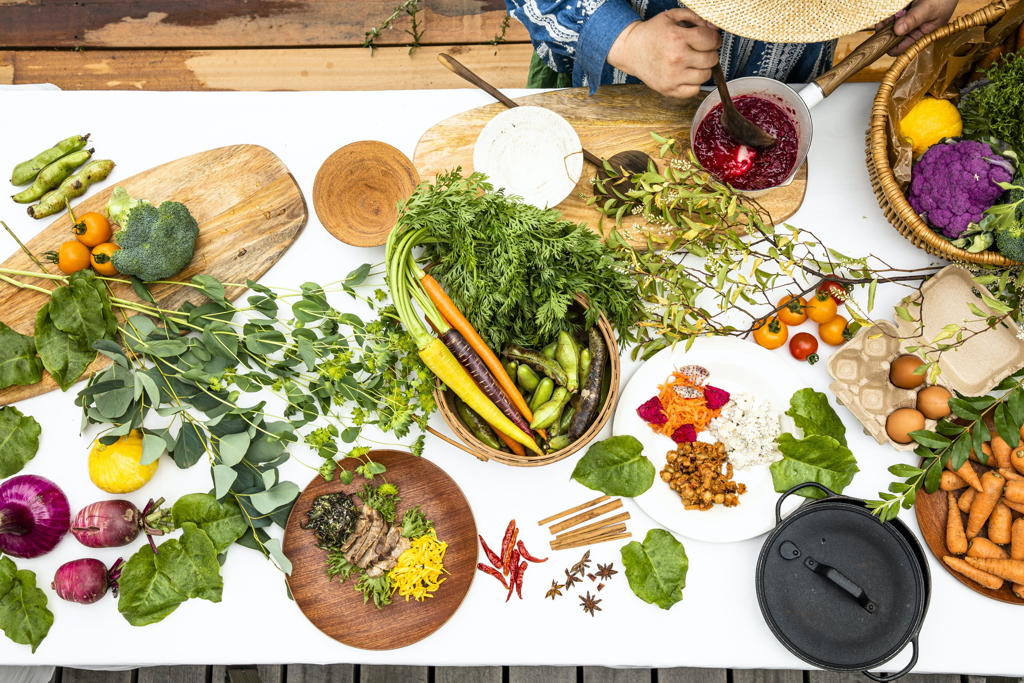
流行ではなく、循環をつくる。三浦半島発、食でつながるプラットフォーム
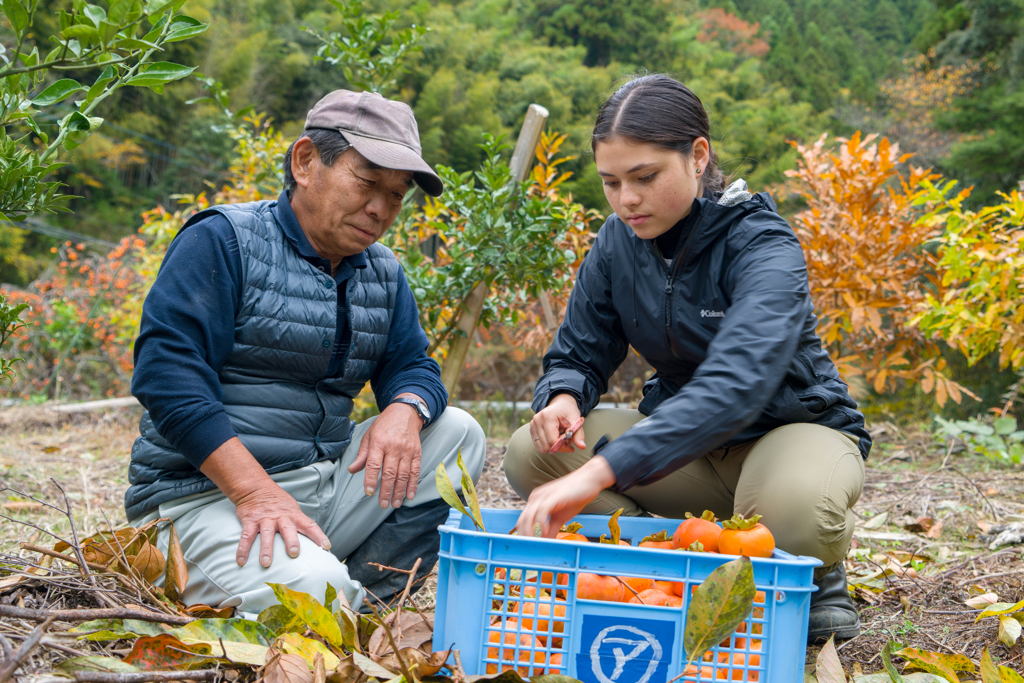
原点回帰のための変革の体験
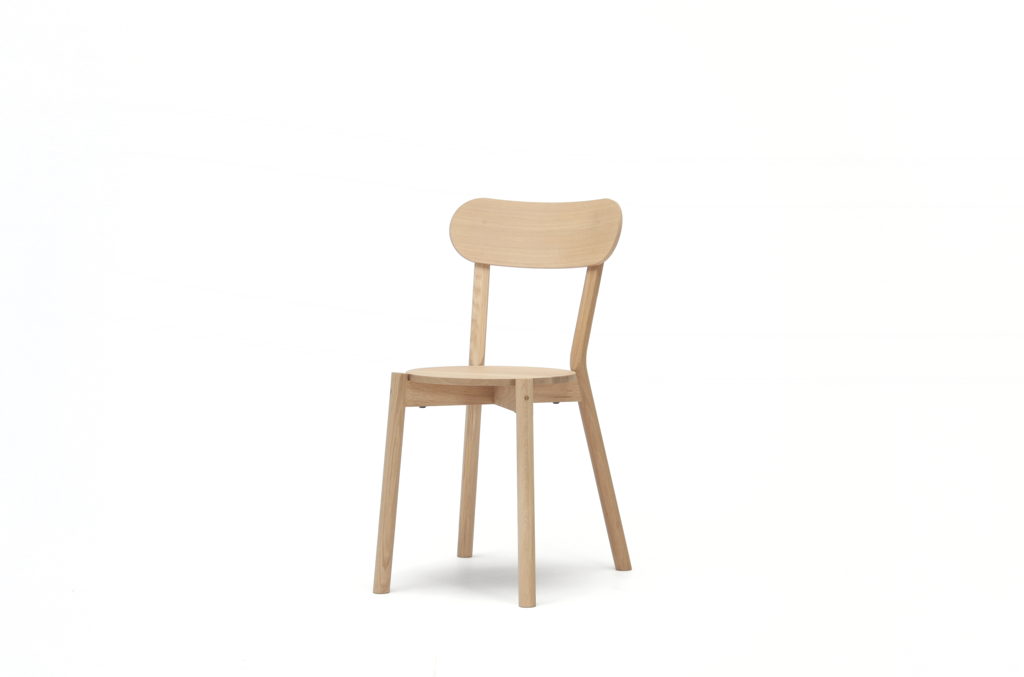

Producing cellulose white pigments as a sustainable alternative to titanium dioxide



100% recycled marine plastic
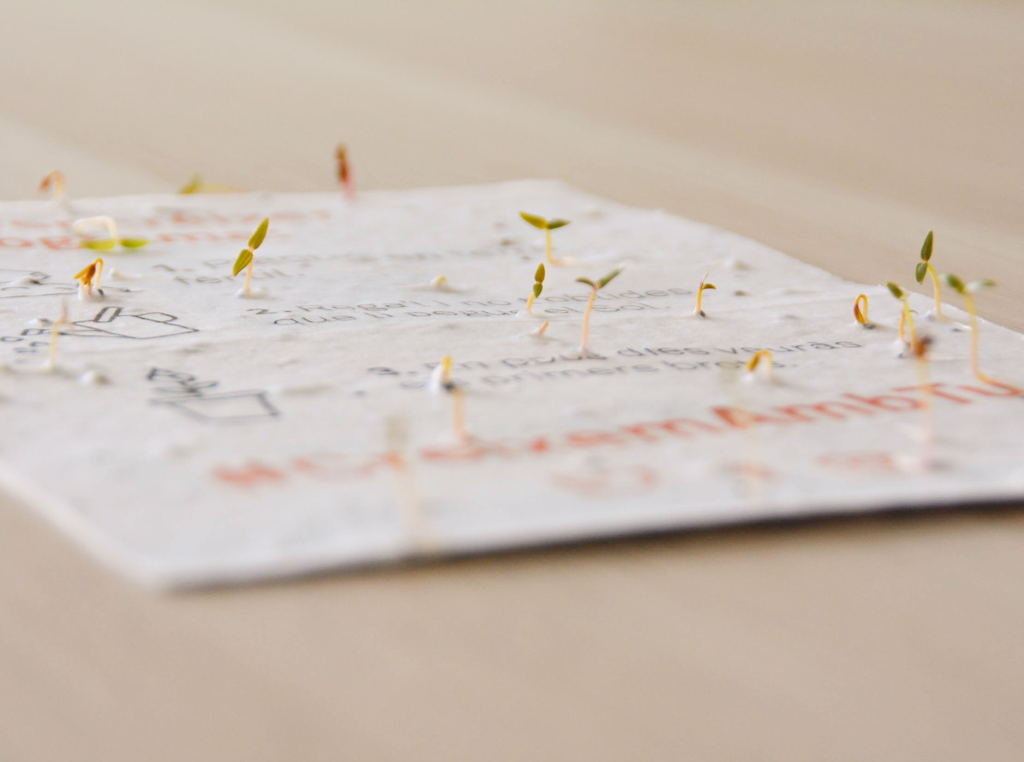

Reuse used oil, create your own ecological detergent, in just 1 minute
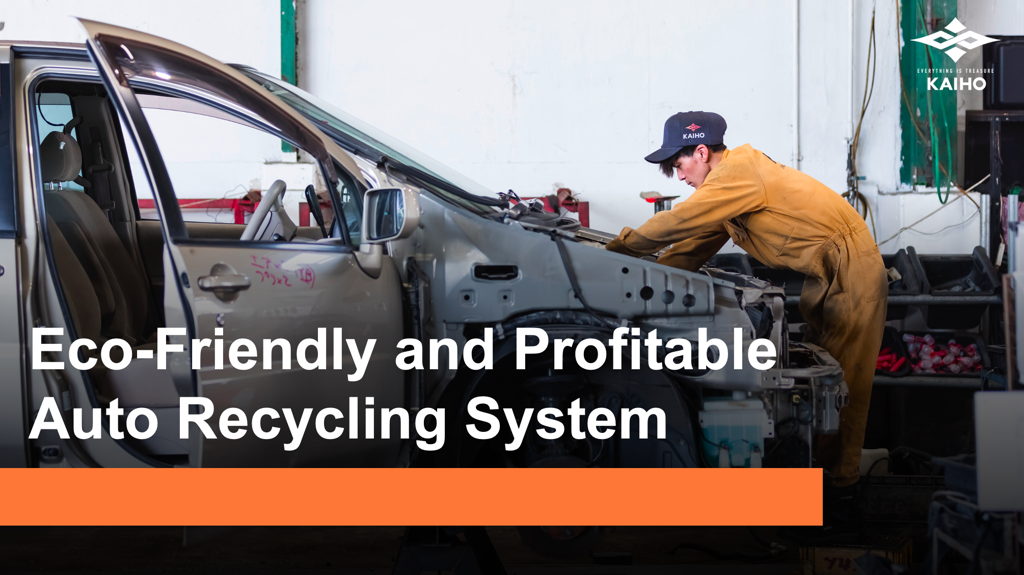
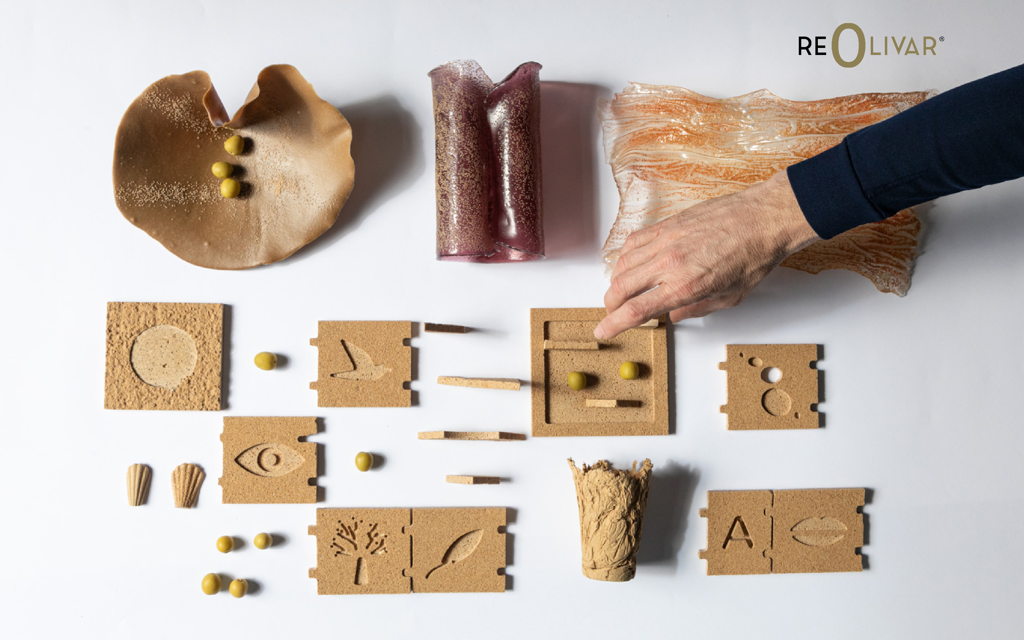
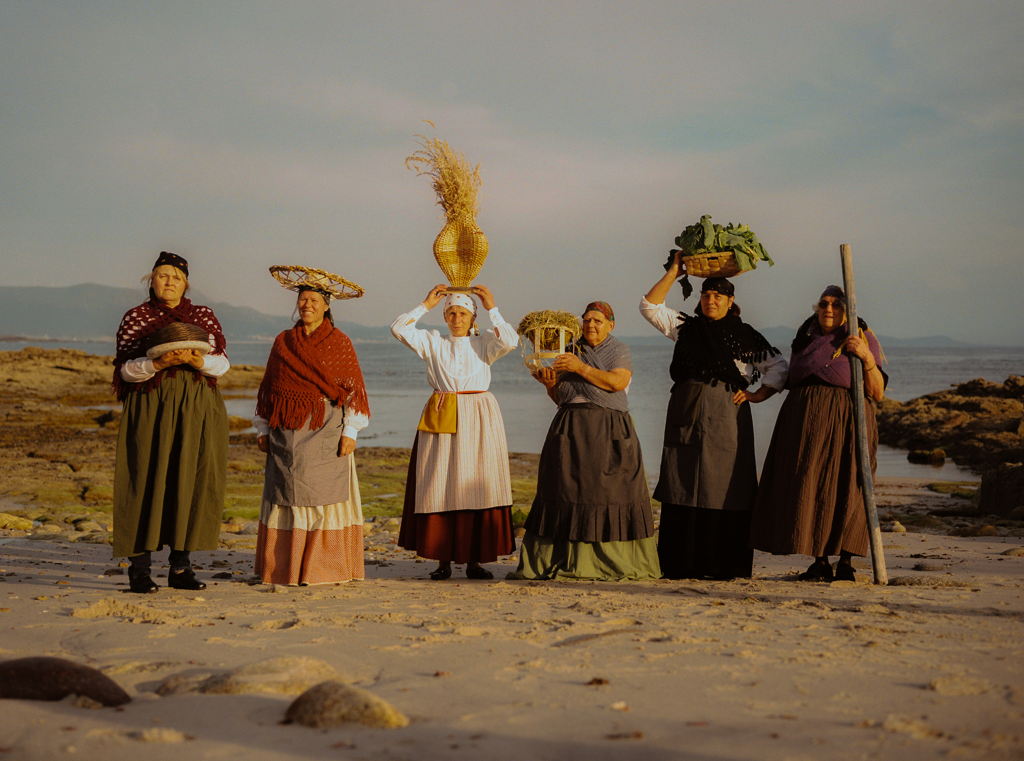
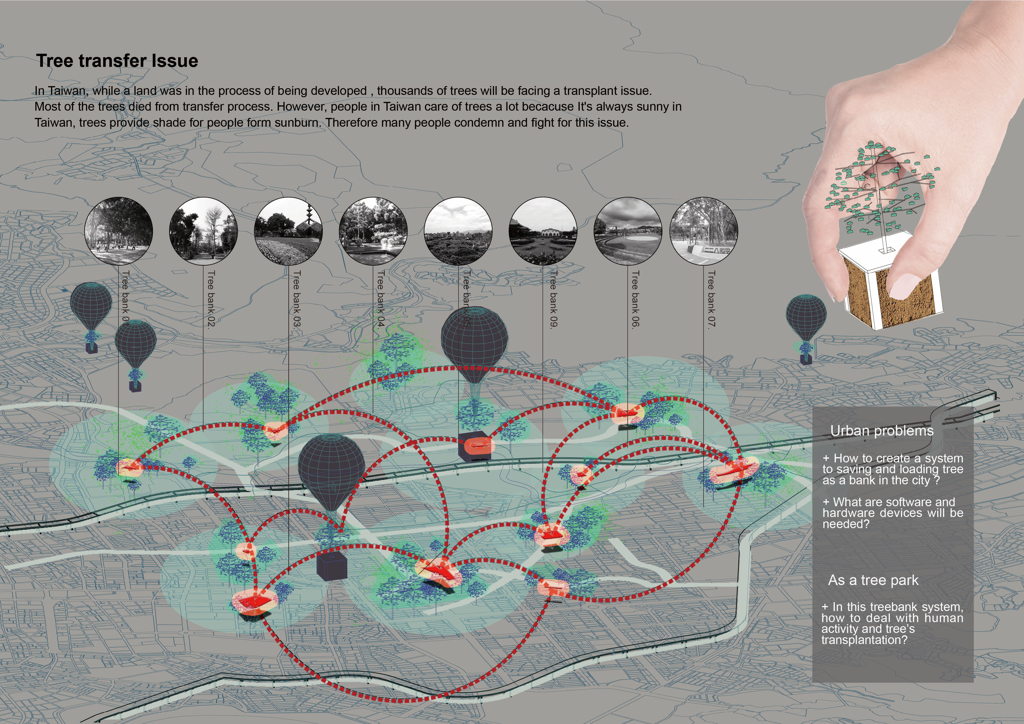
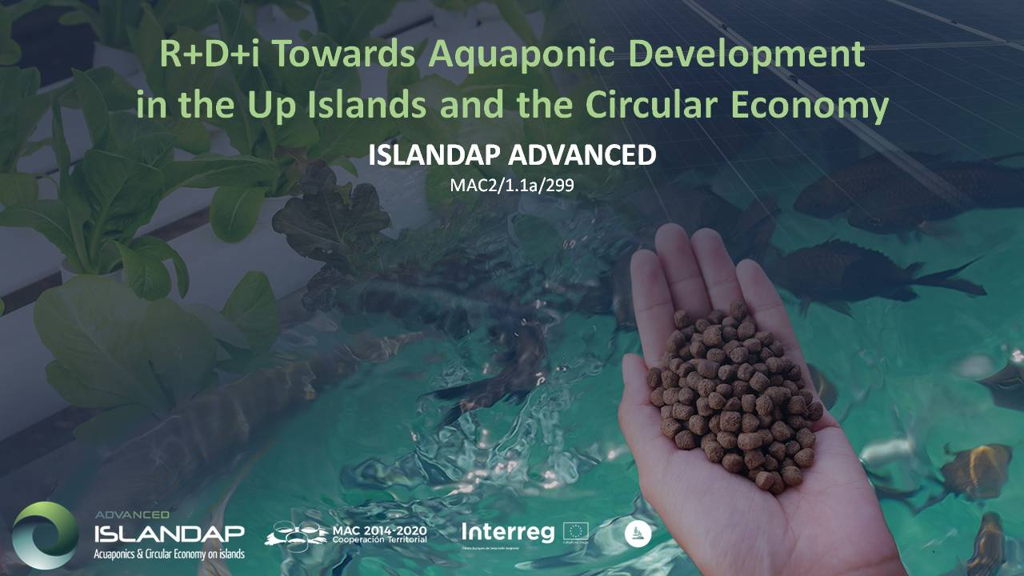

100%リサイクル可能かつ有害PFCを含まないアウトドア・スポーツウェア用機能テキスタイル
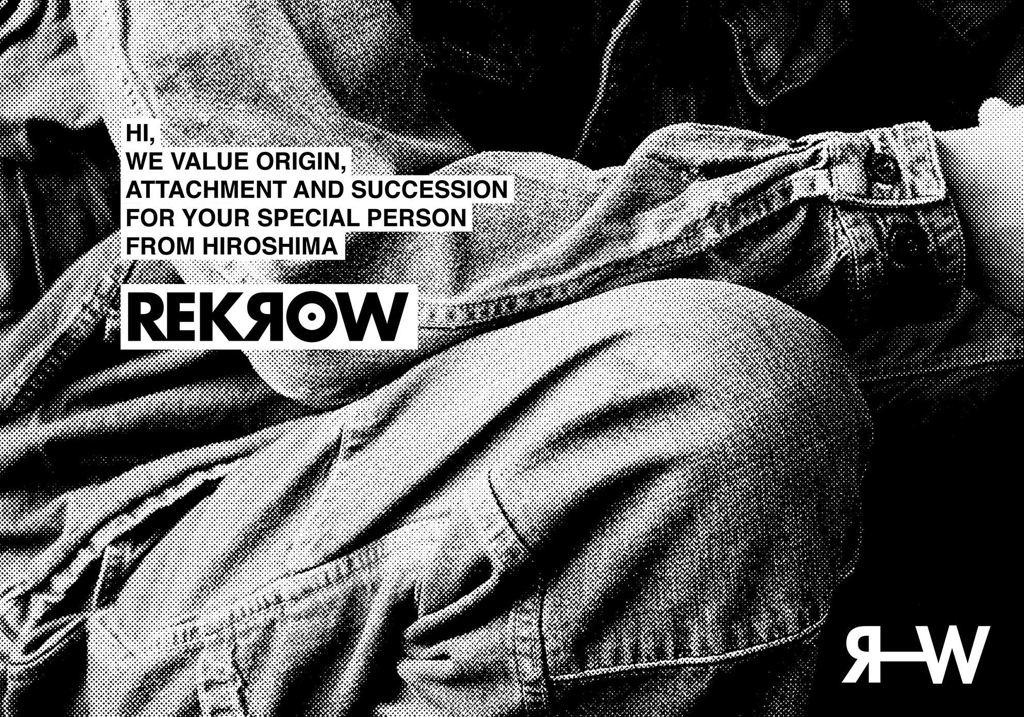
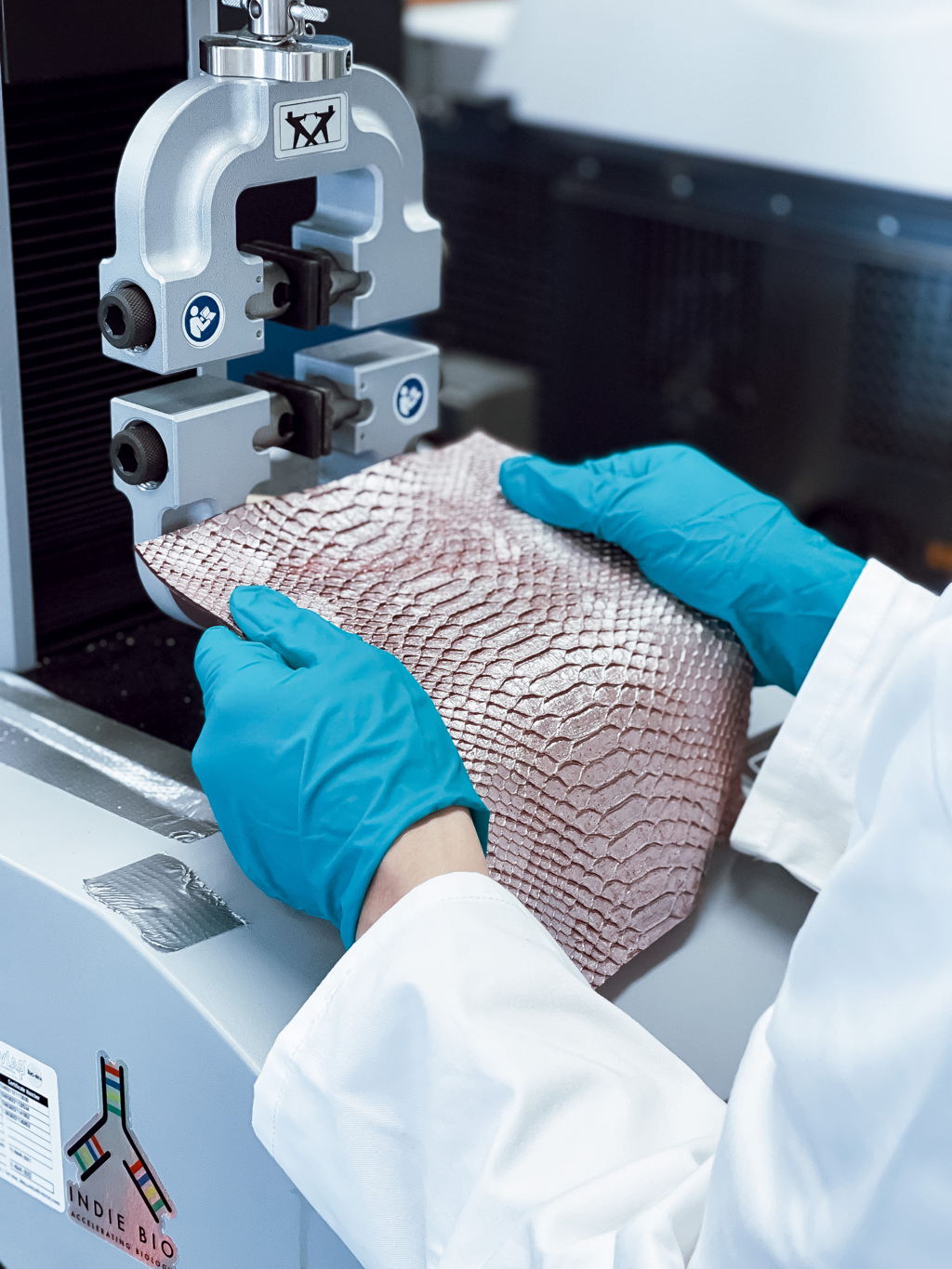
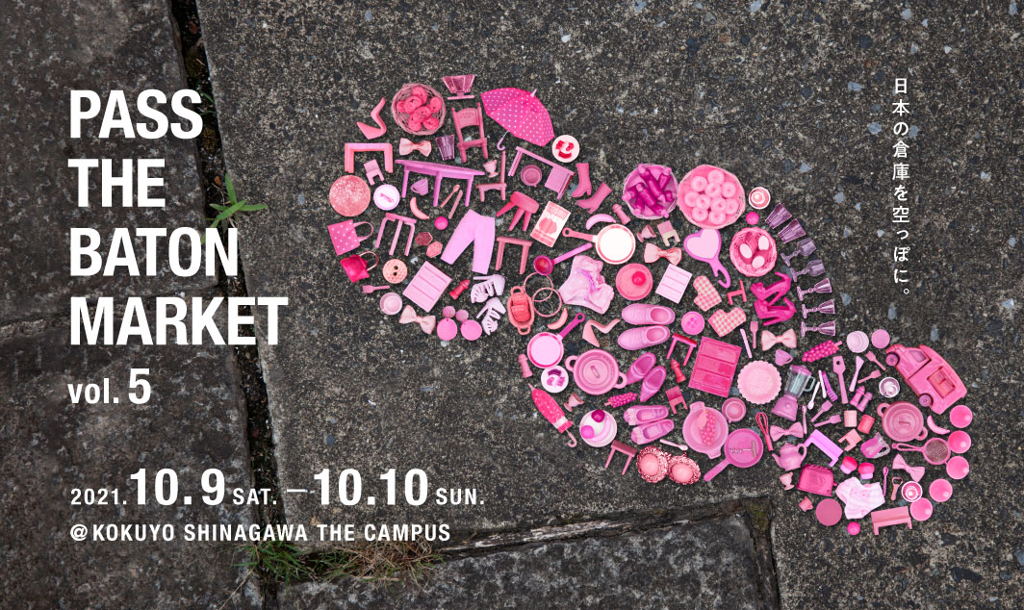
新たな循環を生み出すため、まずは日本の倉庫を空っぽに。 企業の規格外品やデッドストック品の蚤の市
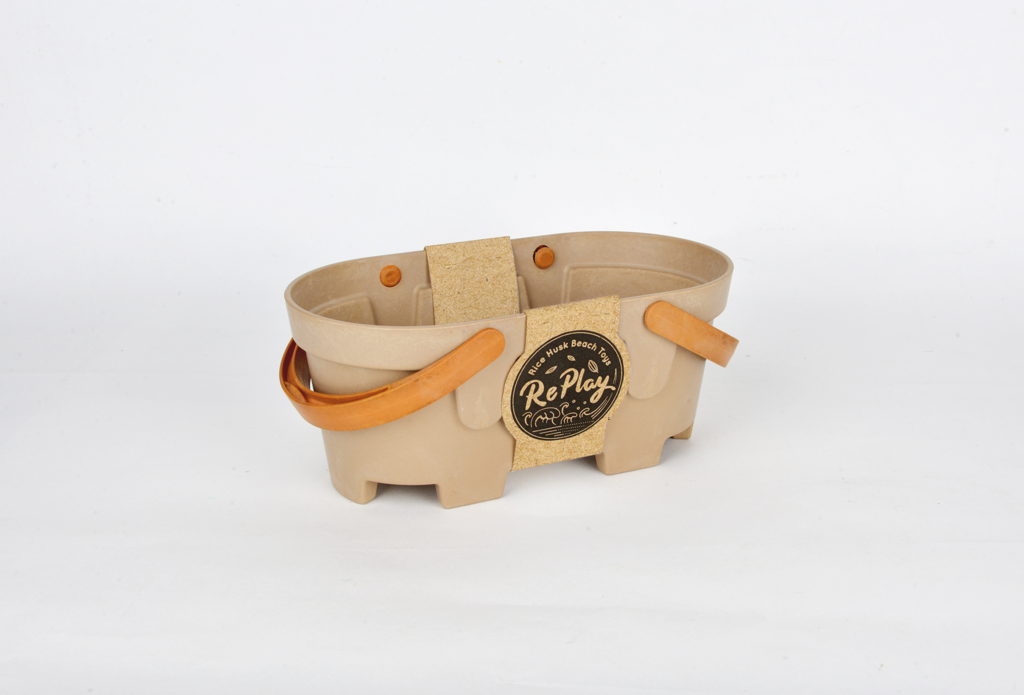
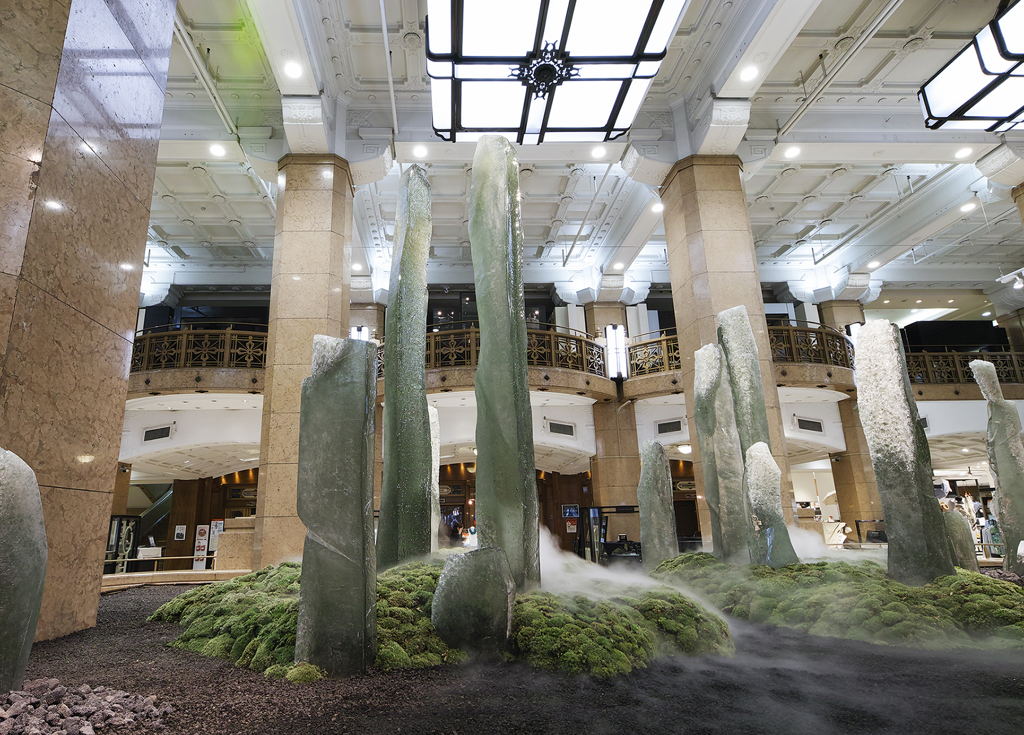
〜 年間80万トンの産廃を資源に変えよう
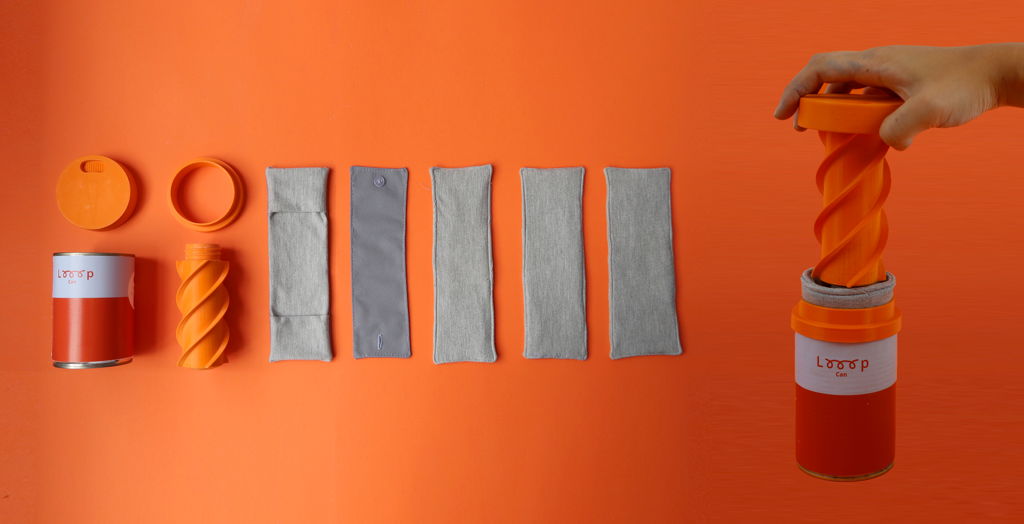
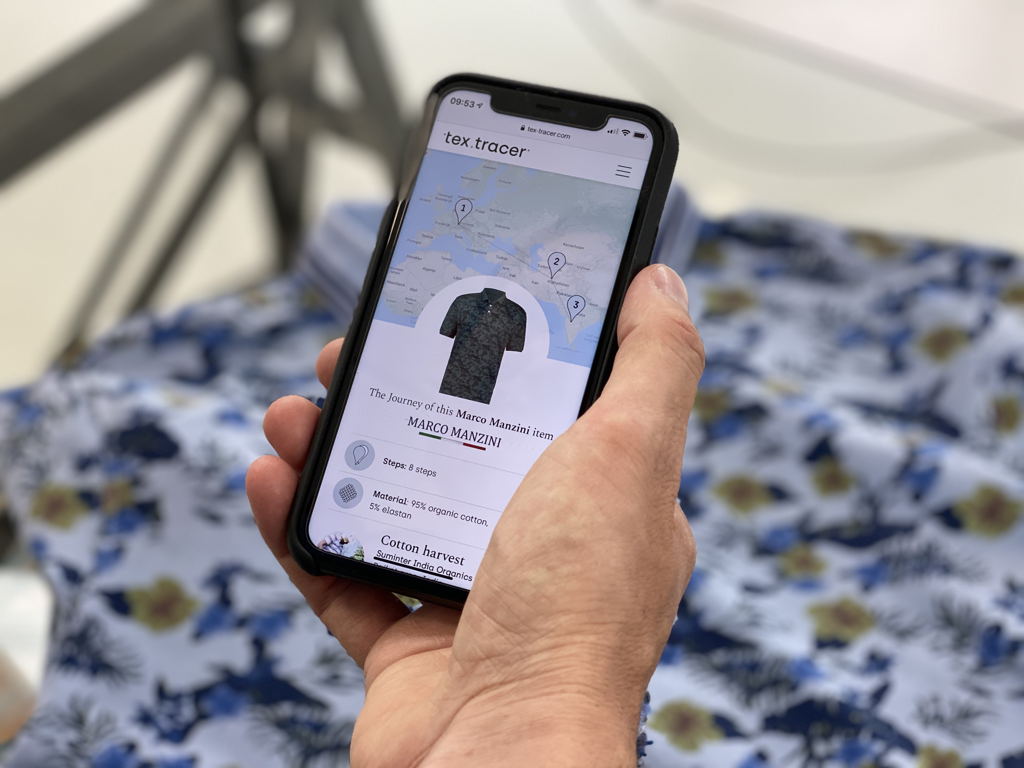
Tracing garments through supply chains

Romoting the charcoal recycling of branches and vines in Taiwan
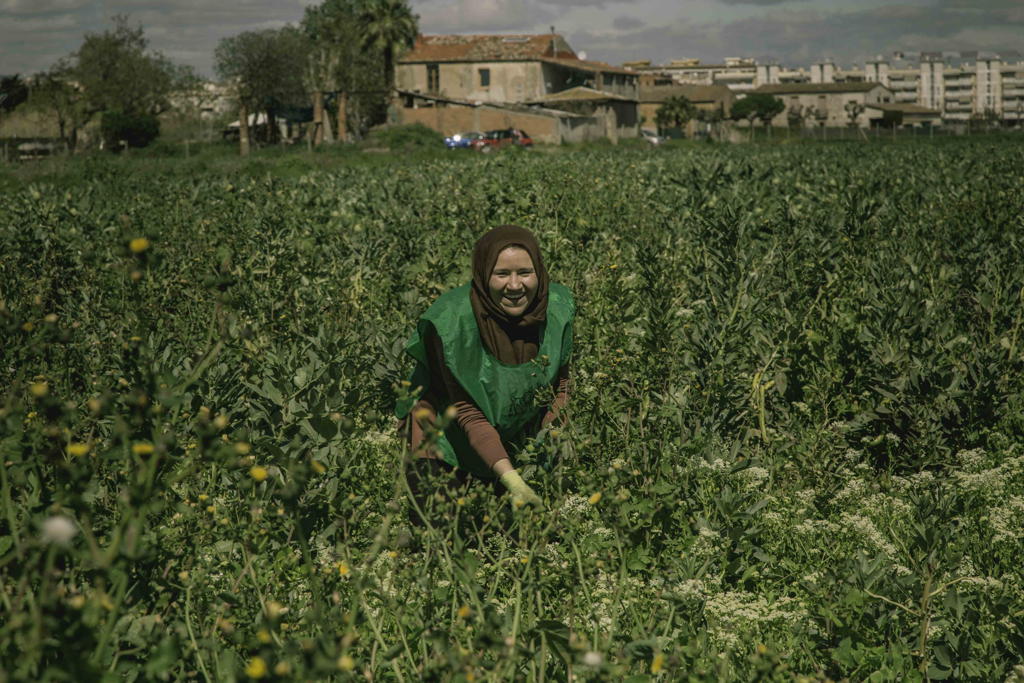
Fighting for a world without food waste


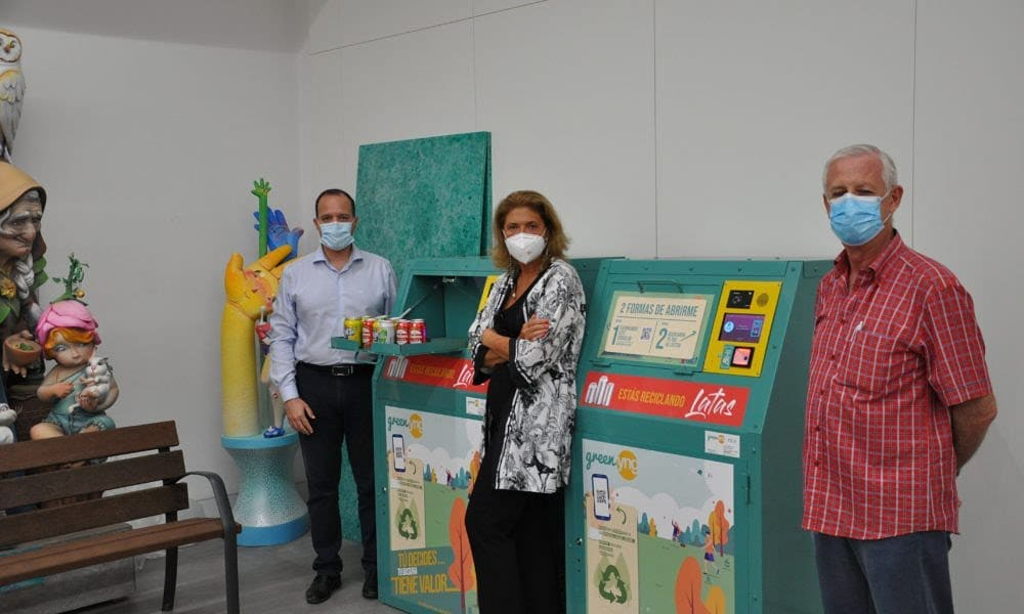


Upcycling plastic waste to pave roads
ASIA GREENROAD COMPANY LIMITED
Green Road is a volunteer group in Thailand founded by Assistant Professor Dr.Wechsawan Lakas (Dr. Pow Green Road). The objectives of the group are as follows.
1) To campaign for the public to reduce single-used plastic;
2) To campaign for the public to classify plastic waste for further optimal use; and
3) To ask for plastic waste donation from the public in order to produce upcycled products, such as, recycled plastic floor blocks, roads, desks, benches or footpath for the disabled; and donate them to schools, temples, public parks, and public spaces.
It starts from launching campaigns for residents in a target area to classify plastic waste and then mail it via mass transport to the Green Road Project or other affiliated projects on upcycling plastic waste for public benefits (view the accompanying video). There are various upcycling methods, for instance, melting plastic waste with other materials or using plastic waste as a component or recycled materials. These depend on the types and quantity of donated plastic waste. Upcycled products are then donated to public institutions or spaces. For instance, plastic floor blocks are used to construct a road for schools, temples, or a footpath for the disabled. Recycled desks or benches are given to public parks for people to sit and relax. Upcycled shoes or clothing can be given to children in poor remote areas. The volunteer group hopes to reduce the quantity of plastic waste in the country, as well as to raise people’s quality of life with a sustainable and environmentally friendly lifestyle.
The project is an awesome opportunity to reuse plastics as well as to clean the sea. It covers a need to transform petroleum-derived waste into raw material to serve the community in improvements of public space. The proposal has a lot of advantages regarding the products, but also considering the educational part that looks for awareness. To enrich the project, I would like to make some questions thinking about all the stages of circular economy: Have you studied how the “plastic asphalt” develops over time? How long does it last? and what happens when it breaks after time? How can it be discarded? Have you studied the impact this big waste could have in the environment?
Balancing Prize
Ana Laura Cantera
A very inspiring project. Simple story, concrete applications and existing implementation with clear business opportunities (unless the cost is prohibitive). How does the cost of Green Road compares to traditional Asphalt? It seems however that sourcing discarding plastics in high quantity with the current method could be difficult. If so, it could be worth to develop and integrate a more systemic collection model of discarded plastics (maybe looking at the Banyan Nation model to enable and strucutre informal collection practices). I wonder also if it would be feasible to look into bio-binder from vegetable oil, or other nonpetroleum-based asphalt binders such as sugar, or rice starches? Some studies have been conducted for producing starch out of fruit waste for example (inc. mango). Meaning that the circular potential of the project might be pushed even further....
Circular Beacon Award
Guillaume Charny-Brunet
First of all, well done for being a very responsible citizen who decided to take matters into his hands and decided to do something about it? A great mindset indeed. We have much recyclable waste around us. And producing upcycled products from such plastic waste is indeed very much needed by our planet. The challenges I see with your solution is that is based on volunteerism. It’s not bad, but it affects the long-term sustainability of the solution. I’m also wondering whether you have a team as part of this solution. I say this because in the video you said, “People sent it (the waste) to me.” That indicates this is an individual effort and in a small scale. Think of expanding your team and building partnerships.
WeGreenify Prize
Mohamed Muse Hassan
Green road offer an opportunity to absorb discarded plastic into country infrastructure and pave the better life of the country citizen.
INFRASTRUCTURE IMPACT Prize
Kalaya Kovidvisith

株式会社LIFULL
地球料理 -Earth Cuisine-
それは、食べることが地球のためになる
地球の新たな食材を見つけるプロジェクトです。
社会問題や、環境問題を引き起こす素材に、
「食べる」という新たな可能性が見つかれば、
未来は、大きく変わるかもしれません。
持続可能な社会を叶えるために、
LIFEを見つめなおす、一皿を。
人口増加と気候変動に伴う世界食糧危機が懸念される中、これまで目を向けてこなかった可食資源への注目が集まっております。また、サーキュラーエコノミーにおいては「発想の転換」や一般大衆を惹きつける「デザイン性」、遊び心ある「プレイフル」なマインドが大切にされる中、「地球料理 -Earth Cuisine-」はこうした要素を包括した独創的で完成度の高いプロジェクトに映りました。すでに開催されたイベントの食事はどれも洗練されており、今後日本のみならず海外からも注目されるポテンシャルを秘めていると感じました。また、地域課題に目を向けることが自然とその土地の未活用資源の活用につながり、地域のユニーク性創出や活性化につながるよう感じられたことも評価させていただきました。今後が非常に楽しみな取り組みです。
Rethink Prize
安居 昭博 / Akihiro Yasui
「社会課題を食材に変える。」 課題を食べる。UseではなくEat。 使い道が思いつかないなら、自然のものなら食べてしまえ。大胆な発想の転換です。ヒトは進化の過程で食べるものを変え、文明の発展とともに食べることに意味を与えました。その後も、ヒトは便利で安全な暮らしを求め続けました。その結果が今の世界です。今も昔も、中身は違えど社会課題は存在したはずです。ですが、社会課題を食べることで解決しようとする発想はなかったかもしれません。このプロジェクトは、進化したヒト、文明に慣れた現代人が、自然に帰る一つの方法かもしれないと思います。いろいろと考えるきっかけになるプロジェクトと評価しました。
無駄なものなどありません。食べま賞 / Sur-prize-ingly Edible Prize
竹田 達哉 / Tatsuya Takeda
Not sure about the taste but the multitude of ideas are mindboggling, enticing and alluring. Love to try dinners with ecolate, bamboo and tree derivatives in LIFULL amazing atmospheres. Heavenly Circular with styles!
味についてはわかりませんが、多くのアイデアには目を見張るものがあり、興味深く魅力的です。LIFULLの素晴らしい雰囲気の中で、ECOLATEや竹、木を使ったディナーをいただきたいと思いました。スタイリッシュで天国のようにサーキュラーなプロジェクトです。
Beyond Camping Prize
Singh Intrachooto, PhD

DYCLE Diaper Cycle UG
We offer a circular system of 100% bio-based & compostable diaper inlays to parents and take back used ones, to be transformed into fertile soil substrate. Our innovation is the inlay, which uses only non-chemically treated raw fibers as absorption material. Hemp produces twice as much fiber as cotton, uses less water, returns 60% of nutrients back to the soil, if dried in the field. The inlays are used in combination with washable outer pants known from cloth diaper systems.
We developed, and successfully tested, a distribution & recollection system in 4 pilot studies with Berlin parents, this year partnering with the Berlin district Friedrichshain-Kreuzberg. Parents receive diaper inlays and return the soiled ones on average once a week to a distribution point close to their home (D2C model).
Within a monthly subscription fee, everything is included for happy babies and parents, taking away any upfront investments by the parents.
The resulting soil substrate is rich in carbon and will be used for climate farming and tree planting campaigns. With a carbon tax like in Sweden, we could offer the diaper service for free to the parents based on revenues from carbon offset programmes in the long term goal.
The production line of our diaper inlays will be able to be installed anywhere in the world, not only in industrialized countries. So far people from more than 45 countries contacted us and around 40% of the requests are from developing countries.
Our long term vision is to build a social empowering network that enables entrepreneurs in the world (especially female entrepreneurs) to establish a decentralized production of diaper inlays with natural materials sourced from their local area, providing job opportunities and strengthening the local community and economy.
"A very intersting and inspiring example of circular business. And unique alternative to an undervalued opportunity space. I love the idea of using carbon offsets to eventually offer this as a free service in the right policy environment. To better understand the business potential a few questions are essential 1) Performance (is the diaper as efficient in terms of absorption, hygiene and comfort for the baby?) , 2) Convenience (parents/customers experience should be as easy as possible. Home storage and waste collection should be both painless and orderless - the subscription model allows for efficient reverse logistics and waste collection) 3) Price (how does it compare on the diaper market? unit economics?). The service could include access to specific, well designed, disposal bin, which could be collected when new/clean diaper batch is delivered. Maybe the “soil” could be donated to local Hemp producers? or hemp production vertically integrated..."
Full Loop Potential Award
Guillaume Charny-Brunet
現状日本とヨーロッパの双方において、おむつは分別や再資源化が困難な課題として捉えられています。その中で「Diaper Cycle」は、使用素材と製造工程、利用中の環境負荷と機能性のみならず、使用後の土づくりも入念に考えられたプロジェクトという印象を受けました。今後使用済み商品による土壌改良によって環境再生や農作物生産の質や量の向上につながることで、他国からの需要も高まる可能性を感じます。日用品であることから既存の安価な使い捨ておむつ比での価格面での課題はあるかと思いますが、今後この取り組みが広がることによって価格は下がる可能性があり、これから世界へ与える影響と期待も込めて選出させていただきました。
Revolutionary System Prize
安居 昭博 / Akihiro Yasui

Circular economy-based mattress subscription platform
nornnorn
nornnorn is the world’s first Circular Economy-based product subscription platform.
We help eliminate the upfront investment on high-value, long-life products, thereby lowering the access barrier to such products, whilst reducing the amount of waste, pollution and greenhouse gas emissions produced by the consumption system. Based on our Founder & CEO’s decade-long experience and expertise in the mattress industry, the first product category that we focus on is mattress for hospitality businesses.
Available in Thailand and Indonesia since Q3 2018, our mattress subscriptions last between 60 and 120 months, durations that are in line with the hospitality industry’s standard mattress replacement cycles. The high quality mattresses provided are purchased from leading local manufacturers (our supplier partners) with debt financing powered by green bonds. At the end of every subscription, used mattresses are retrieved, disassembled and recycled free of charge.
As we scale up, we will expand our service to the B2C market and other countries across the globe and apply our business model to other high-value, long-life products, such as batteries, solar cells and electronic appliances.
[Please turn on the English subtitle in the VDO clip by clicking on the subtitle icon in the bottom right corner of the clip.]
"Very clear pitch. Well structured, specific and on point. Outlining both business and market potential. Successfull integration of a business model into a ""model business"". For this to be truly circular and even more viable in the long-term more efficient foam recycling is key. There is significant potential in looking at this beyond hospitality but also twards B2C. Other key areas of investigation to take this further include, if old mattresses could be turned into new mattresses with a change of material (highly recyclable foam in particular); what about integrating local production in new countries; and how does debt financing powered by green bonds work in practice, and how can this financing method acommodate scale? "
Model Business Award
Guillaume Charny-Brunet
I thought this was an excellent example of how one can increase the recyclability of a product and reduce waste by redesigning the products ownership model. In particular, I like the approach to work with hotels rather than individual consumers - enabling the project to quickly tap into an industry that uses mattresses at scale, and quickly show how the system works. I would be keen to know more about the recyclability of the mattresses, and about how it works from the hotel's / other customers' perspectives. If it can be proven to be beneficial for all stakeholders, I think this could inspire more industries to redesign the relationships between suppliers, customers and the products that move between them.
Redesigning Relationships Prize
Mariko McTier
As they said, one great way to come up with innovation is from experience. And this circular economy-based mattress subscription platform demonstrates exactly that adage. Congratulations for identifying pain points in the hospitality business (your family’s business being one of them) and responding with an innovative business model. Another good thing I like about this project is that it integrates into its business model the industry standards such as the hospitality industry’s 60- and 120-months replacement cycle. This is great indeed. The only challenge I see here the perception clients will attach to this type of subscription service. Imagine what customers staying such hotels will think of if they see the “nornnorn” labels on their pillows and matters? Won’t they think of the hotel as unable to purchase high-quality mattress hence decided the subscription model
Green Hospitality Prize
Mohamed Muse Hassan
NornNorn not only helps us manage the largest bulky waste in our house, but also improve our health and wellness. The team also introduces subscription model as a way to disrupt the Take-make-dispose consumption of Bed & Mattress industry to a more circular and sustainable model.
Nornorn Health & Wellness IMPACT Prize
Kalaya Kovidvisith

individual
A project that seeks to highlight the inefficiencies of our current food system, from its production methods to the way ingredients are being consumed. For all of its positive symbolism — ascension and spiritual evolution, hope and freedom.
Over 2.3 million tonnes of feather waste are produced annually from poultry production in the EU. Traditionally, this feather waste is disposed of either through landfill or incineration. Massive waste streams have affected the planet and food industry which needs to be refined and improved so that supply chains are more sustainable.
This project proposes an alternative way to manage feather waste from slaughterhouses by converting its nutrient composition into a new edible product. Chemically, chicken feathers are composed of approximately 91 protein (keratin) which contains up to eight types of the essential amino acids as we require as part of a healthy diet. It has been proved that keratin protein from feathers is safe for general consumption in our daily diet.
Chicken feathers could therefore be turned into a new delicacy replicating the quality and aesthetics of high-quality food, also a tender texture creation by unique structure in food. The structure was constructed by non-animal products same like a vegan meat making technique. Consequently, all the ingredients and selected food binders could finally form a structure that giving firmness and flexibility at the same time for this feather meat.
Under these circumstances, the physical and chemical aspects of the making could finally contribute melt-in-the-mouth texture for alternative meat eating experience. This new eating experience will trick our sensory of food perception to be more enjoyable with this healthier meat cut.
I believe that if we are to continue rearing and slaughtering millions of birds daily, then at the very least we have a responsibility to ensure that we safely and sustainably make use of every part of them.
This looks like it could have a significant impact, on the very large and problematic system that is large-scale animal farming. If it becomes economically and environmentally viable to turn large amounts of chicken feathers into edible protein, this could be a great thinng. I appreciate the acknowledgement of neophobia as a barrier, and the upscale approach to the introduction of this makes sense, and could help create acceptance for the product to move to lower-cost markets where the scale potential could be realized.
The Chicken Plan Award
Enrique Lomnitz
This project exemplifies the mindset which we need to think outside of the box and push the boundary of "zero waste". Although this project might be speculative in nature and far from reaching a scalable market yet, but we urgently need such project to jolt us from the business-as-usual way of thinking.
Leap Prize
Tim Wong
The idea of upcyling chicken feature into food is surprising. With the volume of the feature we produce, this could really be future protein, given that it tastes good. The applicant made a marvelous clip to explain his invention and his food lookd first class. Bravo!
Uncanny Protein Prize
Singh Intrachooto, PhD

株式会社BAGASSE UPCYCLE
かりゆしウェアとは、沖縄の正装であり、リゾートウェアでもあるハワイのアロハシャツのような位置づけです。BAGASSE UPCYCLEでは、沖縄県の基幹作物サトウキビの未利用資源であるバガス由来のかりゆしウェアをシェアリングで提供することで、アパレル産業における大量生産大量廃棄の課題にコミットします。
ビジネス客や観光客は、沖縄滞在期間中に着るかりゆしウェアを購入しますが、その後、多くは廃棄されている現状から、かりゆしウェアが、少しでも無駄がなく、環境に負荷のかからない形で利用できるようになることを目指しています。一定数シェアリングされたかりゆしウェアは、製炭炉で炭化し、サトウキビ畑の土壌改良剤として利用されます。また、テキスタイルデザインには沖縄の伝統工芸「琉球びんがた」やモダンアートを活用し、沖縄らしさやブランド価値の向上を図っています。最後に一着毎にICタグを埋め込むことで、バリューチェーン上の動きをProduct Passportとして可視化し、トレースができるほか、サプライチェーン上の職人や、同じウェアをシェアしたユーザーと繋がり、単に“衣類を着る”以上の楽しさを提供しています。
I like how thorough and thoughtful this project is in designing out waste at all stages of the product's life cycle. Though it could be at risk of becoming overly complicated by focusing on doing too many things at once, this is a great example of how it is possible to design a product and the systems around it to minimise its environmental impact. I think the brand may be better placed as offering a 'subscription' service as opposed to 'sharing', but I believe both the business model and technology has great potential globally (in any region producing sugarcane, but also potentially with other raw materials).
このプロジェクトは、製品のライフサイクルのすべての段階で廃棄物を出さないようにするという、徹底した配慮がなされています。多すぎる課題を一挙に解決しようとすると過大に複雑になってしまう危険性はありますが、プロダクトとその周辺システムの設計次第で環境への影響を最小限に抑えられることを示す素晴らしい例です。このブランドは、「シェア」ではなく「サブスクリプション」のサービスを提供する方が適していると思いますが、提示されたビジネスモデルと技術の両方が世界的に大きな可能性を秘めていると思います(サトウキビを生産するあらゆる地域で、また他の原材料でも可能性があります)。
Design a Product's Lifecycle Prize
Mariko McTier
PaaSモデルは「言うは易し、行うは難し」だと個人的に感じるのですが、「Bagasse UPCYCLE」は沖縄の地域性に合わせかりゆしウェアの洗練されたモデルを築いている印象を受けました。また、「Product Passport」を用いた商品情報の管理やそれに伴い可能となる新規サービスの展開も期待できると感じました。おそらく、沖縄でのかりゆしウェア市場だけでは規模に限界はあると思われるため、今後は近郊の周辺国市場も含め、PaaSモデルでどれほどの圏内で市場を築いていけるかが長期的にビジネスを安定させる鍵になるように感じております。
PaaS Prize
安居 昭博 / Akihiro Yasui
地元である沖縄産のサトウキビの未利用資源バガスを活用しているという点、かりゆしウェアのターゲットである観光客は短期滞在のため、サーキュラーエコノミーの観点だけではなく事業視点でもシェアリング・PaaSモデルがマッチしているという点、シェアリングによりできる限り製品寿命を延ばしたうえで、利用後は土壌改良剤として活用することで、技術サイクル→生物サイクルモデルへの移行がデザインできている点、さらにProduct Passportの概念を取り入れることでトレーサビリティに加えて生産者と利用者のつながりを生み出し、工芸学習や体験につなげるなど先進的なビジョンもあり、まさにサーキュラーエコノミーのエッセンスが詰まった優れたモデルだと感じました。また、モデルの秀逸性だけではなく、プロジェクトを通じて地域の伝統的な衣服文化やサトウキビ畑の原風景の保存につながるという点も素晴らしいと感じました。
IDEAS FOR GOOD Circular Business Model Prize
加藤 佑 / Yu Kato
「郷に入りて郷に従え」。旅行や出張で現地の人と仲良くなるには、その土地の正装を着ることで、現地の風習をリスペクトすることが早道です。アロハ、バティック(インドネシア)、ロンジー(ミャンマー)、買ってしまうのですがその後使うことは・・・、残るのは忍びない気持ちのみ。こうした苦い思いをせずに、且つ環境にも優しいビジネスモデル。現地特産のサトウキビを繊維にしていて、地産地消ができている点も出来そうでできない点です。テクノロジーで製品ライフサイクルも追っている点も付加価値です。あったら使いたいサービスと評価しました。
素敵なビジネスモデルで賞 / Business Model Prize
竹田 達哉 / Tatsuya Takeda

Bio-architecture Formosana
TaiSugar Circular Village (TCV) is located within the Shalun Smart Green Energy Science City, Tainan. This residential project is the first of its kind in Taiwan, focusing on circular economy concept in the built environment. Taiwan Sugar Corporation (TSC) has taken a bold initiative to experiment with this new economic model. This project is aptly placed within the masterplan that was initiated by the government in 2016 with the vision to build a smart ecosystem city that co-develops with nature, as well as to build up “people-oriented” community and the necessary green life system. In response to the advent of a sustainable economy and the policy goals of nuclear-free homeland in Taiwan, the government has listed the circular economy as an important issue of its “Five plus two innovative industries policy”. Government thus makes efforts to boost the potential of circularity in the resource limited island so as to bolster the nation’s energy security, to create a green economy and to promote environmental sustainability.
The site is 10 minutes away from Tainan High Speed Rail station with the site area of 13,994.07 square meters. This development consists three identical housing blocks, a circular demo house (C-House) and an eco-house (E-house). There are a total of 429 rental units of mainly studio apartments with a small numbers of one bedroom, two bedroom and three bedroom apartments.
The “Circular Village” is made up of the three “Circular Blocks” where the living quarters is located, “Circular Field” where it consists of a “C-House”, an “E-House” and a “C-Farm”. The C-House functions as the living room of the village, the E-House as the kitchen while the C-Farm is the garden where food is produced. In this project, we have categorized the idea of circularity in a few aspects which include Circular Concept, Circular Management, Circular Resources, Circular Living and Circular Policy to helps us positively explore new possibilities and solutions in the circular architecture.
We all need our governments to prioritize the circular economy as part of revolutionizing their economies. And this is a great example of what could be achieved if governments set a good foundation for a thriving circular economy. focusing on circular economy concept in the built environment. I also see this as a cost-effective solution for governments in the developing world. It also contributes to job creation opportunities for these countries in which unemployment is a hurdle to tackle. The issue this is implemented by a private sector company. Therefore, I need to know how this happens? How does the project get funded? And how the circular village is being used? Do residents need to pay rents or can purchase the property?
Green Life Prize
Mohamed Muse Hassan
建築業は廃材量及び温室効果ガス排出量の観点から、サーキュラーエコノミーへの転換が最重要視される分野の一つです。「TaiSugar Circular Village」は居住区、食糧生産区、居間、台所と生活基盤となる複数のエリアを組み合わせたユニークなコミュニティプロジェクトです。それぞれの建物には解体が考慮された設計、マテリアルパスポート、照明のPaaSモデル、プレキャスト構造システム、アップサイクル素材の活用など、これからの建築において重要な取り組みが多々導入されており大きな評価の対象となりました。木材などの原材料の調達地域に関しては言及が見られなかったのですが、可能な限り近い地域圏の資材が活用されることが望ましいでしょう。現在の構想が具現化され進められる中で、さらに質の高いモデルとなり、世界中の建築分野から注目される存在になることを願っております。
Future Community Prize
安居 昭博 / Akihiro Yasui
分解可能な設計・モジュールデザインなどのサーキュラーデザイン、マテリアル・パスポートに基づくBAMB(Building as material bank)概念の実装、PaaS・シェアリングといった循環型のビジネスモデル、アクアポニックスやパーマカルチャー、屋上農業、養蜂などによる循環型農業など、生物サイクル・技術サイクル、ソフト・ハード全てにおいて徹底してサーキュラーエコノミー原則が採用されている、とても革新的なプロジェクトだと感じました。今後、住民の方々がどのようにこのサーキュラー・ヴィレッジに命を吹き込み、新たな都市生態系を構築していくのか、とても楽しみです。
IDEAS FOR GOOD Circular Community Prize
加藤 佑 / Yu Kato
都市は最も大きな課題 。現時点でのエコ技術を組み込んでパッケージにまとめている。総合的に都市をどうしていくかに対する良い実験となっている。
都市は変わる賞 / Transforming Cities Prize
南條 史生 / Fumio Nanjo

社会貢献型ショッピングサイト
株式会社クラダシ
■社会貢献型ショッピングサイト「KURADASHI」
様々な理由から廃棄の対象となった食品をメーカーより買い取り、オンライン上で消費者へ販売することでフードロスを削減。売上の一部をNPO等へ寄付することで、フードロス以外の社会課題の解決にも貢献。
メーカーは廃棄コストを削減できるだけでなく、サステナビリティの観点でブランドイメージ毀損のリスクを回避できる。消費者はお得なお買い物で社会貢献ができる。NPO等は「KURADASHI」からの支援で活動の活性化ができる。まさに「三方よし」の仕組みを構築。「KURADASHI」の影響力が大きくなればなるほど、社会的、環境的、経済的に好循環が生まれる。
■実績(累計)
フードロス削減数14,178トン、CO2削減数36.29t-CO2、経済効果43億9,524万円、寄付総額65,683,615円。
I appreciate the use of existing technologies to create new relationships between previously unconnected stakeholders in order to reduce waste, especially at this scale. This initiative shows an interesting approach to reducing waste, leveraging market forces and a wide range of partnerships to focus demand for products that would otherwise go to waste, and whilst I would be cautious to ensure that it does not end up reinforcing or excusing a culture of overconsumption, I think it has great potential to demonstrate how you can redesign systems to reduce waste. That a certain percentage of sales is donated to NPOs is an interesting social good initiative, but I see potential for even greater impact by using profits to further the company's core mission, e.g. R&D to enable partners to reduce their waste in the first place, or enabling customers to take action to reduce waste etc.
廃棄物を減らすために、既存のテクノロジーを利用して、これまでつながりのなかったステークホルダーの間に新たな関係を築くことは、特にこの規模では評価できます。この取り組みは、市場力学と幅広いパートナーシップを活用して、本来ならば廃棄されてしまう製品への需要を喚起するという、廃棄物削減のための興味深いアプローチを示しています。過剰消費の文化の強化・促進にならないように注意が必要ですが、既存システムのリデザインが廃棄物削減に有効なことを示す大きな可能性があると思います。売上の一定割合をNPOに寄付するというのは、ソーシャルグッドな取り組みとして興味深いですが、利益を会社のコアミッションを推進するために利用すれば、さらに大きなインパクトを与えることができるのではないかと考えます。
Systems to Save Waste Prize
Mariko McTier
まだ食べられる食材の廃棄は、企業にとってコストであり、また社会にとっては多大なる資源の損出である中、各国で有効な対策が急務となっています。「KURADASHI」はまさにある企業の廃棄食材を必要とする人につなげるプラットフォームを築いており、すでに大きな実績をあげています。サーキュラーエコノミーでは廃棄物への取り組みが経済、環境、人々の幸福度のすべての向上に寄与することが大切ですが、「KURADASHI」はそのすべてを包括したプロジェクトに感じます。フードロスには、各企業から廃棄を出ないようにする水道の元栓を閉めるような根本的対策と、蛇口から流れ出続ける水のように垂れ流しの状況にある廃棄食材を救う対症療法的対策の2つがあるように感じますが、「KURADASHI」がすでに後者で大きな実績をあげられていることで、同時に前者の元栓を閉める根本的対策も各企業間で広まってほしい願いもあります。
Circular Platform Prize
安居 昭博 / Akihiro Yasui
Kuradashi provides an alternative consumer platform to create a positive cycle for reducing food waste. It's great to see that its business model is designed to incentify and to pass forward the value to customers, so the customers can have more sustainable and affordable purchasing options.
KURADASHIは、食品廃棄物を減らすためのポジティブなサイクルを生み出す、消費者向けの代替プラットフォームを提供しています。このビジネスモデルは、消費者にインセンティブを与え、その価値を消費者に還元するように設計されており、彼らがより持続可能かつ価格が手頃な購入オプションを持てるようになっているのは素晴らしいことです。
Pivoting Prize
Tim Wong

Seaweed-based biopackaging: sustainable, compostable, circular, and edible
PT Seaweedtama Biopac Indonesia
Biopac is an Indonesian SME that uses proprietary technology to manufacture seaweed-based bio-packaging. We aim to tackle plastic waste pollution and climate change due to CO2 emission. Using seaweed is our strategy to obtain truly biodegradable, even more, edible packaging without posing a risk in deforestation or food crisis. This strategy also enables us to participate in improving the livelihood of seaweed farmers communities. We need them to cultivate seaweed to naturally transform CO2 (the pollutant) into biopolymer (the packaging material). We have to ensure that they are well-being and enjoy cultivating seaweed.
The idea itself of seaweed packaging is not the most innovative or creative, but the project stands out because on it's simultaneous impact on communities, and environment. The business potential and viability of the products and operations in unclear. I would like to better understand the unicity of the product (compared to https://www.notpla.com for example), and characteristics of the material, including compatility with wet food, or industrial packaging regulations, durability (vs. biodegradability), necessary hygiene treatment, natural coloring possibility and the potential for more industry-ready production, etc. Seaweed is a super carbon sequestrator, fast growing organism, found in all oceans. More than circularity the exemplarity of the project is around the making of a truly regenerative business. The biggest challenge could be around finding the right processing levers to scale up and offer the packaging industry with a real alternative.
Virtuous Cycles Award
Guillaume Charny-Brunet
I am familiar with this company and the product and even have samples. Like trees that draw in CO2 from the air, seaweed draws in CO2 from the ocean. This sequestering of ocean carbon is critically important for a healthy marine ecosystem. It is known that coastal ecosystems like mangroves, seaweeds and seagrasses are known for storing carbon. Often called ‘blue carbon’ ecosystems, they can take up to 20 times more CO2 per acre than forests on land. The ocean draws in about 30% of the atmosphere’s CO2, therefore seaweed plays an important role in absorbing carbon, further is seaweed delicious and full of umami (one of my favourite ingredients to work with), seaweed farming has no negative impact on its environment, seaweed grows fast, and this project shows that we use seaweed to make packaging. The versatility of seaweed seems to be endless.
The Amber Price
Richard Ekkebus
Single-use food and drink packaging are 82% of plastic waste and filling up our oceans. With the rise of the pandemic and food delivery, Seaweed-based biopackaging is here to save the world with carbon sequestration, inexpensive price, harmless to environment and sustainable in mass scale.
PACKAGING IMPACT Prize
Kalaya Kovidvisith

戦略本部 マーケティング室 コミュニケーションデザイン課
近年では、陶磁器づくりに欠かせない天然資源が枯渇傾向にあります。また、日本の陶磁器事業全体が斜陽傾向にあり、大量に資源を採掘して大量に食器をつくり、割れたり欠けたりしたらすぐに廃棄するというリニアエコノミーのモデルには限界があると感じました。そこで、1908年創業以来、上質な陶磁器づくりに取り組んできたニッコー株式会社は、「100年後の、循環する未来をデザインする」をテーマに、原材料調達から製造、物流、利用、回収にいたるまで、陶磁器の事業に関わる一連のバリューチェーンにおいて、サーキュラーエコノミーへ転換することとしました。現在、取り皿のサブスクサービス、傷んだ食器のリカラーによるリユースや他分野へのアップサイクルなどの取り組みを進めているところです。陶磁器事業と食器を使ってくださる飲食店やホテルの皆さま、その先のお客さまと地球全体のサステナビリティを高めていきたいと考えています。
Giant corporations joining the efforts to create awareness for the circular is one of the best ways to achieve a wider adoption of the circular economy. It is for this reason that I picked up this project as one of my favorite choices. Well done to Nikko Corporation. Adopting a cross-organizational research and development project that promotes the creation of recycling-oriented ceramics within NIKKO is such a great initiative worthy celebrating. I was expecting to read the results so far and the reactions of the stakeholders involved such as the employees. I also wanted to read the cost and revenue numbers. This is very critical to examine the initiative’s long-term sustainability
巨大企業がサーキュラーへの意識を高める取り組みに参加することは、循環型経済をより普及させるための最良の方法のひとつです。だからこそ、私はこのプロジェクトをお気に入りの選択肢の一つとして選びました。ニッコー株式会社の皆さんは、いい仕事をなさいました。循環型セラミックスという考え方を促進する組織横断的な研究開発プロジェクトをニッコー社内で採用したことは、賞賛に値する素晴らしい取り組みです。 ただ、これまでの成果と、社員をはじめとするステークホルダーの反応、ならびにコストと収益の数字も知りたいと思いました。これは、この取り組みの長期的な持続性を検証するうえで非常に重要です。
CIRamics Prize
Mohamed Muse Hassan
「ガシャン!」「危ないから触らないで!」それまで楽しい食卓を飾っていた食器がキケンな破片、「厄介な不燃物」に変わってしまう。ガラスや陶磁器は、割れた瞬間にその利用価値を失う。デリケートな物質であるが故の宿命。だが作り手は自分の作品のこのような末路を望んでいない。「厄介な不燃物」を産み出さない取組。これまであまり光の当たってこなかった陶磁器を対象として、循環型のモノづくりを進めている点、モノを大切にすることを改めて認識させてくれる点、そして作り手へのモノ作りへの想いを想起させる点で、世の中に広く知ってもらいたいと思えるプロジェクトと評価しました。
モノを大切に扱う心を養うで賞 / Prizing Objects Prize
竹田 達哉 / Tatsuya Takeda

JINOWA国際コンソーシアムによる循環型建築プロジェクト ヴェネチアの土壌回復
株式会社GEN Japan
循環型建築プロジェクト「Regenerative Forest -JINEN-」は、JINOWA国際コンソーシアムと日本の建築家・遠野未来氏が2021年5月からヴェネツィアで開始した土壌回復プロジェクトです。
ヴェネツィアのヨーロピアンカルチャーセンター(ECC)で開催されている「JINEN」の展示は、現在の環境危機に対して建築が循環価値につながるかを示すことを目的としています。
JINENには、ヴェネツィア潟の生態系を再生することを目的とした砂丘植物の生物多様性庭園も含まれています。
展覧会が終了する11月以降、JINENは最もエキサイティングな新たなフェーズに踏み出します。JINENのすべての素材を使用して、地域コミュニティと協働し土壌の肥沃度を高めていきます。JINENを分解するというプロセスは、廃棄とは全く違う多くの新しい価値を生み出し、ヴェネチアの地域社会を刺激する大きな可能性を秘めています。
JINOWAは参画企業や団体と協力し、今後はヴェネチアのジュデッカ島での地域の緑地化やエディブルガーデンプロジェクトに役立てソーシャルインパクトを生み出していきます。
先日のFinancial Timesに、「COP26に集まる3万人の飛行機利用や滞在で排出するカーボンフットプリント」の試算が掲載されていました。Co2排出の削減を協議するために、世界中から飛行機を使って多くの人が集まることへの皮肉です。コロナによりオンラインでのイベント開催が可能になった一方で、リアル開催でなければ価値が下がるイベントもあるでしょう。その代表が芸術祭だと思います。しかしこれから芸術祭であっても環境に配慮しなければ指示を得られないことを本プロジェクトは示唆しています。今後の大規模イベントの在り方を示すよいチャレンジだと評価しました。ちなみに、2025年大阪万博のテーマは「SDGs」です。
大規模イベントはこうなるで賞 / Future of Huge Events Prize
竹田 達哉
土という、実は食糧生産や人間の健康面でも重要な価値をもち、同時に再生可能性が低いともいえる資源にスポットライトを当てている点をまず評価。土の資源的な価値を重視し活動している複数企業をつなぐコンソーシアムのなかから、ヴェネチアビエンナーレという世界的な祭典の抱える問題に着目し、その芸術祭のフォーマットにあわせつつそのフォーマットが抱える課題解決の案を具体的に提示しているのは、おもしろくわかいやすい。グローバルな連携による革新的活動とローカルで伝統的なアプローチ、環境・社会の課題の解決とアート的な試みという一見相反して衝突も起こりそうな2つのものをぶつけているところは、何か新しいものが生まれそうな予感=常若な予感を感じさせてくれる。
常若 / The Tokowaka Prize
棚橋 弘季

REnato lab
REnato lab has collaborated with collector, recycler, designer and manufacturer, to turn waste printed circuit boards (WPCBs), which are nearly 3–6 wt % of the total electronic waste, into “REstone” that could be used in interior design, product design and architecture. As an alternative for incinerating WPCBs, REstone can reduce carbon emissions by nearly 83%. It has welcomed its third generation this year, and was first used as exterior tiles in a public building.
"The proposal is powerful and necessary. It is appropriate and timely for the contemporary problem of technology expansion and the tons of e-waste. It arises as a possible solution to reduce this pollution and to resignify the discarded circuit boards into new designer products. From my point of view, it would be important to clarify the processes you use in order to be clear with the carbon emissions and with the difference with the incineration methodology. The more transparent the information is, the more efficient and coherent the products become. Moreover, it can be useful for communicating your project to people. I honestly think that you have very interesting and complementary partners that can make the production chain easier. It is very valuable to start organizing each step according to the abilities each part has. I would like to ask the scale you are thinking the project will have, and if you have measured the 83% of carbon emissions the project is said to reduce. "
Boardstones Prize
Ana Laura Cantera
E-waste is a very challenge and ever-growing concerns for the environment. It's great to see such long term collaboration and leap-frogging approach to create new products.
Summit Prize
Tim Wong

積水ハウス株式会社 コミュニケーションデザイン部 CXデザイン室
持続可能な社会の実現のため、企業が資源効率性を向上させることが必要である。積水ハウスが15年以上前から取り組んでいるゼロエミッション。建築現場で廃棄物を27分別、資源循環センターで80分別し、種類別に2次元バーコードを利用して廃棄物重量も測定。設計にも反映し、1999年度から廃棄物を6割削減、工場出荷材の再資源化を行い100%リサイクルしている。2004年に業界初「広域認定制度」の認可を受け、エリアをまたいだ回収、徹底した分別でマテリアルリサイクル率は2020年度81.7%。建築廃棄物の再資源化に貢献している。その他、2021年6月実施、次世代クリエイターと環境アクションを考える「エシカル暮らすメイト」での廃材利用家具制作や、隈研吾氏を特別教授に迎えたSEKISUI HOUSE KUMA-LABにおいて、東京大学工学部の学生たちと廃棄素材を使った椅子のデザインを行うなど、若い世代へのサーキュラー・エコノミーの考えに触れる取り組みとしても、当社のゼロエミッションは活用されている。
"A huge problem that deserves a real solution, with what seems like an impressive material recycling rate. Is it 81% of all waste generated on construction site or 81% of the sorted material that comes in? This pitch would benefit from more information on the business model, growth projection, the incentives for contractors and the logistics of how this process works? It seems very investment-heavy (people, machines, etc.) so when is the expected break-even point? Love the ""Ethical Living Mate"" program; it'd be great to say more about the curriculum in detail to better understand what kind of take-aways or impact this program has on participants. "
真の解決策が求められている大きな問題への解として、素晴らしいマテリアルリサイクル率であるように感じられます。これは、建設現場で発生する全廃棄物の81%でしょうか、それとも搬入され分別された材料の81%なのでしょうか?ビジネスモデル、成長予測、請負業者へのインセンティブ、このプロセスがどのように機能するかのロジスティックスなど、より多くの情報がこのピッチにあればさらに良かったと思います。多大な投資(人員や機械など)を要するプロジェクトだと考えますが、損益分岐点はいつ頃になるのでしょうか? 「エシカル・リビング・メイト」プログラムは素晴らしいですね。参加者にどのような収穫や影響を与えるのかを理解するために、カリキュラムをより詳しく説明していただけると嬉しいです。
Infrastructure for the Future Award
Guillaume Charny-Brunet
Construction and demolition waste is one of the biggest challenges in global material flows so this is such a needed initiative and seems well executed. What I like is the professional approach and translating a big and abstract topic (construction materials) into a tangible product to spark the discussion on recycling construction waste streams. Next to using the materials for furniture, I think this initiative could be a great frontrunner in repurposing the waste streams for other products – perhaps even new buildings. In the Netherlands, there is a famous architect Thomas Rau that promotes building “material passports” that show from which materials a building is made making it easier to recycle. He also founded the Madaster Foundation that makes a registry of materials used in buildings in the Netherlands. https://madasterfoundation.org/ Definitely worthwhile reaching out to if you would like to expand to transforming construction materials flows.
建設・解体廃棄物は、世界のマテリアルフローにおける最大の課題の1つであるため、これは非常にニーズのある取り組みであり、うまく実行されているように見受けられます。私が気に入っているのは、プロフェッショナルなアプローチで、建設資材という大きくて抽象的なテーマを具体的なプロダクトに変換し、建設廃棄物のリサイクルに関する議論を喚起していることです。 新しい建物を含め、家具以外の製品へと発展すれば、廃棄物の再利用への取り組みに大きな先鞭をつけることができると思います。オランダには有名な建築家のトーマス・ラウ氏がいます。彼は、建築物がどの材料で作られているかを示す「マテリアルパスポート」の作成を推進し、リサイクルを容易にしています。https://madasterfoundation.org/ このプロジェクトを建築におけるマテリアルフローを変える取り組みへと発展させたいともしお考えなら、ぜひとも連絡を取ってみてください。
Build Back Prize
Willemijn de Iongh

鴨志田農園(屋号)
なぜ生ごみを堆肥化するのか。私は、生ごみを焼却処分する際の助燃 剤(重油)の使用に不自然さを感じているから、と答えています。生ごみの含水率は95〜98%です。ということは、ほぼ水のような生ごみを燃やすために、遠い異国 の地から助燃剤を運んでいる事になります。 生ごみ1tを燃やすには760lの助燃剤が使用され、CO2が20 50kg排出されます。この不自然さに対して、地元の農家が市民を巻き込んで、主体的に生ごみ堆肥化に参画する取り組みが、サーキュラーエコノミー型CSAです。 参加者にとっては、可燃ごみの減量によるごみ処理費の節約、新鮮で美味しい野菜が手に入る、防災機能性(コンポストトイレ)等の利点があります。農家は肥料を賄え、かつ安定的な野菜販売につながるので、市場価格に左右されず、 生活が安定する等の利点がある。
This is a great example of well-rounded sustainability project which shows the possibility of changes through community engagement and redesigning of roles between providers and consumers.
このプロジェクトは、コミュニティの参加や生産者と消費者の互いの関わりかたを見直すことで生まれる変化の可能性を示す、包括的なサステイナビリティプロジェクトの素晴らしい例です。
Wholesome Prize
Tim Wong
EUは2019年の「欧州グリーンディール」計画のなかで「Farm to Fork(農場から食卓まで)」を中核をなす戦略として位置づけている。このCSAのモデルでは、さらにそこに循環型の要素を加えることで、生産の場=土壌が食べるものを消費者(市民)がコンポストというかたちで生産する責任を追うかたちにできている点が評価のポイント。循環型の社会の実現には、市民が無責任な消費者のままでいる従来型の状態から、自然=社会に対する責任をもった一員として自覚的に考え行動できるようになるデザインが不可欠。市場経済において大規模農家と比べて、経営のむずかしさがある小規模農家を地域で支えるという観点からも効果が見込めそうな点もよい。この応募作品では、そうした点も踏まえて食と農業の循環型デザインが行われている。
コモンズとしての農業 / Agriculture-as-Commons Prize
棚橋 弘季 / Hiroki Tanahashi

医療法人生和会 SDX研究所
私たちは、障害者・高齢者の衣服における課題を病院で解決し、解決策として生まれた服を循環させる「医療現場を中心とした服の循環システム」の構築を目指す。ファッション産業は従来の大量生産・廃棄システムによる環境負荷が大きい。一方で、障害者や高齢者に適応した服の選択肢は少なく、「たくさんあるのに、選択肢がない」といった課題が存在し、誰もが着たい服を着てファッションを楽しむことができる社会には至ってない。そこで、入院段階から個々人の身体的・精神的課題によりそった、その人だけの服を作成。患者と長期的につながりのある「病院」だからこそ、患者が着脱する服を回収・リペア・リサイクルまで一貫して継続的に実現できる。これにより、経済面では新たなビジネス連携の創出が可能となり (病院・リペア業者・患者・家族)、環境面では廃棄ロス・環境負荷を下げ、商品寿命の長期化。人の幸福効果として障害者の生活動作・QOLが見込める。
The current linear economy is still very much focused on individual domains. In the transition to a circular economy, connection, collaboration and holistic connections are central. Textiles are part of our identity. We cant imagine a world without textiles. Solit combines the importance of people being able to wear the clothes they want and the large environmental impact due the conventional mass production of textile and the disposal system. The realized clothing items made in collaboration with 3 companies show concrete perspective towards a circularity.
現在のリニア型経済は、いまだに個々のドメイン内部に閉じています。サーキュラー型経済への移行では、つながり、コラボレーション、俯瞰的な相互接続が中心となります。テキスタイルは私たちのアイデンティティの一部です。テキスタイルのない世界は考えられません。Solitは、人々が自分の好きな服を着ることができることの重要性と、従来のテキスタイル製品の大量生産ならびに廃棄システムによる環境への影響の大きさを組み合わせています。3つの企業とのコラボレーションにより実現したウェアアイテムは、循環型社会に向けた具体的な展望を示しています。
Showing Perspective of Co-creation Prize
Anita de Wit

仁舟社會企業股份有限公司
The coastline of Southeastern Taiwan has been shrinking at the speed of 3 to 20 meters per year due to industrialization and groundwater over-pumping, thus the urgency to build a “Green Great Wall” around the coast region. However, forest cultivation is extremely difficult around coast due to strong wind, sand drift, salt, and storm surge. Water supplement is crucial especially during the first three months of planting the sapling. The survival rate would drop dramatically if the sapling were lack of water. ZenZhou water-storing seedling pot is made of recycled paper and biodegradable materials. It provides functions of rainwater-storing and sapling protection for about a year. The design inspiration comes from the shape of Chinese gold ingots, which symbolize the accumulation of wealth and water. It has a string-drip irrigation design to transport water to the roots, so the sapling survival rate can improve up to 80% and growth rate is 2 to 3 times faster.
ZenZhou Water-Storing Seedling Pot has obtained two patents in Taiwan. It contains 15 liters of water and constantly supplies saplings with water by the strings applying capillary action. The whole pot will be broken down by microorganisms after one year, fertilizing the soil and nurtures grown-up saplings. The pot basin restores water and pot lid prevents direct sunlight shedding on the saplings or strong wind impacts, thus creating suitable environments for saplings. While planting sites are normally in rural regions, and ZenZhou Water-Storing Seedling Pot provides solutions to abundant irrigation and weeding labor cost, tap water usage, and CO2 emissions from irrigation truck transportation, thus proves to be an eco-friendly planting equipment that raises sapling survivability and protects our homestead.
"This project engages a critical ecological problem with an ingenious design solution. It involves an elegant product and system, employs a light touch, and combines form and function in a compelling way. Equally appealing—and more radical—is how the project applies “design with time,” inviting change rather than resisting it, balancing the needs of today, one year from now, and ten years in the future—and thereby expanding the boundaries of what all good design might be. In addition, the project suggests a new and exciting hybrid nature, harnessing biological systems and extending them through human creativity. I would love to see this project maintain its community-based and participatory nature while also scaling up. I wonder if it could include partnerships with local landowners, government ministries, non-profits, and corporations. Perhaps it could bring together these entities with a common purpose and vision. The time in now! "
Bio-Renewal Prize
David Benjamin
Low cost coastal protection idea that goes beyond circularity to regeneration. Applications for such low tech/ low cost products are broad and highly replicable. Cardboard and paper being the most recycled material, we could imagine developing tools for fighting desertification around the world. For this project the vertical integration of the supply chain and existing sales pipeline shows there must be a buisness case. I would like more information around cost of production, manufacturing process, durability, and current IP/pattent protection. Could such solution be adapted to Home products (B2C) as a way to reduce need for watering or increase plant health?
Regeneration Award
Guillaume Charny-Brunet
Beautiful to see a sustainable tool build to restore Taiwan's coastal region, very important work! Research and development is key for this product. Test, test and test again to see what the survival rates and decomposition does in practice. For example, the Land Life Company works with a similar product and experienced a real need to protect seedlings from high irradiation, winds, rodents, and desiccation. In addition, great if this prototyping and learning approach can be combined with knowledge on planting trees which the rule of thumb is always: the right tree, in the right place at the right time. Do you have partners that can help you with that? This product reminds me of the Cocoon developed by the Landlife Company and would be a great connection for you to exchange insights and learnings with: https://landlifecompany.com/news/better-faster-stronger-the-new-cocoon-lid/
Pioneer Pot Prize
Willemijn de Iongh

循環型の先へ。ソーシャルなサーキュラーデザインを形にしたMana Earthly Paradise
Earth Company
Mana Earthly Paradiseは、バリ経済の8割を占める観光産業のサステナビリティを再定義するために2019年に設立されました。アジア太平洋地域の傑出した変革力を持つ社会起業家を支援し、学生や企業に変革をもたらすための研修プログラムを提供する、Earth Companyによって管理され、その目的は「エデュテインメント」、つまり教育とエンターテインメントです。Manaはありとあらゆるエコテクノロジーを取り入れており、エシカルに調達されたナチュラルな建築素材で建設されています。快適さと意識を兼ね備えたヴィラは、エアコン要らずのアースバッグの壁に、再利用した木材、屋根はに竹を使うことで新しい木を一本も切らずに建てました。100%太陽光発電の照明、節水トイレとシャワーヘッド、トイレタリーもリユーザブルな容器を採用しています。次世代を担う若年層が泊まり学べるように手頃な価格のドミトリーもご用意しました。
18世紀ドイツのロマン主義作家ノヴァーリスに『サイスの弟子たち』という未完の小説がある。サイスは古代エジプトの町で、植物の再生を神格化したオシリス神が弟セトに殺されバラバラにされて葬られたと言われる土地だ。そんな町の名を関した小説で、ノヴァーリスは自然とは何かを問う。「精神の色彩がひとつに溶けあうにつれ、個々の自然物や現象も、みな、ますますひとつに溶けあい、ますます完全な、ますます人間的な姿をとって、この色彩のなかへと流れ込んでいく」と書き、オシリスがセトにバラバラにされてしまう前と同じように、人間が自然と一体となった状態を理想として描く。エシカルホテル「Mana Earthly Paradise」での体験は、ノヴァーリスが次のように描いたもに近いのではないかと、夢想する。「かの昔日の人びとには、万象が人間的で、なじみ深く、親しいものに思えたはずだし、かれらの眼には、それらの最も鮮やかな特性がそのまま映じたにちがいない」。
サイスの弟子たち / The Novices of Sais Prize
棚橋 弘季 / Hiroki Tanahashi

澤秀俊設計環境/SAWADEE & NPO法人活エネルギーアカデミー
採集した間伐材や未利用材等の地域資源を有効に運搬・利活用するため定期物流を構築し、その売上対価を地域通貨として発行、参加者へ還元することで、地域資源による経済圏を形成している。岐阜県高山市は日本一面積の大きい市(東京都とほぼ同じ面積)であり、その92%を山林が占める。このような豊富な森林資源が目前にあるにも関わらず、人口8.8万人の小さな同市では、化石燃料購入のために多額の金を費やし、海外へ流出しているという現実があった(例:灯油の消費量は毎年24億円)。また、間伐施業で搬出される森林資源は地元でうまく活用されず、地産の木工品や建築物の材料には、外国産材が多く使われている流れとなっていた。このような非効率な流れを変えようと、私たちが運営するNPO法人活エネルギーアカデミーでは、「間伐材の定期物流システム」と「間伐で生まれた価値を地域通貨として循環させる経済モデル」を構築し、実践している。
What I appreciate about this initiative is that it is also taking a bigger picture approach for the region and also connects it to intergenerational solidarity and lifestyles. With globalization we have lost touch with our regional industries and we need to rebalance the import-export versus local production and consumption. This initiative does this very elegantly. Good that all the branches & leaves etc. are also used. Good to keep in mind though that leaves and trees and trunks also have a function in the ecosystem health of a forest. Leaves for natural compost, and branches and trunks as food and shelter for hundreds of insects and animals, so it is good to not remove everything after logging. Also great that you do not seem to work with large-scale monoculture logging, but rather choose thinning as a harvesting approach. I recommend reading the book the secret life of trees where a forester makes a plea for different logging practices that keep the forest health intact (thinning is one of those approaches). I also appreciate how you are trying to close local economy loops and strengthen the community. How will the use of local resource stimulate sustainable management of the forest? How is the forest being managed and what type of logging are you doing? Are there nature/forestry organisations or professional sustainable logging agencies involved? Are you ensuring the forest is able to naturally regenerate after logging? Natural regeneration is often better than replanting trees. Whether or not the CO2 stays locked in the wood depends on what you will use it for (burning releases CO2 but using it for building does not release as much carbon)
私がこの取り組みを高く評価しているのは、地域のために俯瞰的アプローチも取り入れ、さらに世代を超えた連帯やライフスタイルにもつなげている点です。グローバル化に伴い、私たちは地域の産業とのつながりを失いつつあり、輸出入と地産地消のバランスをとる必要があります。このプロジェクトはその課題に非常にエレガントに対処しています。 枝や葉などをすべて使用しているのも良いと感じました。しかし、葉っぱや木や幹にも、森の生態系の健全性を保つ役割があることを覚えておいてください。葉は天然の堆肥となり、枝や幹は何百もの昆虫や動物の餌や住処となるので、伐採後にすべてを取り除いてしまわないほうが良いのです。また、モノカルチャー的な考えの大規模な伐採ではなく、間伐という伐採方法を採用しているのも素晴らしいですね。「The secret life of trees」という本を読むと、森林学者が森林の健全性を維持するための様々な伐採方法を訴えているのでお勧めです(間伐もその一つです)。 また、地域で経済を循環させることでコミュニティを強化しようとしている点も評価できます。地域の資源の利用は、森林の持続可能な管理をどう促進するのでしょうか?森林はどのように管理され、どのような伐採をしているのでしょうか?自然・林業団体や持続可能な伐採の専門機関は関与していますか?伐採後、森林が自然に再生できるようにしていますか?自然再生は、木を植え直すよりも良い結果を生む場合が多いのです。CO2が木材に閉じ込められたままであるかどうかは、木材を何に使用するかによって変わります(燃やすとCO2が発生しますが、建築に使用すればそれほどのCO2は発生しません)。
Sustainable Forests Prize
Willemijn de Iongh

株式会社グリーンディスプレイ
植物の力で発電するbotanical lightは
植物と共存する微生物が生命活動をする際に放出するマイナスの電荷を拾い電力として活用し、光を灯すプロダクトです。
電源がなくても、植物と植物が成長できる土壌に電極を挿すことができれば光を得ることができます。
火力発電・原子力発電などの既存の発電のように二酸化炭素排出や安全性の問題なく、
植物と植物が成長できる環境があれば半永久的に電力が生まれ、その際に排出されるのは水だけで、
さらに排出された水は植物の成長に還元されます。
通学路や農村部で、電源がない場所でも安全に通行できるような足下誘導灯をつけたり、
大掛かりな電気工事を行わずとも、発展途上国でも電気の力を享受することができます。
また、日常的に使用する明かりだけでなく、昨今頻発している地震、停電などの緊急事態においては
携帯電話への充電などの非常電源としても期待できます。
また、暗い場所で植物に必要な光を供給したり、電力を風力に変換して、植物の生育に必要な微風を発生させるなど、
人のためだけでなく植物が自分の力で植物自身のために必要な環境をつくりだすという、
今までにない循環も生みだすことができます。
The energy crisis is an issue that effects everyone of us, yet, we are also looking for small reminders that nature itself can provide perhaps all the answers to our issue. The botanical light is a beautifully design product that can remind us in our daily lives the potential solutions that exist in nature if we only take the time to look. I want to know about the scalability of this idea, if we could power several individual desks or other spaces with this soft light.
エネルギー危機は誰もが直面する問題ですが、一方で私たちは、自然そのものがこの問題に対するすべての答えを提供してくれるかもしれないという小さなヒントを求めています。botanical lightは、美しいデザインの製品であり、日常生活の中でも立ち止まって観察すれば、自然の中に存在する潜在的な解決策があることに気づかせてくれます。私はこのアイデアのスケーラビリティについて興味があります。複数人のデスクやその他のスペースをこの柔らかい光で照らすことができる発電力があるのかどうか。
Leafy Green Energy Prize
Kelsie Stewart

a novel plant based and home compostable alternative to animal leather
malai biomaterials design pvt. ltd.
India is world third largest cultivator of Coconuts. Every day a small coconut processing unit disposes of cca 4000 litres of water from mature coconuts in process of preparation of coconut oil. This water is discarded as waste and released into the drainage. We collect this water and feed it to a bacteria that ferments on it and produces Bacterial Cellulose. We developed a process for refining this Bacterial Cellulose into sheets of strong, flexible and water resistant material that has feel and properties similar to animal leather. Production of animal leather is on of the most polluting industries in the world and fashion, footwear and automotive companies all around the world are looking for replacement and better alternatives. Malai biocomposite can be processed using same machinery used for leather in order to make products like accessories, light footwear or interior product from it. It is home compostable, vegan and doesn’t contain any oil-based ingredients.
"The proposal is very interesting and it considers all the stages of the circular economy. It has lots of advantages, considering that the biocomposite helps to reduce the acidification of soils in India. You have some designs which are already solved as well as some processes of materials. It will be enriching if you have the option to offer the waterproof biomaterial instead of giving the task of sealing the biomaterials by themselves to those who consume the products. This fact would give you a plus and more quality considering that without any protection the bacterial cellulose is vulnerable to the environment humidity. "
Remediation Prize
Ana Laura Cantera
This project is a striking physical product and a powerful demonstration of transforming waste into a valuable resource. The innovative, plant-based material grown from bacteria and agricultural waste is functional, beautiful, and sustainable. It is a compelling combination of bio-design and bio-fabrication. Novel, bio-based materials are essential for the circular economy. This project engages local conditions and waste as well as a global community of bio-material exploration. Its partnership with coconut processing industry is an impressive model for other circular materials and products. I can’t wait to see this material scale up! I wonder if will have to adapt as it shifts to other regions of the world with other types of agricultural waste. I also wonder if the project could address good “circular jobs” and “green jobs” as it expands in production capacity. And I wonder if the performance of the material can be calibrated for additional applications, including building facades. I’m looking forward to following the progress!
Beneath the Surface Prize
David Benjamin

whiteGREY
A world-first project to upcycle plastic to strengthen marine grade concrete tiles that were placed along Sydney Harbour’s seawalls. The tiles mimic the root structure of native mangrove trees to create a habitat for organisms that filter pollutants from the ocean – effectively cleaning the water.
This is a purposeful piece of design that transforms a harmful, yet necessary, manmade structure into a marine habitat with 78 species and 73% more than the control tiles.
https://www.volvocars.com/au/why-volvo/discover/living-seawall
海は環境問題の鍵である。それに対してダイレクトに介入し、スケールが大きなビジョンで変革を試みている。実際どのくらいのエリアを計画しているのか聞いてみたい
海を守りま賞 / Protect Our Seas Prize
南條 史生 / Fumio Nanjo

武蔵野美術大学大学院|FABRIC TOKYO
コンシューマーコットンプロジェクトは、私たち消費者が生産者になることで新しい循環を作り出す、古着由来の再生コットンプロジェクトです。
現在の日本のファッション産業において、不要になって回収された古着は人の目と手によってアナログに選別されるため、人件費が安く且つリユースの販売先でもあるアジアの国で「選別・リユース・ウエス製造」を一貫して行うことが主な循環のルートとなっています。しかし、これは他の循環ループの可能性や柔軟性を欠いた構造であり、循環型設計や循環型製造が行われたとしてもルートそのものが無い状況を意味し、持続可能で循環型の産業を目指す上で大きな課題となっています。
コンシューマーコットンプロジェクトでは、私たち消費者が古着を手放す際の「回収と選別」を担うことで、既存のルートとは別の新たな循環型ルートを創出する、ソーシャルイノベーションの実験的な社会実装プロジェクトです。
最初にアパレル業界の複雑なサプライチェーンとマテリアルフローを徹底的に分析・可視化し、生物サイクル・技術サイクルに分けて考えるCE原則および創出可能なインパクトの大きさを踏まえたうえでプロジェクトのスコープを「消費者使用後」の「コットン」の再生という点に絞っている点、また、消費者が古着の選別・回収を担うことで、リサイクルに向けた「品質が見合わない」「コストが合わない」ため循環が回らないという現状の静脈側が抱える構造的な課題を解決し、新たな循環ルートを構築しようとしている点。さらに、再生マテリアルにNFCチップを搭載することで、機能的耐久性だけではなく情緒的耐久性(Emotional Durability)を強化するというビジョンもあります。Understand→Define→Make→Releaseというプロセス設計、Zoom-in・Zoom-out 双方の視点からの構造的課題に対するアプローチなど、まさに優れたサーキュラーデザイン思考の実践だと感じました。
IDEAS FOR GOOD Circular Design Prize
加藤 佑 / Yu Kato
We all wear cotton. We all love cotton. But cotton is very thirsty crop. Even organic still takes about 6000 liters of water that could have been for other purposes. Cottonproducing countries alleady have a huge chronical shortage of water. So circular loops are very important to lower the need to produce new cotton. The new perspective to make consumers producers is very inspiring and complementary to the technological recycling developments.
私たちは皆、コットンを身につけ愛用しています。しかし、コットンは大量の水を必要とする作物です。オーガニックコットンであっても、他の用途に使えるはずの水を6000リットルも消費します。綿花生産国では、慢性的な水不足に悩まされています。ですから、新しい綿花を生産する必要性を減らすためには、循環型ループが非常に重要なのです。消費者を生産者にするという新しい視点は非常に刺激的で、技術以外の側面からリサイクルの推進を補完します。
Most Inspiring Prize
Anita de Wit

FabCafe Bangkok
The Food Rescue Program revolves around “rescuing” surplus good quality food that exceeds the needs of consumers for some reasons, such as almost expiration, and over or under product standard by reallocating it from hotels, restaurants, and other food-related businesses to impoverished or underprivileged communities in Thailand.
We aim for food that would otherwise be thrown away and become waste with this program by encouraging our partners in the food business sector to donate their surplus food. We also want to educate them on a better and efficient way to manage surplus food that instead of disposing surplus food into landfills, we give it to the people in need which would be proven much beneficial.
Our operation runs every day by following the pattern of morning surplus food pick-up by our Food Rescue Ambassadors from our partners’ location. During our pick-up period, we weigh all donated edible surplus food to record the measurement to a mobile application for the purpose of calculating the amount of GHG emission. Our program aims to support our food partners to manage their surplus food more efficiently by providing our collected weight data with our monthly report. We put great emphasis on hygiene standards especially during transportation, with our cold-chain trucks and food safety support, our rescued nutritious surplus food is always safe for people to consume.
After we finish collecting surplus food, we then proceed to transport them to different communities with the help of our Community Coordinator and Community Leaders as middlemen who assist in the distribution of goods and assess the outcome of each operation, in which we use their evaluations to shape and develop future campaigns.
We have set our goals of serving 25 million nutritious meals to disadvantaged people by 2025 and supporting the Thai government to reduce half of the food waste by 2030. We continuously cultivate our program to enhance food security and constantly provide support to recipients with an aim that they could become self-reliant in the future.
I was surpised to hear that 1/3 of food produced in Thailand is wasted. Even with meticulous planning, food waste at places with large gatherings of people such as hotel will not likely be a challenge that will soon be mitigated. the SOS Food Rescue Program is using this excess that would otherwise be wasted to feed over 500 hungry communities in a bottom-up, community-driven way. I am inspired by their collaboration with various stakeholders at different layers of the challenge.
Community Design Prize
Kelsie Stewart
SOS not only help reducing food waste, but also creating the social distribution system by aligning stakeholders and urban logistic to increase waste collection and cost reduction efficiency.
FOOD IMPACT Prize
Kalaya Kovidvisith

Agriforward Co., Ltd.
Taiwan’s hog farms faced problems with manure treatment. Because of the conventional and old waste treatment facilities were built from decades ago, it’s difficult and costly to reconstruct one to meet modern needs. Additionally, there is a tide of combining biogas generation with pastoral wastewater purification recently; however, for a small-scale hog farm, biogas generation solutions could cost them 20 million dollars, which is nearly impossible to afford it.
My team, Agriforward, a social enterprise providing sustainable and circular agriculture solutions with technologies and social innovation, we propose a new circular solution concept called “5Rs”: Redesign, Reduce, Recycle, Recovery, and Resilience, assists clients with implementing these concepts to tackle their issues.
Instead of facility reconstruction, we redesign the whole process of manure treatment and link it with environmental purpose farms, which could both purify disposed water and benefit to improve farm fertility. The total solution contains special microorganism called photo-synthetic bacteria (PSB) recycled from disposed water which could effectively reduce the concentration of ammonia nitrogen of water, and also a pump with IoT-based valve-controller that could remotely control and maintain functions of pumps and provide proper growing conditions for PSB cultivation in disposed water in an energy-saving way. After applying our circular solution, the hog farm eventually meets government’s standard of drain water.
Microorganism like PSB owns lots of benefits. First of all, it could be recycled and scaled up quantity from hog’s disposed water and reduce the concentration of ammonia nitrogen of water when PSB is added to specific concentration. Secondly, PSB could benefits sustainable farming for promoting plants’ nutrition absorption ability and lower the abundance of pests and weeds while production. Moreover, PSB could also help plants recover from overdose fertilized and improper pest control treatments. As a result, we not only introduce PSB to tackle hog manure treatment issue, but also extend the application to eco-friendly-pursued farming management. We have successfully used PSB on pomelo orchard that used to overdose pesticide and herbicide to achieve a high-quality production without chemical usage.
According to our solution, we redesign conventional hog manure treatment process; recycle good materials from disposed water; make use of recycled PSB to reduce ammonia nitrogen of disposed water and herbicide or pesticide usage of pomelo farming management; help pomelo orchard recover from improper pest control; and finally letting hog farm and pomelo orchard reach a comparatively resilience environmental condition.
小規模な養豚場の糞尿処理という問題を、施設の大規模変更という金銭面で現実的でない解ではなく、処理のプロセスをリデザインするという視点から、ソリューション的に解決し、水の浄化だけでなく、ポメロの果樹園での農薬・除草剤の削減にもつながるような循環型のしくみを構築している点が、サーキュラーデザインの事例として評価できる。また、解決にあたっては、PSBという微生物を用いたバイオテクノロジー、ポンプなどの制御にIoTベースのバルブコントローラーを用いるなど、異なる領域の新しい技術を積極的に用いたデザインになっていることも評価のポイント。
オイケイオス:環境―制作 / Oikeios Prize for Environmental Design
棚橋 弘季 / Hiroki Tanahashi

Individual
We have a massive food waste problem. Every year, 1/3 of the food we produce, or 1.3 billion tonnes, is wasted. According to the UN, all that food amounts to about $750B in economic value. Furthermore, food waste & loss contributes significantly to global warming- 8% of greenhouse gas (GHG) emissions.
We tackle the issue by upcycling food waste and loss into unique products such as our CRUST beers. CRUST Group uses our Sustainable Unique Label Model to work with companies in various food and retail industries to identify their food waste and food loss. We perform R&D to develop unique products using our partners’ food waste and loss. The product is co-branded and sold on both of our platforms. Under this collaboration business model, CRUST encourages organizations to minimize their wastage in creative ways with us. Currently, we have 3 collaboration brews under our CRUST brand and we are also in the midst of fulfilling more collaborations.
CRUST aims to be the leading plug & play upcycling platform for businesses. Our mission is to empower businesses to upcycle their food waste and loss, reducing global food waste by 1% by 2030.
Crust is a great upcycling case which they are able to generate new value from food waste. I'm looking forward to the paradigm-shift where this kind of business approach could be more widely accepted in the mainstream consumer market.
After Mile Prize
Tim Wong

黒川温泉観光旅館協同組合
黒川温泉観光旅館協同組合では、2020年9月に「黒川温泉一帯地域コンポストプロジェクト」を開始しました。
本プロジェクトは、旅館から出る食品残渣や温泉街の落ち葉を活用して完熟堆肥を作り、その堆肥で農家に野菜を育ててもらい、できた野菜を旅館で仕入れ調理してお客様へ提供する一連の取り組みです。
この取り組みにより、旅館から出る生ごみの焼却量を減らすことでCO2排出量の削減を試みます。また環境への取り組みだけでなく、良質な堆肥から作られる豊かな土と南小国町の清らかな源流水の恵みを活かして、顔の見える地元農家の協力のもと安心安全で質の高い野菜を育てます。
今後は旅館30軒、年間の食品残渣概算102t分の堆肥化によるCO2の排出量削減と、できた循環型野菜のブランド形成、および安定的な生産流通システムの構築で旅館や温泉地の経済性を高めていきます。中長期的には、南小国町とも連携を図りながら、温泉地だけでなく町内全体へコンポストの循環の輪を広げていきます。
What I love about this initiative is that they took a regional approach but started with a very concrete circular project connected to an already existing and successful tourism market. Its a perfect example of combing forces for healthier soils, healthier food and sustainable tourism. With a growing awareness in sustainable farming, there is also a growing need for more locally produced compost (often replacing chemical fertilisers). Compost as a concrete business opportunity is a great entry point into a circular vision for the region. I think your first priority could be to continue testing this model and making it work before you scale. Research and development at this stage is key. Experiment, test, learn and test again. Once this model starts to work in terms of closing the loop with production > food consumption at the inn > recycling waste for compost, you could indeed think about scaling up toward building a bigger network of farmers to grow food regeneratively using compost. You can see if there might be opportunities to sell their produce to not only the Inn but also to local community and consumers in the region. From there, you are starting to build a regenerative local economy. It could be really interesting to find partners that can help look at the health of the region from a landscape approach. Is the ecosystem healthy? Is there potential for regenerative agriculture to scale in the region? This story of local collaboration for healthier soils and food is an attractive eco-tourism story that could attract even more tourists as people are becoming more aware of their travel footprint.
この取り組みで私が気に入っているのは、地域的なアプローチをとりながらも、すでに存在し成功している観光市場と結びついた、非常に具体的な循環型プロジェクトから始めたことです。より健康的な土壌、より健康的な食品、そして持続可能な観光がその力を結集させている完璧な例です。持続可能な農業への意識が高まるにつれ、地元で生産される堆肥のニーズも高まっています(化学肥料を置き換えた例も多くあります)。具体的なビジネスチャンスとしての堆肥は、地域の循環型ビジョンを実現するための絶好の入り口です。 まずは、このモデルを継続的にテストし、うまく機能するようにしてから規模を拡大することが重要だと思います。この段階での研究開発は重要です。実験、テスト、学習、そしてまたテスト。このモデルが、生産→宿での食事→廃棄物の堆肥化という循環を完成させるという点で機能し始めたら、実際に、堆肥を使って再生的に食物を栽培する農家のより大きなネットワークの構築に向けて、スケールアップを考えることができます。そして、その生産物を宿だけでなく、地域のコミュニティや消費者に販売する機会があるかどうかを検討します。そこから、再生可能な地域経済の構築が始まるのです。 また、地域の健全性をランドスケープの観点から検討してくれるパートナーを見つけるのも面白いかもしれません。生態系は健全か?再生可能な農業がこの地域で拡大する可能性はあるのか?より健康的な土壌と食品のために地域が協力するこのストーリーは、魅力的なエコツーリズムのストーリーであり、人々が旅行という行為の環境負荷を意識するようになった今、さらに多くの観光客を惹きつけることができるでしょう。
Compost Community Prize
Willemijn de Iongh

流行ではなく、循環をつくる。三浦半島発、食でつながるプラットフォーム
foodloop
foodloopは、生産者、飲食店、生活者の「食べ物」に関わる3者を、食物を育むところからゴミを出すところまで、接点や効果を多面的に設定することで、それぞれの生活の中で循環に携わるきっかけをつくりながら、関係性を育み、経済的な循環を域内で生み出すという、本プロジェクトに関わる誰しもが、循環の主役となるためのプラットフォームです。
地域の環境保全や、食文化の発展のために、域内での消費金額や消費時間の増加をきっかけに、雇用開発を目指すだけでなく、最終的には、域内で関係性の密度を上げることで、持続可能な生活を目的としています。
このために、マルシェや通販、プラゴミの回収など、分断されがちな三者の接点を増やすことで、物理的、心理的なつながりを生み出すことで、心理的な安全性、愛着と、循環が基盤となった域内の経済活動の活性化に取り組んでいます。
We are in desperate need of more local/regional food production approaches and this FoodLoop initiative is a great concept for that. It is also timely now that more and more people have become aware of their local consumption during the pandemic and are ordering food more. I appreciate how it can close production-consumption-waste recyling loops combined with connecting people in networks. I would recommend adding composting as a waste stream recycling option. Then you make it full circle: growing food in healthy soil > production > platform > consumer > food waste = compost. A great development in regenerative food space is that products can be aggregated on regional landscape-level platforms and get promoted to consumers without certification through strong and transparent storytelling combined with how it can contribute to the health of the consumers (healthy soil = healthy food). Your project could focus more on the short stories behind the food (transparency), the story of how the platform can positively benefit the Miura Peninsula as an ecosystem and the healthy food component. It might be worthwhile to connect with similar platforms that try to connect the production landscape with local communities: https://4returns.commonland.com/stories/direct-landscape-to-consumer-platforms-gaining-traction/
私たちは、より地域に密着した食品生産のアプローチを切実に必要としており、このFoodLoopの取り組みはそのための素晴らしいコンセプトです。パンデミックの影響で地産地消を意識する人が増え、食品を注文する機会が増えている今、タイムリーな取り組みだと思います。生産・消費・廃棄・リサイクルのループを、ネットワークで人々をつなぐことで解消できる点を評価しています。廃棄物のリサイクル方法として、堆肥を加えることをお勧めします。そうすれば、健全な土壌での食品の栽培→生産→プラットフォーム→消費者→食品廃棄物=堆肥という循環ができます。 再生食品の分野では、プロダクトを地域のランドスケープ規模のプラットフォームに集約し、消費者の健康にどのように貢献するか(健康な土壌=健康な食品)を、強力で透明性のあるストーリーにして、認証制度に頼らず消費者にアピールできており、大きな発展を遂げています。このプロジェクトは、食品の背景にある短いストーリー(透明性)、プラットフォームが三浦半島の生態系にどのようにプラスの効果をもたらすかというストーリー、そして健康的な食品の要素により焦点を当てるべきだと考えます。生産現場と地域社会を結びつけようとしている同様のプラットフォームと連携する価値もありそうです。https://4returns.commonland.com/stories/direct-landscape-to-consumer-platforms-gaining-traction/
Regional Economy Prize
Willemijn de Iongh

原点回帰のための変革の体験
INOW
INOW(いのう)は、ゼロ・ウェイスト活動で有名な徳島県上勝町にあるホームステイプログラムです。上勝町ではゴミ収集車が走らないなど、一般的なゴミ処理システムではなく、ゴミを45種類に分別してリサイクルといった独自の処理システムで運営されています。 このユニークな仕組みは世界的にも注目されており、INOWではこの上勝町の仕組みを体験する機会を提供します。 10日間のプログラムは、ゲストがゆっくりとコミュニティに溶け込めるように意図的に長く設定されており、INOWのベースは「ゼロ・ウェイスト」を哲学的に考え直すことから始まり、そこからすぐに私たちが今日では忘れつつある知恵の探求へと広がっていきます。
資本主義が蔓延して現在のような直線的な経済になり、グローバル化で世界がつながる前は、どの地域にも循環型の経済が存在していました。買えばいいという便利な文化がある前は、地元で手作りされていました。その知識は、今でも田舎にたくさん残っています。INOWの目的は、優れた地元の人々をゲストに紹介し、彼らに技術を教えることで、忘れ去られようとしている「手作り」や「創作」といった自らが作り出すことを起点とする自給自足の継続を促進することです。雄大な自然を背景に、その土地で暮らし、その土地で食べることで、自分にとって本当に必要なものは何なのかをじっくりと考えることができる体験を提供しています。
"This remarkable and quietly radical project gives us an optimistic view into a good life that is possible beyond our current wasteful practices and also beyond an incremental approach to improvements. Circularity is about a way of life as much as it is about technology or materials. INOW gives us a sense of the radical transformations needed to address the immensity of the climate change emergency. It also gives us a window into the wonderful and appealing results of changing the way we live. And it is a poignant reminder of “lost wisdom of the past” and the role that traditional, indigenous, and vernacular practices must play in a meaningful transition to a circular economy. I would love to see more details of the program, and to find out more about how visitors will take lessons from their experience back home with them to other locations where they live. I would also love to see how this project could scale up and create significant change through the multiplier effect of awareness—visitors will be changed themselves, and they will tell others, and those other will tell still more people. Circularity is about a way of life as much as it is about technology or materials. INOW gives us a sense of the radical transformations needed to address the immensity of the climate change emergency. It also gives us a window into the wonderful and appealing results of changing the way we live. I would love to see more details of the program, and to find out more about how visitors will take lessons from their experience back home with them to other locations where they live. I would also love to see how this project could scale up and create significant change through the multiplier effect of awareness—visitors will be changed themselves, and they will tell others, and those other will tell still more people. "
この注目すべき、密かに先鋭的なプロジェクトは、現在の私たちの浪費的な行動や、改善への漸次的アプローチを越えたところで、良い生き方というものが実現できるという楽観的な見通しを与えてくれます。 循環型社会とは、技術や素材だけでなく生活様式のことでもあります。 INOWは、巨大な気候変動の緊急事態に対処するために必要な、根本的な変革を感じさせてくれます。また、生き方を変えることで得られる、素晴らしく魅力的な結果について考えさせてくれます。そして、「失われた過去の知恵」と、循環型経済への有意義な移行において、伝統的・土着的・地域的な慣習が果たすべき役割を、痛切に思い起こさせてくれます。 このプログラムの詳細をもっと知りたいと思います。そして、来場者が自分の体験から得た教訓をそれぞれが暮らす地域に持ち帰り、どう活用するのかに興味があります。また、このプロジェクトがどのようにスケールアップするのか、つまり来場者自身が変わり、他の人々に伝え、それがさらに他の人に伝わる意識の乗数効果によってどれほど大きな変化をもたらすのかを見てみたいです。
Good Life Prize
David Benjamin

事業開発本部
森林保全や林業地域の活性化といった日本の森が抱える問題に対し、木製家具メーカーであるわたしたちには何ができるだろうか、どうあるべきなのかを考えて生まれた木製家具のコレクション。
その他の木の育成を促すためや虫害、病気など様々な理由で伐採された木材は、その径の小ささから家具用の材料を取ることが不向きとされ、主に紙パルプ原料のチップとしての利用が多いのが現状です。
そのような本来の価値に比べてあまり有効な利用がされているとは言えなかった木材を適切な価格で取引し、手間を惜しまず家具用材とすることにより地域林業の活性化を促し、森林保全の一助となるべく活動しているコレクションです。
二酸化炭素の吸収・固定源としてその価値が再認識されている森林。しかしながら、効率的に二酸化炭素を吸収する立派な木々からなる森林を維持するには、多くの人出と長い年月を要します。特に山の多い日本の林業においては、海外の林業に比べ機械化が遅れ、コストに見合った十分な収入が得られないという構造的な問題を抱えています。加えて、手間暇をかけて育てた木々であっても、育成過程での間伐が必要です。今回の、カリモクの取組みは日本の林業が抱える構造的な問題の解決の一助となります。間伐材であっても質の高い製品に生まれ変わり、二酸化炭素固定に貢献し続ける。こうした取り組みをきっかけに日本の木材に新たな価値が見いだされるとよいと思います。
日が当たらなかった木に光を当てるで賞 / Prize Every Tree Prize
竹田 達哉 / Tatsuya Takeda

Producing cellulose white pigments as a sustainable alternative to titanium dioxide
Impossible Materials
IMPOSSIBLE MATERIALS is a deep-tech spinoff company from the Chemistry Department at the University of Cambridge (UK). The company’s mission is to enable businesses to work towards a circular economy by providing plant-based formulation ingredients. Our first product is a 100% cellulose-based white pigment to replace the controversial market leader titanium dioxide (TiO2) for use in paints, inks, cosmetics, pharma, and food.
I really like the premise of this project, to use plant-based materials over highly processed and toxic chemical ingredients that are hard to breakdown. As we are understanding more and more about what nature offers, and as we have more and more data on how to best match our needs to biomaterials, will can start creating far more sustainable consumption models. Furthermore, material innovation can impact a great deal because they are the building blocks of our production and consumption. I am hopeful that this project can carry beyond TiO2 replacement and expand to other chemicals as well.
NEUMATERIALS Prize
Cecilia Tham
One of the best possible outcomes in material science is to discover a way to make something inexpensive and abundant replace something rare and expensive. In sustainability design, one of the best outcomes If you can hope for is to make a non toxic and renewable material or process that can replace a polluting or destructive one. If you can make celulose replace titanium in paint, that would surely fit both bills.
White as a Beetle Award
Enrique Lomnitz

Plastic Industry Development Center – Sustainable Materials Library
2020年,財團法人塑膠工業技術發展中心全新創立永續材質圖書館(Sustainable Materials Library, 簡稱SML),目的以材質全生命週期的角度,考量該材質對環境的汙染性、能源/資源的耗用及回收處理的難度等,篩選分類為七大類:塑膠、纖維、橡膠、金屬、礦物、天然材料及其他類,讓設計師可以真正看到,摸到,感受到每個材料的特殊性,也讓材料開發商可以掌握市場需求的資訊。
永續材質被廣泛定義為:「在原料採集、產品製造、使用過程和使用後的 再生循環利用階段中,對地球環境和人類健 康負荷最小、最無害的材料可稱為永續材料」,永續材料包括下列特性:
.低危害物質:八大重金屬、塑化劑、汙染物排放…
.省能資源:低碳、低材料消耗、發泡(輕量化) 、減低體積(可拆解或摺疊)、天然素材(可再生資源)、省水、耐用(or延長壽命)…
.易回收:回收料、材質單一化、易拆解、有回收系統、可分解…
本館媒合產業鏈合作,提供試製打樣服務,從商品概念發想、材質應用的選擇,到小批量的試製,將永續設計的理念落實到商品上,以激盪永續環保的新思維。
You don't know what you don't know, and so I see great opportunity in offering a wide audience of designers and makers the opportunity to learn more about, touch, be inspired by and visualise how they might use materials that they may not have otherwise discovered. Though there are other online material libraries, I would be interested to see whether better online access could be facilitated to reach a wider audience. I also see great potential for crowdsourcing information on materials' properties and use cases to help others looking for inspiration, as well as looking to include locally sourced materials for local designers and manufacturers.
Access to Information Prize
Mariko McTier

Individual
Air pollution is sometimes called the “invisible killer”. Whereas in the past, smoke from factory or incinerator chimneys was a fairly reliable indication of the presence and location of toxic air, today air pollution is mostly imperceptible to the naked eye. On the contrary, a sunny day with blue skies is a condition often associated with high pollution.
Yet air pollution is omnipresent in our cities. Government institutions and universities have long been working to measure and map it. More recently, local projects and initiatives have also enabled citizens to analyse and learn more about this complex phenomenon. But too often, the data remain in libraries or laboratories and are, at best, disseminated on the internet. Where it is available, it remains incomprehensible to the uninitiated. Once again, air pollution remains in the ether, invisible.
The Canari project aims precisely at revealing air pollution.
In the past, in coal mines, canaries were carried away as a signal, alerting miners when the air became unbreathable. Seeing these birds choke (often due to too high a concentration of carbon monoxide), miners could escape before it was too late. Similarly, the Canari Project wants to raise awareness of air pollution by turning toxicity data into light signals. Using the coal mine analogy also means associating the past with the present, the mine with air pollution, faith in industrial progress and the damage it has caused.
Canari makes air pollution visible, by making the reading of data related to pollution instinctive through the light patterns that a lamp displays, their speed, and their amplitude. The objective is not only to give information to the citizens but rather to sound the alarm and alert them to the need to act at that moment, at that place.
In this spirit, the Canari project joins the movement of citizens, associations and researchers who mobilised in recent years to demand cleaner air. By raising awareness of the geography and scale of the problem, we hope to encourage community involvement and action towards a more sustainable future and put pressure on decision-makers for rapid improvements in this area.
This prototype lamp is part of a longer trajectory on air quality representation supported by Trakk through its edutainment programme that brings together academics, designers and local businesses around a science-related theme. This prototype is the result of a collaboration between academics (Nicola Da Schio and Tarek Barakat), a designer (Guillaume Slizewicz), a creative technologist (Martin Pirson) supported by the Trakk team (Marine Warzée, Laura Latour, Nathalie Cimino).
Canari is a elegantly designed table lamp with a mission to inform us about existing air polution through bringing in data from trusted, open citizen science sites. Air pollution is a serious and deadly issue that has the potential of becoming a natural disaster. Making visible that which is often invisible is essential for making clear the demand clean air. Change is necessary at many parts of the supply chain, from the cutting of oxygen-providing trees, to the regulation of fossil fuel burning manufacturing industries. Canari shines light on the failings of a linear economy and the reality of our invisible environmental challenges.
Citizen Science Prize
Kelsie Stewart

100% recycled marine plastic
individual
Since 2015, our objective has been to create a global consciousness in regard to the issues of ocean plastic contamination and the unsustainable optical and fashion industry. We have pioneered a seastainable change in the eyewear industry proving that marine plastic waste is a great source of raw material. We don’t produce glasses or watches, but a statement of change, which can be worn by anybody willing to stand for our Oceans. Our impact is environmental and social. We collect and recycle marine plastic waste, give it a second life by using it as raw material to make glasses and watches. By giving value to plastic waste and buying it from coastal communities, they benefit from a new source of income. We also raise awareness about environmental contamination and slavery in the fishing industry (with our Time4Time program).
"The project is very interesting and solid. The reuse of plastics is necessary not only for having raw material but also to clean our oceans. The idea is very consistent and you have very solved the way of communicating the majority of the steps of each stage. However, It would be fantastic if you consider attaching to your products some instructions about the way these can be discarded to complete the circular economy phases. I really distinguish the visualization of the plastic collecting processes, as well as the social aspect of the proposal. It is an indication of commitment with the 2030 Agenda for Sustainable Development and it enriches the project by making it very powerful. I would like to ask about the information you specify about using 1k of rescued plastic to make 1 frame for your glasses. What happens with the rest of plastic you don't use? "
Free Sea Prize
Ana Laura Cantera
I have been an activist and avid speaker over the past 8 years to raise awareness on the problems of single used plastic usage & the pollution of single used plastics in our oceans. At LMO we have eliminated single used plastic from our operations, this policy has been implemented in all MOHG hotels worldwide and since March 2021 we operate all our hotels single used plastic free and therefore is the upcycling of ocean plastic a subject close to my heart. Plastic should be recycled and where feasible completely faced out to PLA free alternatives. It is therefore that this project is close to my heart and excited to that single used plastic is given a new life by recycling into useful items.
私は過去8年間、活動家として熱心に講演を行い、使い捨てプラスチックの使用や海の汚染の問題を啓蒙してきました。LMOでは、事業活動から使い捨てプラスチックを排除しています。この方針は、世界中のMOHGホテルで実施されており、2021年3月以降、すべてのホテルで使い捨てプラスチックを使用していません。そのため、海洋プラスチックのアップサイクルは私にとって身近なテーマです。プラスチックはリサイクルされるべきであり、可能であればPLAを含まない代替品に完全に切り替えるべきです。そのため、このプロジェクトは私にとって身近なものであり、使い捨てプラスチックが有用なアイテムにリサイクルされることで新たな命を与えられることに興奮しています。
Plastic Free Ocean Price
Richard Ekkebus

Startup / Ltd
We believe that companies play a huge role in society and the environmental cause. Mass production, consumption, mass pollution…More than ever, the need to change our consumption habits and mentalities is being felt. That’s why, in 2017, two young entrepreneurs, Gala and Gonzalo, decided to revolutionize the paper and merchandising sector and together, plant the seed of change.
Aware that paper and single use products are deadly to our planet, Sheedo decided to turn things around and offer a totally different and innovative way of consuming these goods. They created a new concept: to replace paper and products that are used and thrown away, with ones that can be used and planted.
With paper made with recycled cotton from the textile industry that grows into plants, Sheedo is actively tackling environmental and social issues. Not only is Sheedo using recycled raw materials and giving them a second life, but Sheedo also prones zero waste, supports the biodiversity of our planet, and promotes the professional insertion of people with disabilities. By creating and selling products that can be planted, we increase people’s and companies’ awareness about these issues, while pushing them to reconnect with nature. When buying Sheedo, not only are you buying sustainability, but you are also buying quality, craftsmanship and social impact.
Circular economy is at the heart of Sheedo’s project and values. Every product is designed to be planted once its life cycle comes to an end. Giving back to nature what she generously lent us.
We use the power of business for social good, and we also support and accompany companies that wish to do the same. Our work is not only intended to help companies or people communicate in a more sustainable way, we also help people reconnect with nature and raise awareness. Our work is also intended to change our current lifestyle and rethink everything that we’ve been taught to be ‘normal’. None of what is going on today in 2021 is normal, and it is our job, as individuals, as companies and as a whole society, to make a difference.
I fully agree that we need to revolutionize the paper and merchandising sector. And it’s super innovative to “plant the seed of change”, a paper made with recycled cotton from the textile industry that grows into plants. This is a great innovation indeed. We all need to be closer to nature. But I need clarifications of how you will achieve scale here? Is it B2B or B2C? Also, what is your traction so far? And the cost and revenue model?
Earth Pills Prize
Mohamed Muse Hassan

Reuse used oil, create your own ecological detergent, in just 1 minute
Samsarapps s.l
1l of used oil can contaminate up to 1,000,000 l of water (DEFRA) Only in Spain 150 thousand tons of oil waste are generated and more than 60% falls directly into the sewer, causing the death of thousands of species, and increasing 7 times the cost of water treatment. For this, and based on the old method of making soap with caustic soda, we spent 3 years of research to create a liquid without manipulation risks that would achieve the saponification reaction (transform a fatty acid into soap) in just one minute, with pleasant aroma and useful in multiple cleaning uses. (Floor scrubbers, dishwasher and laundry detergent) Thus, any person or establishment can carry out circular economics from the source, recycle used oil, reuse it, transforming it into ecological detergent, and reduce the impact of oil, common detergents and traditional packaging. In 3 simple steps, measure, mix, shake and go.
"This project is brilliant and deceptively simple. It is both low-tech and high impact. It combines systems of food, water, waste, and home living in an inspiring way. Perhaps most inspiring is how this project suggests that individual participation and experience is a critical element of circularity. As management of water and carbon become increasingly important in the climate emergency our world is facing, this project shines a light on how materials and waste affect ecosystems and resources long after they disappear from view. I wonder whether the adoption of this project—and the way of living it points to—could be fueled by grassroots empowerment. Could this product and technology be cooperatively-owned and open source? Could it lead to new business models as well as new social models? Could it offer an alternative to typical corporate marketing, development, and profit motives? "
Clean Green Prize
David Benjamin
SOUJI's innovative solution for used cooking oil is a win, win, win from several perspectives. It tackles the issue of what to do with used cooking oil, which other blocks drainage systems and can sometimes be carcinogenic, while providing a cleaning product that otherwise must be packaged, shipping and delivered to a customer most often in a single use plastic container. It is these kinds of scientifically innovative yet very sensible solutions which will disrupt the linear economy and provide better solutions for our earth.
Liquid Gold Prize
Kelsie Stewart
Many wonder what to do with used oil. This is an easy one for any kitchen. Neat!
Easy Shake Prize
Singh Intrachooto, PhD

Kaiho Industry Co., Ltd.
世界には13億台以上の自動車が存在し、そのうち約3割が日本車と言われる。日本では年間330万台の使用済み自動車が発生する同時に、年間100万台以上の中古車が発展途上国などへ輸出されているが、多くの国々ではリサイクルのインフラがなく、環境汚染を引き起こしている。
当社は、52年間培ってきたノウハウで使用済み自動車を精緻に解体・分別することで素材の再資源化を促進し、リユース可能な部品を安心して購入いただけるように国際的な品質規格を開発する事で、世界約90カ国へ販売するネットワークを構築している。
さらに、競争から協調の精神で、日本全国の同業者約70社とアライアンスを組むことで業界全体の収益性と付加価値向上に貢献し、国際リサイクル教育センターの設立によって世界から累計約200名の研修生を受け入れ、ものの作りっぱなし、 売りっぱなしという消費一辺倒のあり方から、循環経済を実現させるための「あとしまつ」を私たちが担います。
"This project embodies the essential and beautiful idea that circularity and re-use are compatible with meaningful labor and good jobs. Operating at multiple scales, the project is both local and global. It engages a local community and way of life, as well as a global impact (1.3 billion cars in the world! More than 1 million used cars exported to developing countries every year!). And it offers a compelling new version of global connection based on reuse and recycling rather than extraction and consumption. It is very impressive to see the project demonstrating some of the technical details required to make circular approaches work, including international standards, cooperation between companies, and education and re-training. The project reminds me of the visionary work of Swiss architect Walter Stahel, who created the mantra “reduce, reuse, recycle” and who formulates the ideas behind the “circular economy.” Back in 1973, Stahel was looking for ways to save energy in the construction industry. And instead of looking at building technologies, Stahel turned to behavior patterns and socioeconomic issues. He proposed “substituting work hours for energy,” and he wrote, “The creation of new skilled jobs can be achieved in parallel with a reduction of energy consumption through prolonging the useful life of buildings.” The same is true for cars and other products! And although much has changed since 1973, the need to look simultaneously at energy and fulfilling employment is as relevant as ever. I would love to see this approach expanding to other industries and objects, such as buildings and mobile devices. And I would love to know more about possible connections between professional car repair and amateur repair cafes. "
このプロジェクトは、循環型社会と再利用が有意義な労働や良い仕事と両立するという、本質的で美しい考えを体現しています。 異なる規模で適用することで、このプロジェクトはローカルにもグローバルにもなり得ます。このプロジェクトは、地域のコミュニティや生活様式に関与するだけでなく、世界規模の影響力も持ちます(世界には13億台の自動車が存在し、毎年100万台以上の中古車が発展途上国に輸出されているのです!)。そして、採取や消費ではなく、再利用やリサイクルに基づいた、魅力的な新しい地球規模のつながりを提案しています。 このプロジェクトが、国際標準、企業間の協力、教育や再教育など、循環型アプローチを機能させるために必要な技術的な詳細を示していることを、とても素晴らしいと感じました。 このプロジェクトを見ていると、「reduce、reuse、recycle」という言葉を生み出し、「circular economy」を提唱したスイスの建築家、ウォルター・シュタールの先見性を思い出します。1973年、シュタールは建築業界のエネルギーを節約する方法を模索していました。そして、建築技術に目を向けるのではなく、行動パターンや社会経済的な問題に目を向けたのです。彼は「労働時間をエネルギーに換算する」ことを提案し、「建物の耐用年数を延ばすことによるエネルギー消費の削減と並行して、新たな熟練した雇用の創出が可能である」と記しています。車やその他の製品についても同じことが言えます。1973年以降、さまざまな変化がありましたが、エネルギーと雇用の充足を同時に考える必要があることは、今も変わりません。 このアプローチを、建物やモバイル機器など、他の産業やモノにもぜひ広げていってほしいと思います。そして、プロの自動車修理とアマチュアの修理カフェを接続する可能性をもっと掘り下げていただきたいと思います。
Re-Work Prize
David Benjamin
One of the biggest challenges in creating a truly circular economy is being able to retrieve materials and products once they are in the hands of the consumer, especially when you are dealing with global supply chains and huge regional differences in recycling capacity. I chose this project for the scale of ambition, its commitment to solving a waste problem through the power of business and partnerships, the focus on redesigning the system that is currently producing waste, and because I believe it demonstrates how even a small-medium sized business can have a global impact on reducing waste. I would love to see if Kaiho Industry could take their expertise in retrieving and recycling Auto parts and feed back to the manufacturers in order to improve the parts' durability, recyclability, and the systems that facilitate their recycling.
真の循環型経済を実現するための最大の課題の一つは、消費者の手に渡った素材や製品を回収できるかどうかということです。私がこのプロジェクトを選んだ理由は、野心の大きさ、ビジネスとパートナーシップの力で廃棄物問題を解決しようとしていること、現在廃棄物を生み出しているシステムを再設計することに焦点を当てていること、そして中小企業であっても廃棄物削減のために世界的なインパクトを与えられることを示していると考えたからです。会宝産業の自動車部品回収・リサイクルのノウハウをメーカーにフィードバックして、部品の耐久性やリサイクル性、リサイクルを促進するシステムを改善することができたら素晴らしいと思います。
Creating New Value Chains Prize
Mariko McTier

Naifactory Lab
A project that uses the olive pits as a raw material, an abundant by-product whose current use is reduced to burning for biomass, and for which we have developed a recovery process to transform it into a noble material.
We began by working with small olive stone samples obtained from our own consumption.
Later we went to the olive sector to obtain the waste in bulk with less energy expenditure and took advantage of the olive stone byproduct from the milling process to extract oil. There we realized that those olive pits were actually a problem because they did not know what to do with so much waste, and this gave us even more reasons to work on developing a new solution also for the olive industry.
We apply maker culture principles combined in parallel with material research, design and prototyping to validate its use.
We imagine REolivar as a standard that can be applied in various sectors interested in the properties of the material as furniture, architecture, interior&product design, toys, or packaging.
Reolivar has participated in numerous exhibitions and has recently won the S.T.A.R.T’s prize from ARS electronics together with Remix el Barrio.
im giving this the prize even though there are many upcycled materials projects in the list, because I imagine olive canners and bottlers discard large amounts of the material in points that make collection relatively easy. This is a big part of making something like this viable, and the kinds of materials you are making seem like they would have road applicabillity. Congratulations!
This is the Pits Award
Enrique Lomnitz

Individual
Co-Obradoiro Galego or “Collaborative Galician Creation Space” is a collaborative project between three basketmakers and a biodesigner looking at biotechniques to help regenerate and revive our Galician craft heritage.
The decline of the Galician basketry craft has worsened in recent years, due to the manufacturing of fishing tools moving away from traditional fishing crafts. Fishing tools that, in their origin, were made by local basket makers with wicker or wood but today are made mainly from plastic by large foreign industries. Specifically, this situation has intensified because of the reforestation of non-autochthonous species whose wood cannot be used for basketry, and the disappearance of rural life.
Consequently, our objective is to produce a flexible and biodegradable biomaterial that can take shape by local basketmakers. Chitosan is an organic and non-toxic biopolymer that when degraded in soil, acts as a fertilizer and fungicides and helps nutrients absorption. Through using a lactic acid fermentation process – that requires a whey solution from the seafood shells – it is possible to obtain their natural pigments and their chitosan.
The biomaterial takes form thanks to an extrusion biotechnique, generating zero waste and encouraging the development of techniques relevant for a contemporary lifestyle. We are using traditional hand weaving crafts with vegetable fibers are applied simultaneously alongside new extrusion biotechniques. In this way, we are challenging techniques and crafts producing a regional design at the level of our time, relating the local with the global, establishing links between culture and community.
While the design outcomes aim to reinterpret existing components present in the Galician culture. First, a well-known Galician symbol, the scallop shell, translated into a basketry weaving technique, weaving the biomaterial from the king and ox crab. Second, a wooden fishing trap skeleton with a visible net in the extruded biomaterial. Thirdly, a reinterpretation of a typical Galician basket for carrying fish on the head, called patella, mixed with the traditional Galician hat, again, weaving the biomaterial from the king and ox crab. Finally, a design that celebrates basketry as the first craft because of its original use as a method of food preservation applying the biomaterial in a flat extrusion process.
Lastly, Co-Obradoiro Galego is a project based on a local community that uses crafts to show a specific language from the Galician culture, while bio-techniques as a tool that speaks about history, tradition, and culture applying a closed-loop system.
生分解性のバイオマテリアルを生産する新しい技術によって、ガリシアの伝統文化としてのバスケット織り工芸の衰退を防ぐという新旧融合がおもしろい。自然環境の持続可能性のために、伝統文化の持続可能性をあきらめるのではなく、前者の課題を解くために後者の知恵を活かすという視点。バスケット職人、デザイナー、科学者という異なる領域の人々が水産業を守るという観点でコラボレーションし、古く新しい解決策を導き出していることは、サーキュラーデザインを考える上での1つの示唆を与えてくれる。
生命の網 / The Web of Life Prize
棚橋 弘季 / Hiroki Tanahashi

Individual
Tree bank is a tree reusable system overall for the whole of Taipei city. The main issue in Taipei’s construction is during the construction process, the existing tree in the construction site will be dumped and dead with no one take care of it. By creating a reusable system for trees, like a bank system to provide a temporary home for those trees got dumped in all the construction sites in Taipei. Also, provide a platform for conservation, cultivating, and display trees as a museum. In the future, this might become a prototype of park design in Taipei city.
サーキュラ―エコノミーの実現には資源の「可視化」「マッチング」という2つが欠かせませんが、かりに可視化ができたとしても、需要と供給のタイミングがいつもマッチするとは限りません。その意味で、資源を一時的に「保管」しておくという機能も重要となります。金融システムにおいては銀行がその役割を担っていますが、同じインフラを「生きた木」にも提供するというTree Bankのアイデアはとてもユニークかつ価値あるプロジェクトだと感じました。Tree Bankにより屋外イベントなどの一時的な緑化需要に応えるTree as a Serviceモデルを展開できることで、都市のグリーンインフラや空間活用における新たな可能性が広がると感じました。サーキュラー建築分野においては「BAMB(Building as Material Bank)」という概念がありますが、Tree BankはBAMBを都市の木々にも拡張したプロジェクトとも言え、さらには人間とともに都市に生きる木々たちの長寿命化を支える病院のような存在にもなりえるかもしれません。
IDEAS FOR GOOD Circular Concept Prize
加藤 佑 / Yu Kato

University of Las Palmas de Gran Canaria
“R + D + i TOWARDS AQUAPONIC DEVELOPMENT IN THE UP ISLANDS AND THE CIRCULAR ECONOMY. INTERREGIONAL FORWARD CHALLENGES-ISLANDAP ADVANCED” is a project belonging to the INTERREG V-A MAC 2014-2020 Program (International Cooperation Operational Program) and financed by the European Regional Development Fund. Its global strategic objective is to obtain significant and tangible progress in transnational cooperation with the objective of favoring the cohesive, sustainable and balanced territorial development of the Atlantic Area and its maritime heritage.
The transition to the Circular Economy (CE) is even more complex in island environments, where resources are less accessible and waste proportionally much higher, given that most of the GDP comes from the tourism sector. The Atlantic archipelagos of Macaronesia have millions of visitors a year, an enormous biodiversity to protect both terrestrial and marine, an increasingly less populated field, and in all of them we have the scarcity of water and the enormous waste generation as urgent problems to solve.
Promoting the sustainable use of water, the generation of food in an integrated way and promoting synergies in inter- and intra-regional research that promote the local CE are the basis for the development of this project.
The project has been designed in 3 consecutive phases:
1st) BIO PHASE – Experimental developments in aquaponic production of fish and vegetables in fresh and salt water; Pilot-scale processing tests of 5 previously selected by-products; Formulation and testing of additives and mixtures for sustainable diets of local production; Innovation in integrated production of worms and polychaetes in intermediate systems; Spread and controlled cultivation of alternative plants; Microalgae biomass and biotechnology.
2º) Improvements in the efficiency and competitiveness of aquaponic systems through automatisms, ICTs and water and energy saving according to geographical areas.
3rd) Promotion of the CE NETWORK created in a previous phase and development of operational dynamics and statistics applied to waste management and applicability in the tourism sector.
It promotes three specific objectives:
1) Coordinated research in Aquaculture, Hydroponics and Microalgae to generate innovation in value-added products and processes;
2) Coordinated research in Engineering, Aquaculture, Hydroponics and Microalgae to generate innovation in value-added products and processes in fresh and salt water systems;
3) Research and development in CE for innovation in sustainable development and bio-products adapted to the Ors (Cape Verde, Madeira and Canary Islands). Coordinated research in Economics, Engineering, Aquaculture, Hydroponics and Microalgae oriented to operational dynamics of work in NETWORK and marketing.
Even though the aquaponic concept is not novel, the interregional copperation and the level of execution at an industrial scale as shown by the applicant was impressive. They certainly need a lot of science, engineering and political stemina to execute this venture to a fruitful end.
Hybrid Symbiosis Prize
Singh Intrachooto, PhD

100%リサイクル可能かつ有害PFCを含まないアウトドア・スポーツウェア用機能テキスタイル
AMPHIBIO LTD
自然が好きな人には必須のアウトドアウェアですが、これらに使用される防水透湿テキスタイル(WBT)は、深刻な環境汚染を引き起こしています。異なる素材を接着して作られるWBTはリサイクルが不可能であり、毎年約3億m2の使用済みウェアが廃棄されています。また、生地を撥水にするためにPFCと呼ばれる有害な化学物質が使用されており、PFCは生物の体内に蓄積され多くの健康被害の原因となります。更に、ゴアテックスの様なWBTにはPTFE膜が使用され、これらは焼却処分時に有毒ガスを発します。
私たちが発明したAMPHITEXは、従来のWBTに代わる100%リサイクル可能で、PFCとPTFEを含まない持続可能な素材です。PFC規制が導入されるEU市場用に開発された製品であり、B2Bでスポーツウェア・アウトドア衣料品メーカに提供しています。既存のWBTをAMPHITEXに置き換えることで、300万tのCO2を削減し、5000tのPFCの環境流出を防ぎ、5000万tもの真水を節約することができます。
multilayer papers, packaging, and textiles are a bane on recycling systems, and almost always resullt in landfill waste. Using different structures of a single material to achieve similar results sounds like a very good idea, and could have enormous impacts. Cheers to such a likeable seeming team as well!
Wear Your Beliefs on your Shirtsleeve Award
Enrique Lomnitz
Fluor carbon finishes are a huge problem to our health and world. They are widely used to make various types of everyday products. We all want our rain coat to be waterreppelent. But there is a hudge down side. They are persistent, mobile and hardly biodegradable. Some PFAS have already been shown to be toxic.Amphitex shows amazing posibilities to a large industry problem. Next to outdoor fabric I also an interesting connection to protective isolation gows for healthcare.
Best Industry Perspective Prize
Anita de Wit

株式会社ディスカバーリンクせとうち
「REKROW(リクロー)」は繊維産地の発展のため、ワークウエアの生産から着用、廃棄に至るプロセスにおいて、将来にわたり持続可能な産地型サーキュラーエコノミーを実現するプラットフォームを目指します。
・産地を中心にワークウエア製作
・廃棄予定のワークウエア回収
・加工・選別・解体
・企画・製作
・商品化・販売
◆持続可能な繊維産業にアップデート
<Mission>
ワークウエアを通じて、
持続可能な繊維産業にアップデート。
1 「かっこいい」「働きたい」と思えるワークウエアの開発
2 着用済みのワークウエアをさまざまな商品に生まれ変わらせる
3 繊維産地のものづくりの技術を次世代に継承する
<Vision>
新しいワークウエアの開発と使用後のワークウエアの活用で、
地域のものづくりの技術力、企画力を伸ばしながら、
縮小傾向にある繊維産業に新たなビジネス、雇用を生み出す。
<Value>
きっかけは、使い古されたワークウエアのかっこよさ。
古いから捨てるではなく、そこに価値を見出すことが、
循環型社会につながる第一歩となる。
Jeans, we live in them; they have become so ubiquitous we could call them humanity’s uniform. They have crossed all cultural barriers and have represented our social and political attitudes, from utilitarian workwear in the early 1900s, to a symbol of the hippy peaceful protests in the 1960s, to punk. Everyone wears jeans: millionaires, refugees, celebrities and school kids. In Europe people on average have over 5 jeans in their closet. But can you still enjoy owning these jeans? They are made in a way that creates a lot of negative social and ecological impact. Rekrow shows an alternative. It shows denim can be an enabler for a better world.
ジーンズは、人類のユニフォームと呼べるほど、どこにでもあるものになりました。1900年代初頭の実用的な作業着から、1960年代のヒッピーの平和的抗議活動のシンボル、そしてパンクまで、あらゆる文化の壁を越えて、私たちの社会的・政治的態度を表してきました。大富豪、難民、セレブ、小学生など、誰もがジーンズを履いています。ヨーロッパでは、人々は平均してクローゼットに5本以上のジーンズを持っています。しかし、このようなジーンズを所有していても楽しめるでしょうか?これらのジーンズは、社会や環境に多くの悪影響を与える方法で作られています。Rekrowはその代替案を示しています。Rekrowは、デニムがより良い世界を実現するための手段となり得ることを示しています。
From a Negative Impact to a Better World Prize
Anita de Wit

TômTex Inc
Leather is the most environmentally harmful textile to produce. Turning skin into leather uses dangerous chemicals, including a toxic tanning process, causing negative impacts on the environment and workers’ health safety. Additionally, millions of wild animals are killed solely for their skin every year to produce exotic leather. On the other hand, we have the alternative – synthetic vegan leather. Unfortunately, they are made out of plastic and take hundreds of years to degrade. Nowadays, customers are far more concerned about brands’ social and environmental responsibility. Therefore, sustainable materials such as leather alternatives became significantly in demand among big brands and designers. By 2028, the vegan leather market will be worth 57 billion dollars, growing 18% annually.
At TômTex, we see our opportunity in food waste. The food industry generates 8 million tons of seashell waste. With our patent-pending technology, we use seafood shell waste and mushrooms to produce our leather-like material. Unlike animal leather, there is no toxic tanning process involved in our production. Also, we don’t use plastics and backing fabric, which are included in the production of faux leather. At the end of life, TômTex products can be recycled into TômTex production or fully biodegradable in a natural environment. In addition to being eco-friendly, our biomaterial does not compromise in quality. TômTex biomaterial is as strong as leather but half the price. It’s also durable, holding up to industrial sewing and fabrication. We’ve created a near-endless array of colors and finishes using 100% natural substance. Besides that, we also developed a method to precisely replicate exotic skin textures to address the exotic-animal skin demand.
I have always appreciate vegan leather and have seen quite a few. The applicant has shown, through the wellmade clip, the making and designing process, which resulted in beautiful leatherlike materials (that seem both durable and diverse). Well done!
Skinnovation Prize
Singh Intrachooto, PhD

新たな循環を生み出すため、まずは日本の倉庫を空っぽに。 企業の規格外品やデッドストック品の蚤の市
株式会社スマイルズ
PASS THE BATON MARKETは、倉庫に眠っていた規格外品やデッドストックアイテム(食料品・衣料品・家具・アクセサリー・文房具・工芸品など)を集めた蚤の市だ。企業やブランド、産地が抱えている“もったいない”や“困りごと”に向き合い、世の中に紹介していく場として 2019 年に開始した。日本企業の課題として、高い品質基準のために基準を満たすことのできなかったB品や、販売機会を失ったD品など、商流からはみ出た「不良在庫」がある。それらを廃棄せず、商品とその物語を生活者に渡し、生活者へ「なぜこの商品が規格外品になってしまうのか」という気づきを提供しながら、新たな消費活動を生み出している。また、企業の不良在庫を資産に変換し、新たな創造性が萌芽するよう、これからのものづくりへの資源としている。延べ5回の開催の出展企業数は97社、窯元の数は130にものぼる。企業規模や業界にとらわれず、企業同士がスクラムを組むことで、ビジネルモデルやモノの流れを変えていく取り組みだ。
「廃棄の多い日本だからこそ、本来活用できる廃材を利用する仕組みを整えることで、日本は資源大国になり得る」「PASS THE BATON MARKET」は「不良在庫」に焦点を当て、企業の悩みの種である廃棄物を宝のような資源に生まれ変わらせている。これまでにすでに複数回の開催実績があり、イベントも非常にポジティヴで誰もが足を運びたくなるような空間演出がなされている。企画・運営を担う企業が分野横断的なつながりを構築している点も、これまでにないイノヴェーションを生む土壌を築いており、これからも目が離せない取り組みである。
Influential Event Prize
安居 昭博 / Akihiro Yasui

DOT DESIGN
The Rice Husk Beach Toys, which is a three-part toy inspired, and uses 100% biodegradable material with neither pollution nor toxic generated in the degradation process.
Even if inadvertently being discarded in an environment, the rice husk beach toys are biodegradable and would reduce harm for the environment.
Furthermore, we aim to achieve zero waste by simplifying the packaging design,
Collect rice husk from farmers, add natural starch to rice husk to make industrial raw materials, adopt industrial processes to manufacture the product and Long lifetime – used material can be recycled at least 3-5 times.
The design uses rounded edges with medium chroma color matching to reduce the child’s excessive visual stimulation. Let children coordinate the movements of the sand training muscles, and also achieve aesthetic education.
The combination of design is convenient to transport and reduce the volume of the package.
The addition of holes in the rake design can also filter out large gravel; It is combined with the toy model to take the concept of the castle as one of the interesting features. Play the sand process and build children’s relationships through simple tools.
When playtime is over, snap the shovel and rake together for easy transport.
Pollution caused by humans in coastal areas is a major issue that I have witnessed in my lifetime as someone who grew up around beaches. My hometown's beach has been affectionately called, "The World's Most Beautiful Beaches" and in Thailand, where Rice Husk Beach Toys has been produced, I have also experienced the joy of such beautiful beaches. Humans love to visit such beautiful beaches, in Thailand and in Florida, yet so many of us are not willing to give up cheap plastic beach toys, umbrellas, etc. that enrich our playful lives. I selected this prize because I hope in the future, with circular economy-inspired interventions, all beaches and coastal ecosystems can become as beautiful as they can possible be.
World's Most Beautiful Beaches Prize
Kelsie Stewart

〜 年間80万トンの産廃を資源に変えよう
ニシナカユキト GLASS STUDIO
『年間80万トンの産廃を資源に変える』地球の未来を創るアートプロジェクト。
コンセプトは「永遠の循環・美で満たす」。
廃太陽光発電パネルの再資源化ガラスで創作した作品を通して資源循環の問題意識を社会に広めることが目的。
1. 伊勢神宮に作品を奉納。
発電という役割を終えた太陽光パネルの廃棄ガラスは、「永遠の循環」を意図するアートに生まれ変わります。
太陽神である天照大御神を祀り、遷宮によって1300年常若を繰り返す神宮の理念がこのプロジェクトのコンセプトと合致するため、作品の設置に最適な場です。
2. 地球のカケラ=ガラスを溶かして制作したオブジェを月面に設置。
太陽と月と地球の未来を見つめ直すアートプロジェクト。
203X年 には月への観光旅行が珍しくなくなります。
アポロの宇宙飛行士の旗と西中千人のオブジェの前での自撮りがトレンドになります。
協力:有人宇宙システム(株)(JAMSS)
"The project is a very good idea to rethink the glass waste of solar panels and a starting point to reuse it once it is discarded. Art is an excellent way to generate consciousness and to show new materials to apply to other fields. I honestly believe the composite is a starting point for creating more products because it has a very aesthetic quality, an extraordinary surface finish and it has the same properties of glass with the advantage of being recycled. However, I reckon the detailed description of the submitted project is limited. The idea of using glass and the final material you get are sensational, but you need to establish concrete actions to order the different ideas you are exposing."
このプロジェクトは、ソーラーパネルのガラス廃棄物を再考する非常に良いアイデアであり、一度廃棄されたガラスを再利用するための出発点となるものです。アートは、意識を喚起し、他の分野に応用できる新たな題材を示す優れた方法です。この複合材は、非常に美しい品質と並外れた表面仕上げを持ち、ガラスと同じ特性を持ち、リサイクルできるという利点があるため、より多くの製品を生み出すための出発点になると本当に思います。 しかし、提出されたプロジェクトの詳細な説明が不十分だと考えます。ガラスを使うというアイデアと、最終的に得られる素材はセンセーショナルなものですが、提示されたさまざまなアイデアを整理して、具体的なアクションとして提示する必要を感じました。
Circular Energy Prize
Ana Laura Cantera

Waveee Design Studio
Looop Can is a cleaning kit for washing reusable menstruation pad for reducing period poverty for refugees in water-scarcity regions or asylum seekers in financial difficulties.
Buoyancy Force is used to reduce water required for washing, and the gyroscope spinning mechanism allows less human effort. Looop Pad uses bamboo terry, fleece and PUL as they are less likely to cause skin allergies. With injection modeling, the total cost is around £3 for the whole set including the Recycled PP made washing parts and pads.
Expects to have a 5 years lifespan which covers the minimum time that a refugee stays in the camp waiting for identity approval.
This project is wonderfully designed and unexpectedly addressing many level of societal bias and complexity. Period poverty especially in developing countries can definitely impact a great deal those that are affected. And being able to design with sustainability and contextural limitation on top makes this project even more amazing.
EQUALOGY Prize
Cecilia Tham

Tracing garments through supply chains
Fujitsu
tex.tracer was founded by Bart Westerman and Jolanda Kooi who have assembled extensive fashion industry experience working in China and Hong Kong, and both now run separate importing companies in Amsterdam.
Fujitsu has been globally active in Blockchain technology since 2015 when it was an early member of the Hyperledger project, an open-source community focused on developing stable frameworks for enterprise-grade Blockchain deployments.
The fashion industry has faced criticism over how its supply chains operate. Although they may want more transparency, brand owners and retailers have never had an effective way to achieve it. With the new supply chain transparency platform called tex.tracer, brand owners receive the insights they need to act upon and with the click of a button report to all stakeholders. By scanning a QR code on a garment with their mobile, consumers can trace the garment’s history.
On the tex.tracer platform, information is obtained from brand owners when they register a garment, and the system automatically emails companies down the supply chain. Data is verified using mobile geolocation, time stamps and digital handshakes, certification, and automated checks. If anomalies are detected, the system will not accept the data entry. Once verified, the data is stored using Blockchain to ensure privacy, trustworthiness, and credibility. Blockchain provides a public electronic ledger that can be openly shared among disparate users to create an unchangeable record of transactions with each entry time-stamped and linked to the next one.
Consumers are limited in their ability to make responible choices because of the opacity of the supply chain. The problem is exacerbated with the increasing complexity of sources, suppliers, and global distributors as well as other middle man and logistics. The ability to make the traceable and transparent will help consumers make better choices.
RESPONSIBLE CONSUMPTION Prize
Cecilia Tham

Romoting the charcoal recycling of branches and vines in Taiwan
Individual
台灣的農民每年修剪果樹的樹枝、葡萄藤等約有200萬公噸,過去都是做為燃料,後來因為瓦斯普及,農民不知如何處理,就亂堆亂燒造成環境的傷害。為了這些廢棄物再生利用,可使用本人研發的「限氧燜燒炭化」的技術製成「生物炭」,回歸到農田,能改善酸化的土壤及提供鉀肥等功能,炭化過程中產生的煙霧,經乾餾冷卻收集後,可製成「木酢液」,具有殺菌、除臭、替代農藥減半的效果,也可調製成營養液和無毒的自然農藥。這套設備簡單費用低廉,容易操作,值得推廣。
規劃將本人目前的葡萄藤炭化試驗場,擴大為社區炭化處理場,並作為台灣炭化教育訓練場,向農民推廣「循環農業」。如此可以處理修剪下來的樹枝、葡萄藤,改善農村生活環境,又可減少使用化學農藥,進而推行友善耕作、有機栽培,讓地球的資源生生不息。
Farmers in Taiwan prune about 2 million metric tons of branches and vines of fruit trees each year. They were used as fuel in the past. Later, because of the widespread use of gas, farmers didn’t know how to deal with them, and they burned indiscriminately, causing environmental damage. In order to recycle these wastes, the “oxygen-limited carbonization” technology developed by me can be used to make “biochar”, which can be returned to the farmland to improve the acidified soil and provide potash fertilizer. After being retorted, cooled and collected, the smoke generated during the carbonization process can be made into “wood vinegar “, which has the effect of sterilizing, deodorizing, and reducing pesticide replacement by half. It can also be made into nutrient solution and non-toxic natural pesticides. This set of equipment is simple, low cost, easy to operate, and worthy of promotion.
I plan to expand my current vine carbonization test site into a community carbonization treatment site, and serve as a Taiwan carbonization education training center to promoting”circular agriculture” to farmers. In this way, the pruned branches and vines can be processed, and the rural living environment can be improved. At the same time, the use of chemical pesticides can be reduced, and friendly farming and organic cultivation can be promoted, so that the earth’s resources can continue to flourish.
Biochar has so much potential and we are just beginning to understand and apply this technology. This project applies oxygen braising and carbonisation to create wood vinegar as a by-product of vine pruning is brilliant in that it is truly circular, with biochar providing benefits to the soil, the plant, the planet as well as the farmers.
BIOCHARITY Prize
Cecilia Tham

Fighting for a world without food waste
Espigoladors Foundation
Espigoladors is a non-profit organisation born in 2014 in Catalonia, Spain. We fight for a better food usage while empowering people at risk of social exclusion from a transformative, participative, inclusive and sustainable way. We act upon three social challenges: developing a replicable and transferable model able to impact food waste reduction, enhancing access to an adequate diet and generating new opportunities for people at risk of social exclusion.
As a chef I have a clear understanding of the problems and the scale of food waste problem. Between 33-50% of all food produced globally is never eaten, and the value of this wasted food is worth over $1 trillion. Morally wrong. Meanwhile 800 million people go to bed hungry every night. That is 1 in 9 people on the planet who are starving or malnourished. Over the past decades consumers have been misled that perfection is better, that fruits and vegetables grow uniform. the truth is far from that. I am compelled by this project. I believe in circular food economies and the potential of digital food banks where 'lesser desired" products are sold, a way to reduce food waste and to generate revenue. Our planets usage of our resources is poor and through technology this could be improved. This initiative deals with unwanted fruits and vegetables and make perfect and delicious meals or components for meals. Making from ugly and imperfect fruits and vegetables delicious sauces, jam’s and soups. I can say a wonderful initiative and hope that there will be many more similar initiatives to come worldwide.
Mission Zero Waste Prize
Richard Ekkebus

Central Saint Martins UAL
Harnessing cyanobacteria’s intrinsic ability to biomineralize for the design of novel biofabrication strategies.
Cyanobacteria are photosynthetic organisms that can be found in almost all habitats. My project is inspired by research from the University of Colorado at Boulder, which demonstrated that strong bricks could be created through cyanobacteria biomineralization.
The organism played a fundamental part in my design approach and contributed to the final aesthetics, which are dictated by the way this organism binds its substrate. No two are alike. The temples and front of the frame are made of biomineralized material, while cyanobacteria pigment phycocyanin was used as a print. My process could be optimized to offset its emissions and the product is designed to be remanufactured at the end of its life.
In order to support my research I have been co-supervised by Dr. Paolo Bombelli, Postdoctoral Researcher from the Department of Biochemistry at the University of Cambridge (UK). Special thanks: Dr. Megan Barnett, Prof. Saul Purton, Freddie Elborne (MONC).
I think it is absolutely brilliant to design using bacterial as a medium. I definitely think that this can open up a lot of possibilities in new ecomaterials.
NANOBIOFABRICATOR Prize
Cecilia Tham

Individual
Bees pollinate over 66% of the world’s crops and contribute to one-third of the food we eat. Solitary bees represent 90% of the species , but their population is dramatically declining.
Symbeeosis®, proposes a scented candle which once consumed turns into a nesting site for solitary bees on balconies, courtyards and gardens, with a demonstrated impact on their population.
Symbeeosis® is made of sustainable wax with a bio-compatible scent for bees. The bio-receptive material of the container was designed to host mosses and lichen that will slowly biodegrade it.
Symbeeosis® empowers consumers to contribute to a better world and to restore a relationship with nature.
サーキュラーエコノミーと生物多様性との関わりについてはまだ十分な議論に盛り上がっているとは言えませんが、サーキュラ―エコノミー原則の1つは「自然を再生する(Regenerate Nature)」であり、サーキュラープロダクトやビジネスがどのように生物多様性の保全や回復に貢献するのかを考えることは今後ますます重要になると考えられます。その点で、Symbeeosis®は、キャンドルという人間のための製品をミツバチの住居にリユースするというとても斬新かつクリエイティブなアイデアで、サーキュラーエコノミーと生物多様性に関わる新たな可能性を示しています。キャンドル購入が増えるほど都市部において人間ではなくミツバチの住居が増え、都市生態系が回復していくという再生型の都市ビジョンの一部になりえると感じました。消費者にとっても蜂にとっても魅力的な香りという、人間中心デザインを乗り越えた思考、生分解可能な素材、シードペーパーパッケージなど、プロダクト細部にもサーキュラーエコノミー原則が貫かれている点なども魅力的でした。
IDEAS FOR GOOD Circular Economy for Biodiversity Prize
加藤 佑 / Yu Kato

greenYng
greenYng has developed a global digital platform for the transformation of the waste value chain whose mission is to reduce the tons of waste that go to landfill/incineration, increased the flow of the circular economy, giving value to the locality where it is produced.
To achieve this, a global digital platform has been developed that is already in production (Smart platform on Microsoft -> 2 million lines of code- Smart devices, Smart energy plants,…) whose clients will be the large waste operators. The main characteristics to highlight: waste traceability, individual waste counter (citizen, organization), gamification, carbon footprint reduction, and calculation, digital currencies, digital redefinition of models such as door to door, sddr, etc.
It is a concept I have been dreaming about for years, the concept of 'One man’s trash is other man’s treasure' and I hope food is an integral part of this concept. This project will create a reduction of unrenewable resources, reduction of waste, reduction of carbon emissions, opens opportunity of small circular businesses. As our world’s population is expected to peak at 10bn in 2050. Our resources, the earth’s raw materials, are not limitless. As a result, global labour and raw material costs are on the increase. Circular economy business opportunities can offer new ways to mitigate these risks to allow businesses to grow and diversify. In a circular economy, products and materials keep circulating in a high value state of use, through supply chains, for as long as possible.
The LMO Price
Richard Ekkebus

HEY SHENG Creative Inc.
2019 was the year many stone industry enterprisers in Hualien passed the torch to the youngsters of their second or even third generations, who expressed eagerness for brand building and innovative design. “Back to Original” has been set as the start and end vision of the 2019 Hualien International Stone Workshop by the curator team HEY SHENG with this strong desire and need hence became the foundation and enabled to organize of the technical and design resources as well as bringing stone enterprises together to jointly establish an industry cluster. Combine the cultural technology with the particularity of emotional craft, which shows the superiority to make design sustainable. Discovers more diverse sides of stone materials by bringing emotions and warmth to crafts and designs.
The entire program puts cultural and technological strengths together and brings the focus back to the original values of the raw materials. Designers with experiences in mass production joined forces with stone manufacturers, utilizing the idea of “Micro Production” between customization and mass production and therefore taking Taiwan into a new “stone brand generation”. Taiwan’s stone brands will be able to exhibit the width and depth of their energies, extend their design capacities, and promoting them to collaborate with diverse global industries in terms form a positive cycle for the industry chain.
All participants should be in strategic thinking. Both the industry with skillful techniques as well as industrial designers with mass production experiences had to start from diverse perspectives and, instead of completing single creative pieces, integrate their own professional manufacturing or designing ideas with Micro Production and come up with proposals that meet market demands. This is a brand new territory for the local stone industry and hence the theme of the 2019 Hualien International Stone Workshop, fully displaying the compounded potentials and values between the stone industry and brand designs in Taiwan. All participants made great strides via 4+1 steps in the workshop, and the Micro Production is the pathway leading to the program’s outstanding results, and the indispensable players are the stone industry and industrial designers that have partnered up at the Workshop. The industry contributes manufacturing strengths and processing challenges, while the designers bring in observations, ideas, and inspirations. The power of design has been at full force throughout the entire program, from entering stone factories, searching the true nature of the stone materials with designers, to introducing designers’ capacities in crafts, mass production, and technology at different processing stages to explore material characteristics. Based on micro-production, stone enterprises’ foresight in markets and environmental protection, the strong supply chains provided by partnering manufacturers, and designers’ expertise in customization and mass production, are all combined to showcase the stone industry’s strengths and increase product values.
花蓮は大理石の山地で長年栄えてきたが、それを新たな産業形態に変換させようという試みを緻密な思考とプロセスで計画している。これによって彫刻から建築まで、大理石の製品の可能性が大きく変わるのだろう。どれだけの規模のあらたな産業が生まれうるのか聞いてみたい
アートも変わるで賞 / Also Transforming Art Prize
南條 史生 / Fumio Nanjo

受賞プロジェクトの他、エントリーいただいたプロジェクトはこちらからいつでもご覧いただけます。
世界中から集った様々なプロジェクトをぜひご覧ください。
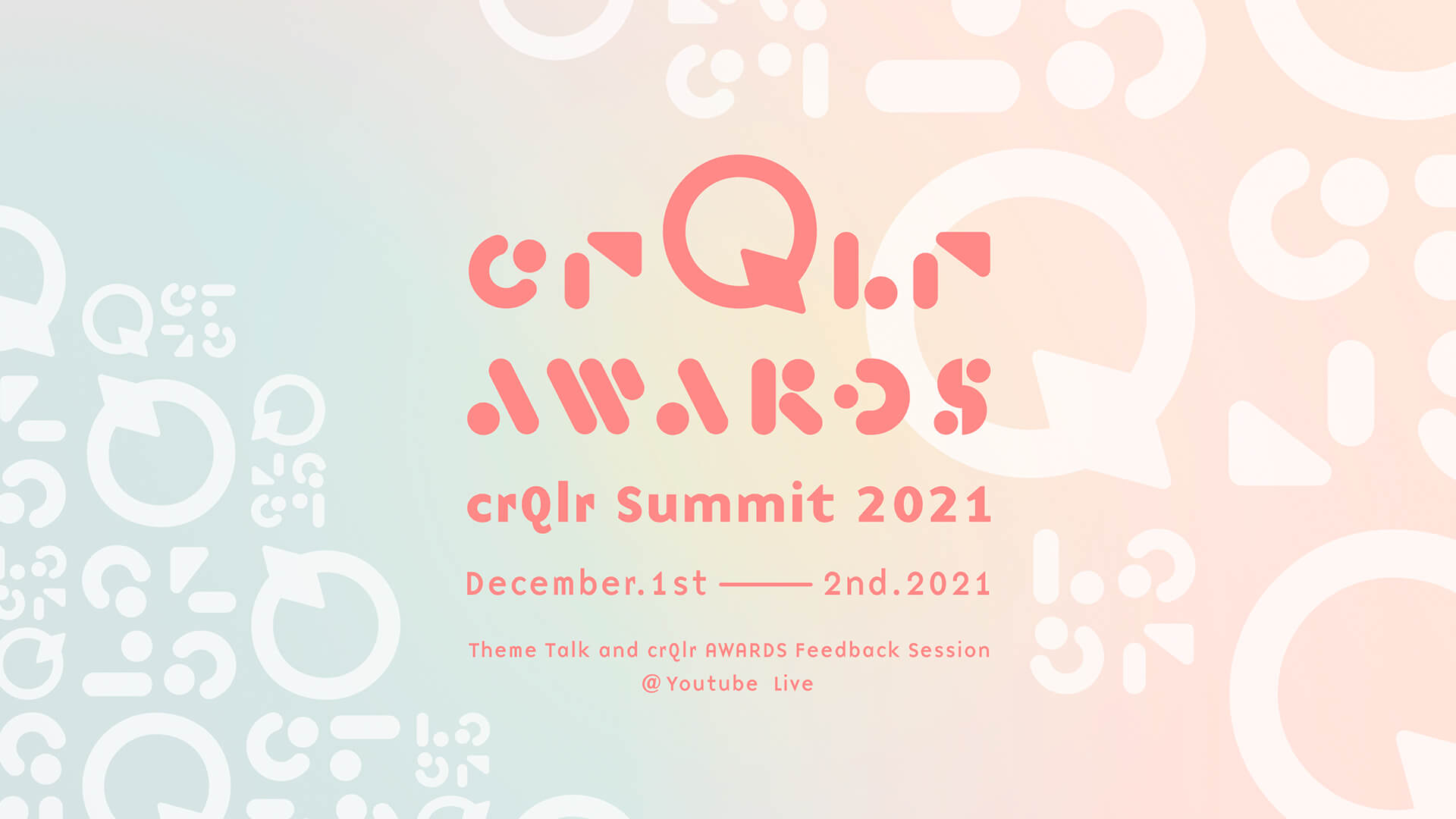
循環型経済をデザインするグローバル・アワード 「crQlr Awards(サーキュラー・アワード)」の審査員や受賞者が集うディスカッションイベントを開催!
サーキュラー・エコノミーに関わる第一線のゲストや参加者と繋がる機会として、ぜひご視聴・ご参加ください。
サーキュラーデザインを一緒にはじめてみませんか? まずはこちらからどうぞ。
About crQlr / 2021 WINNERS / crQlr Awards / Practice / News / Who We Are / Contact